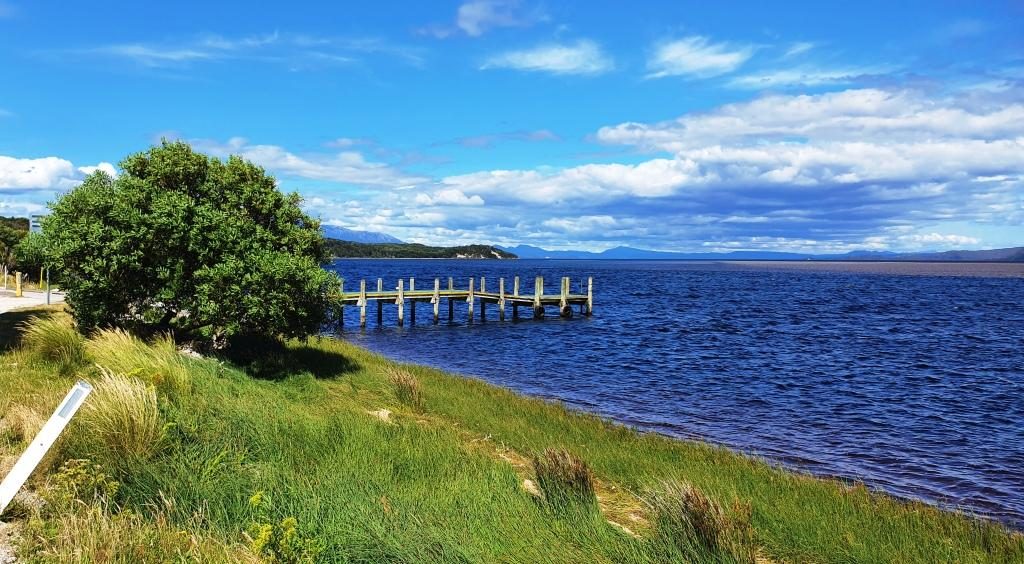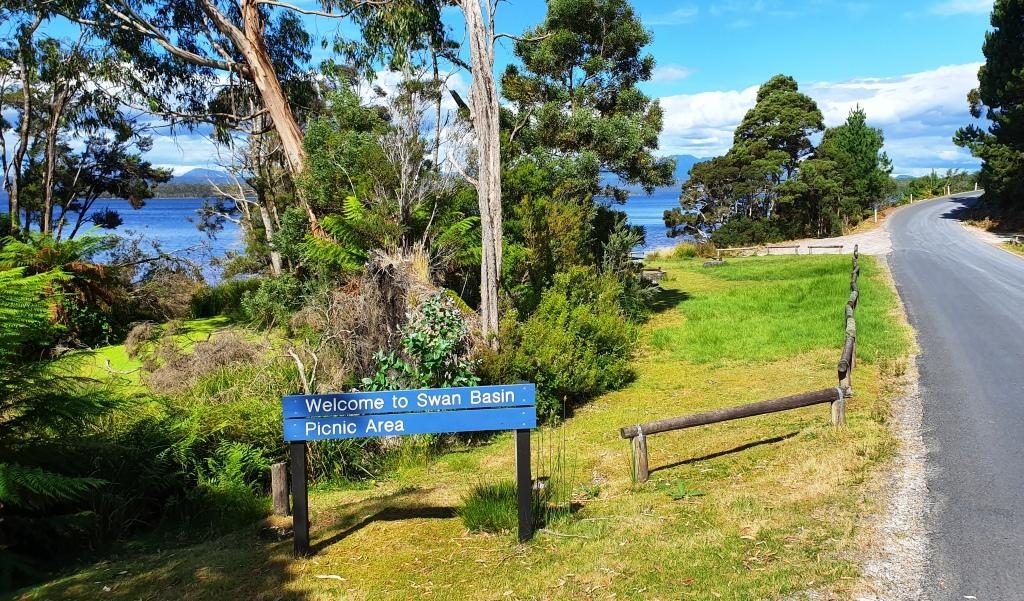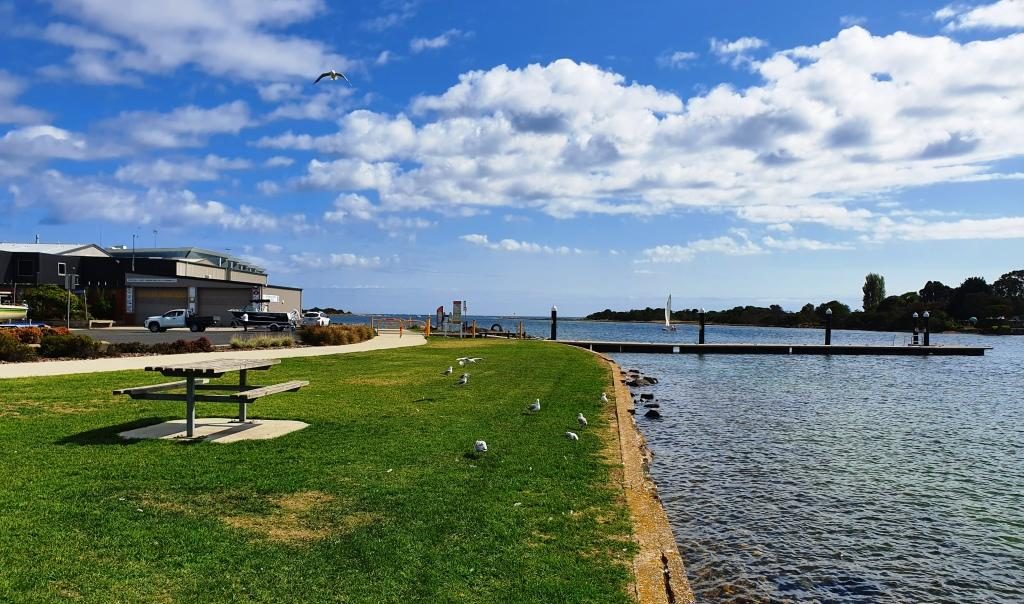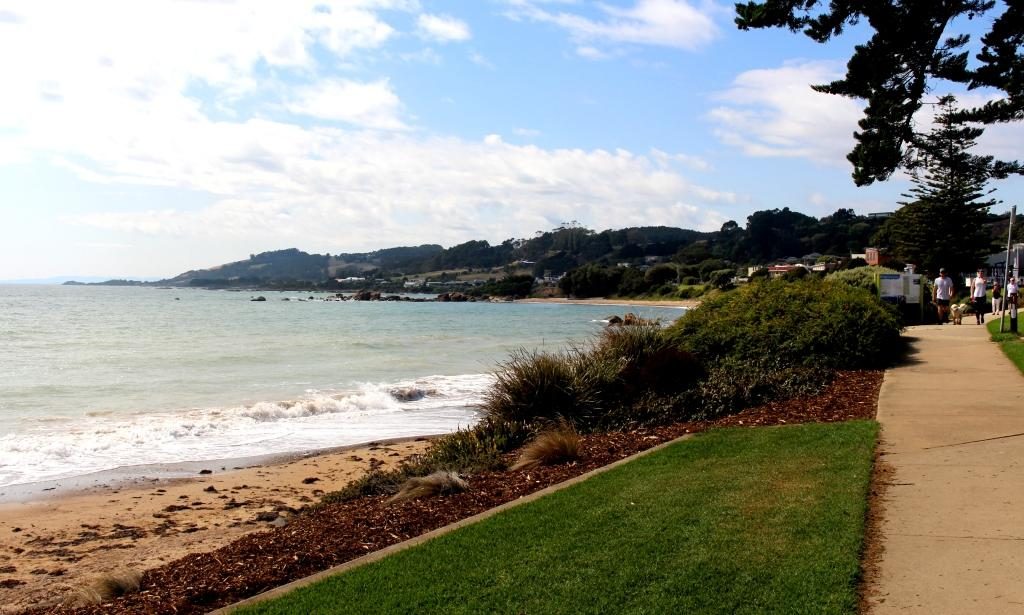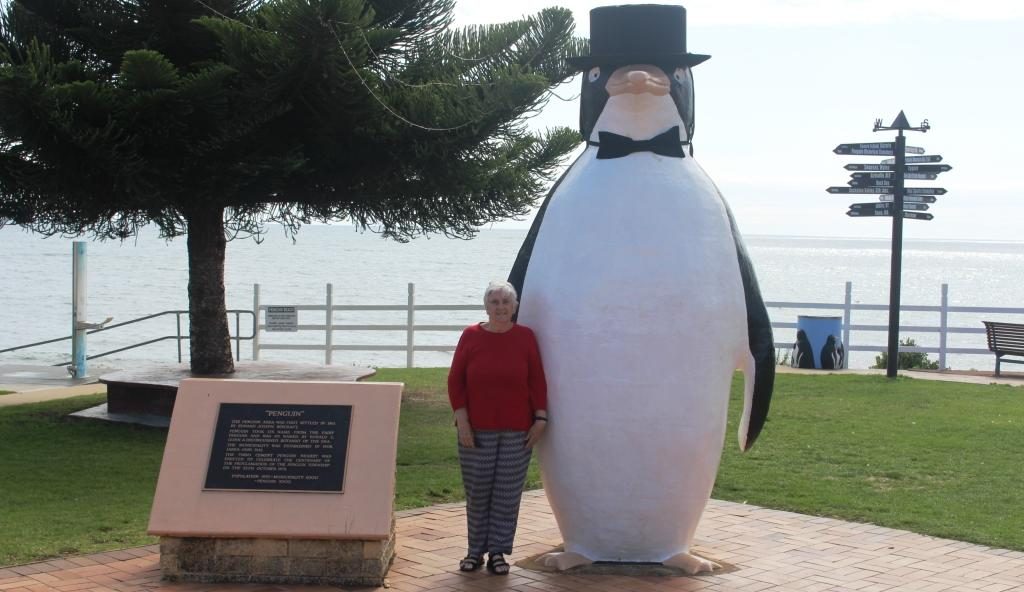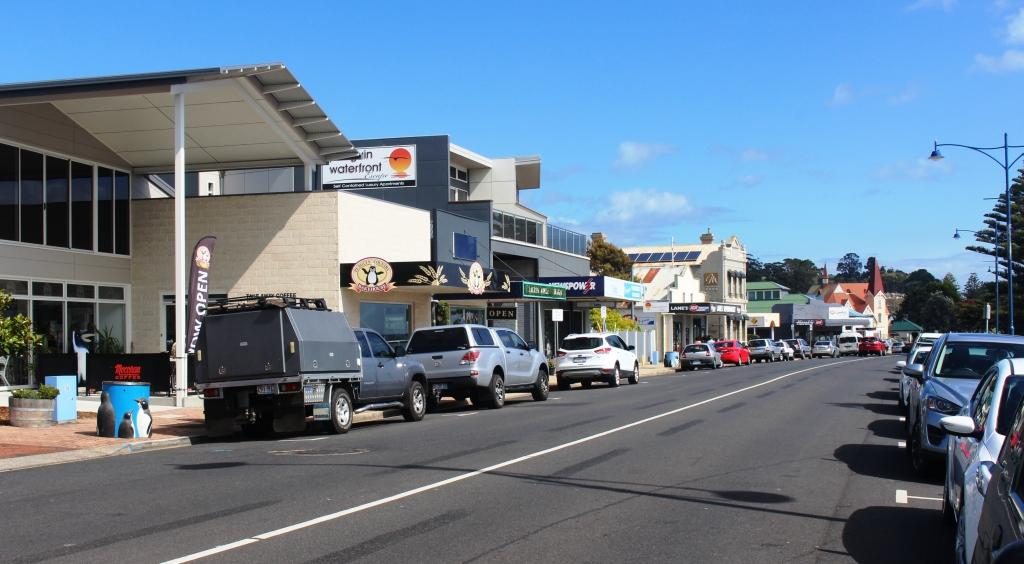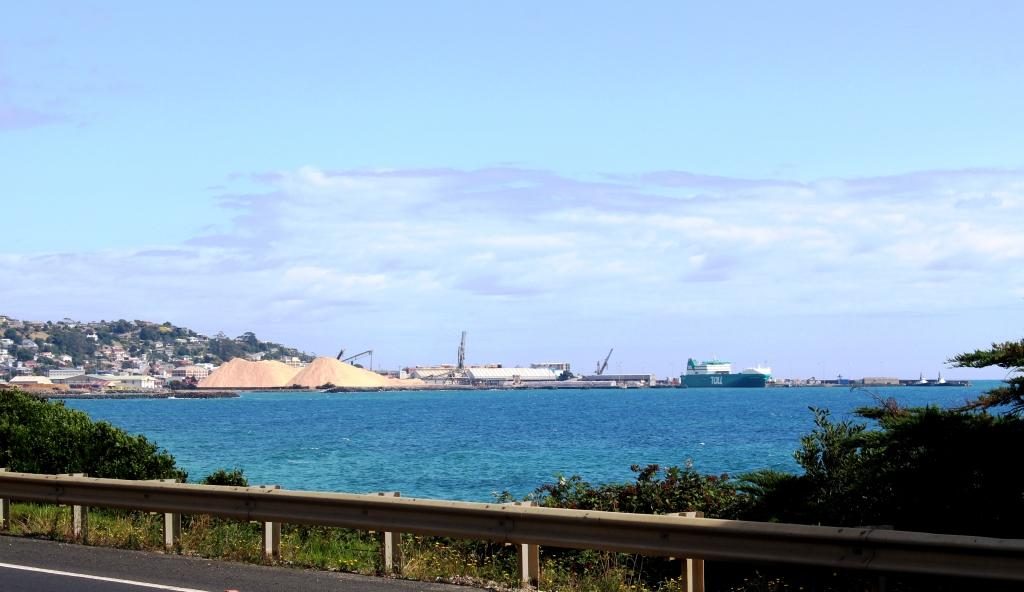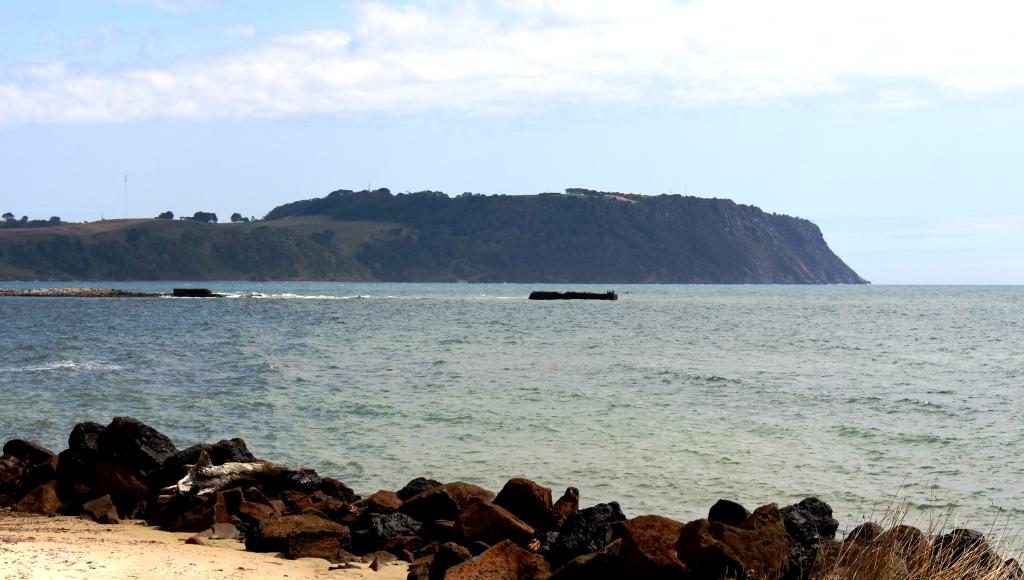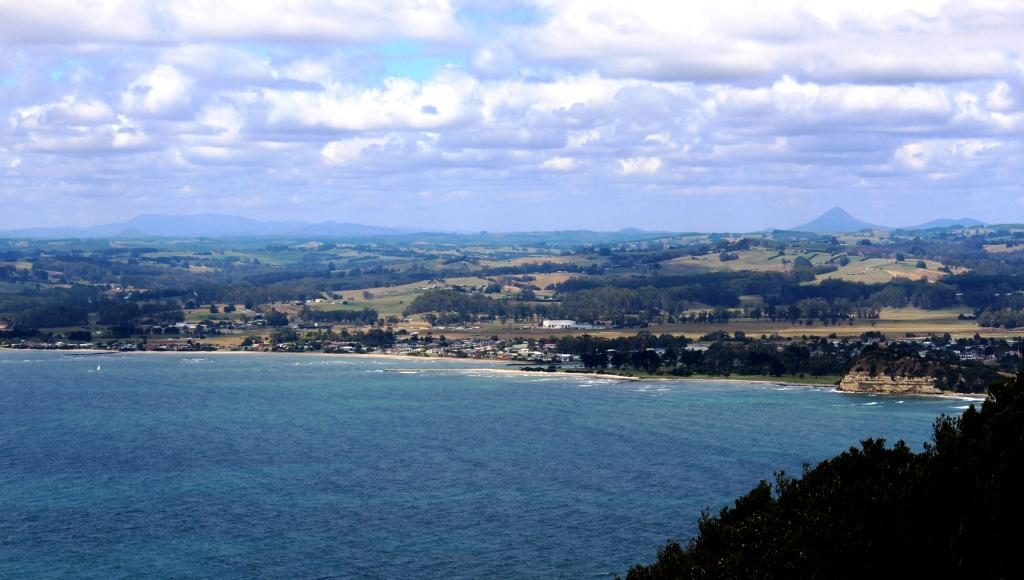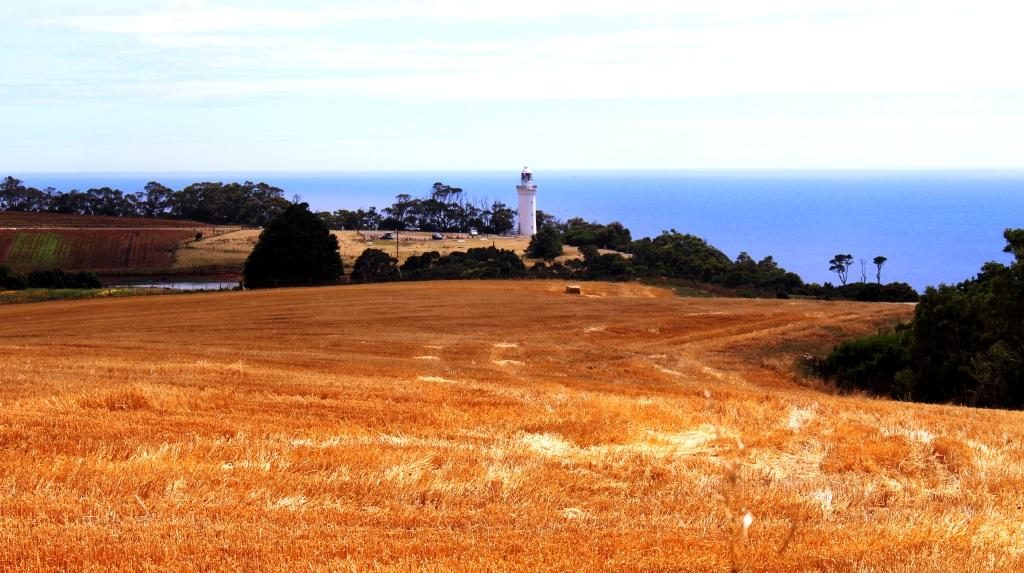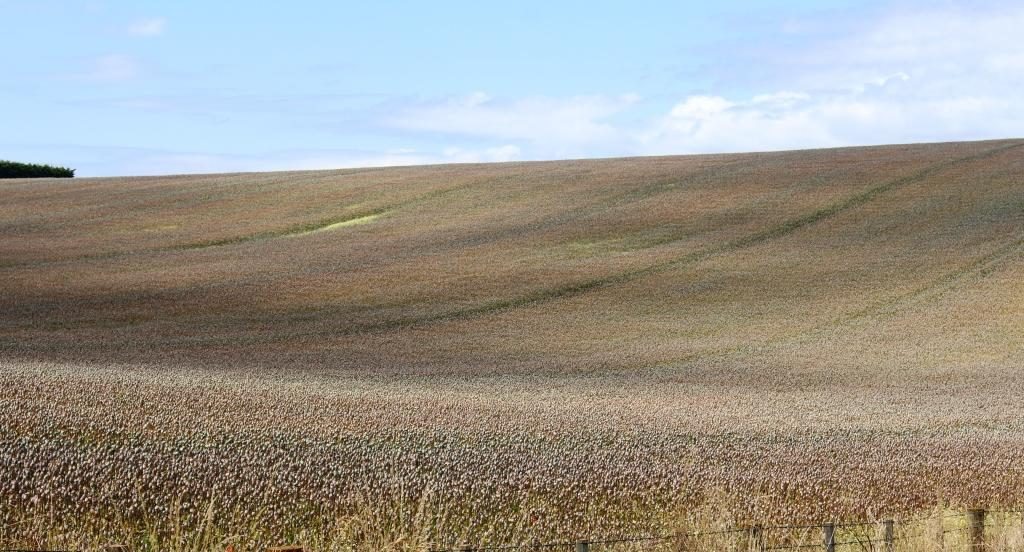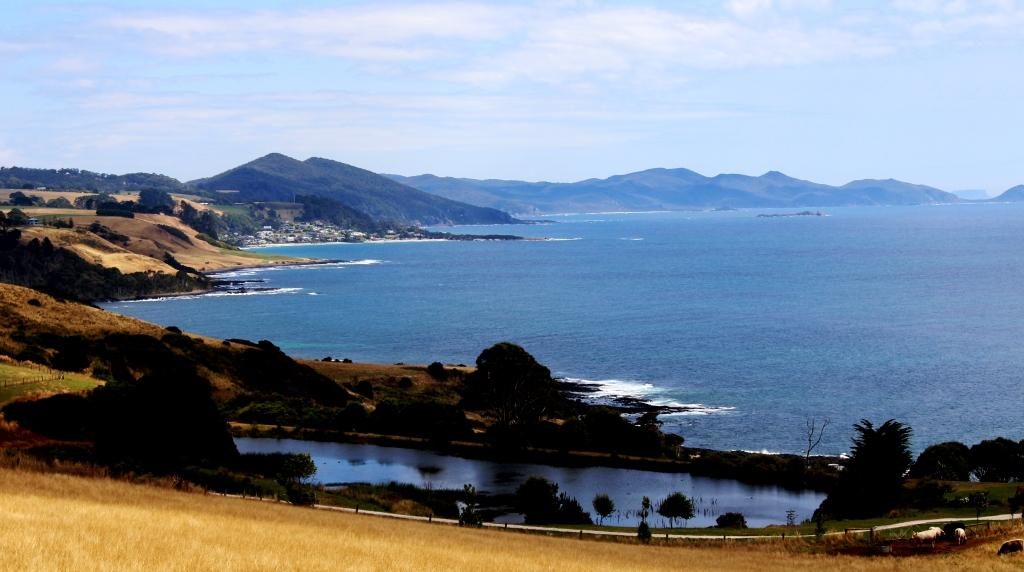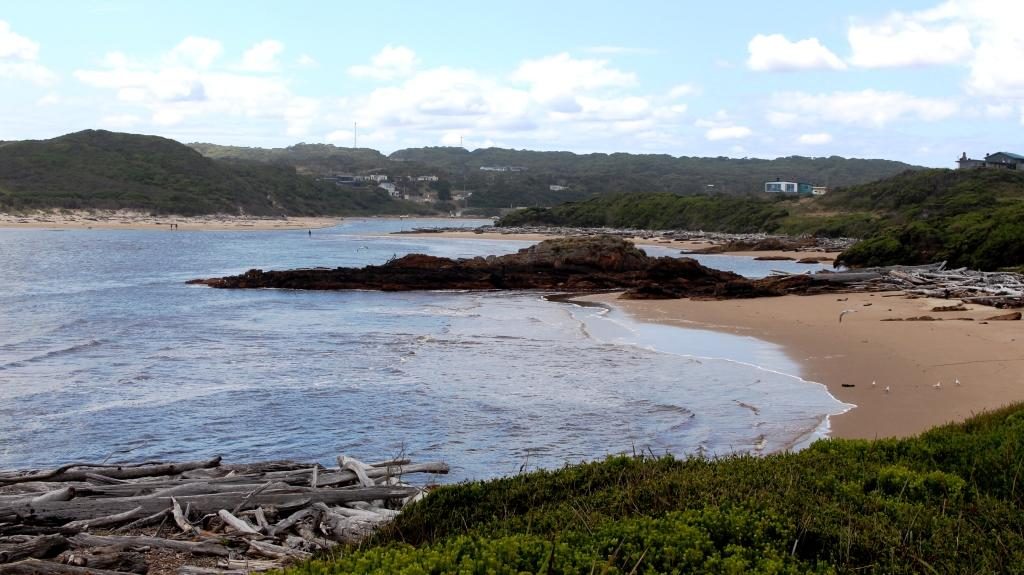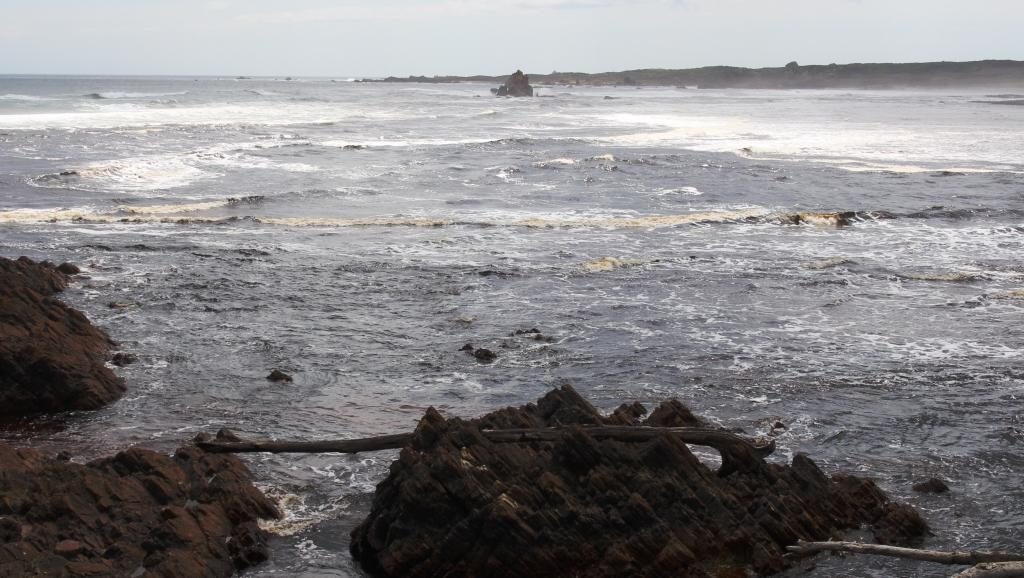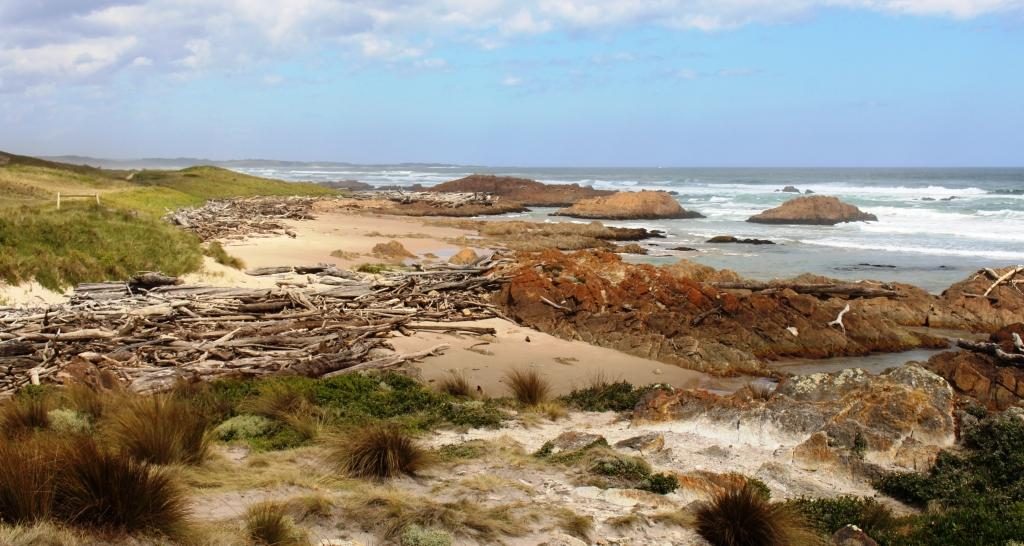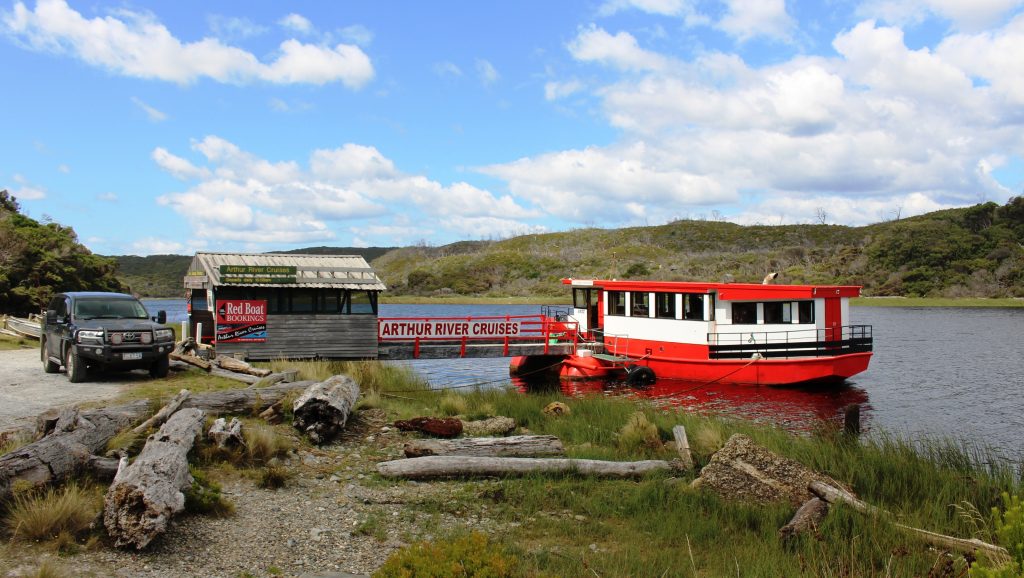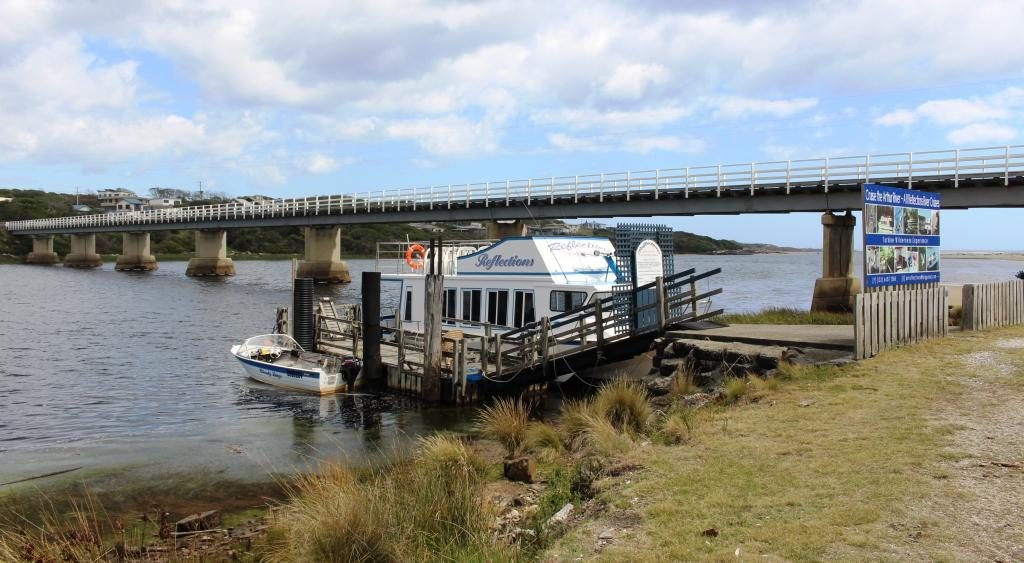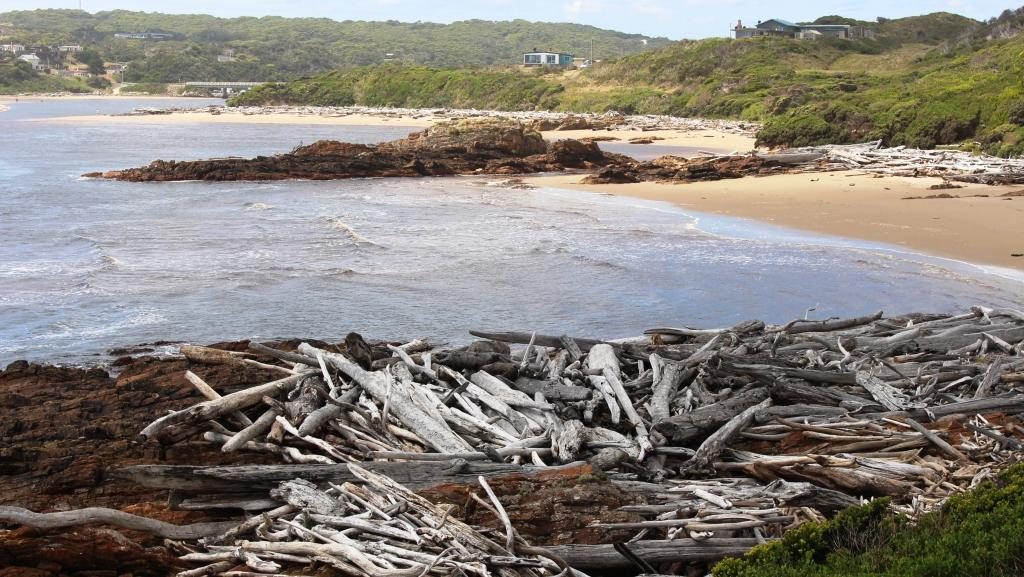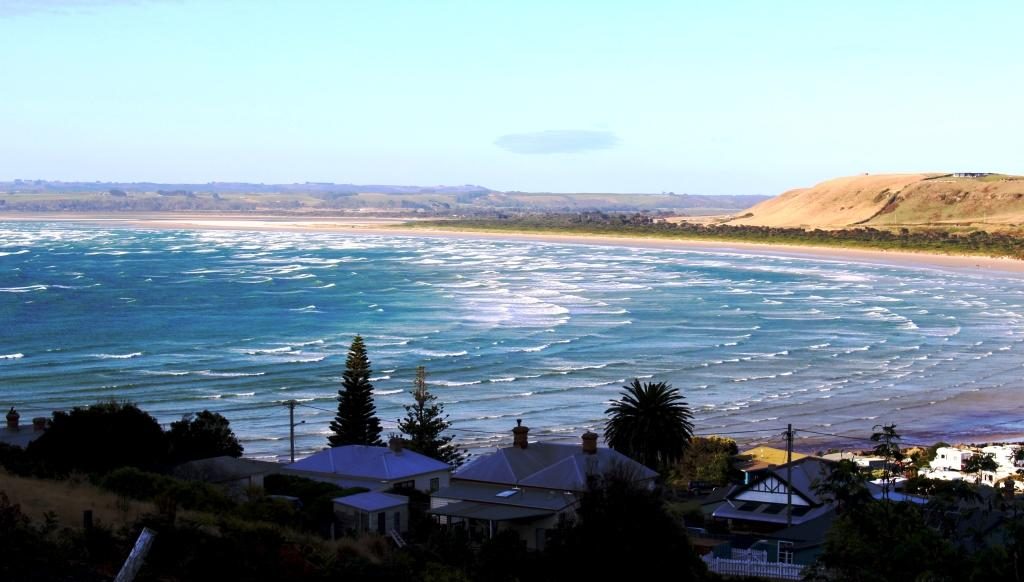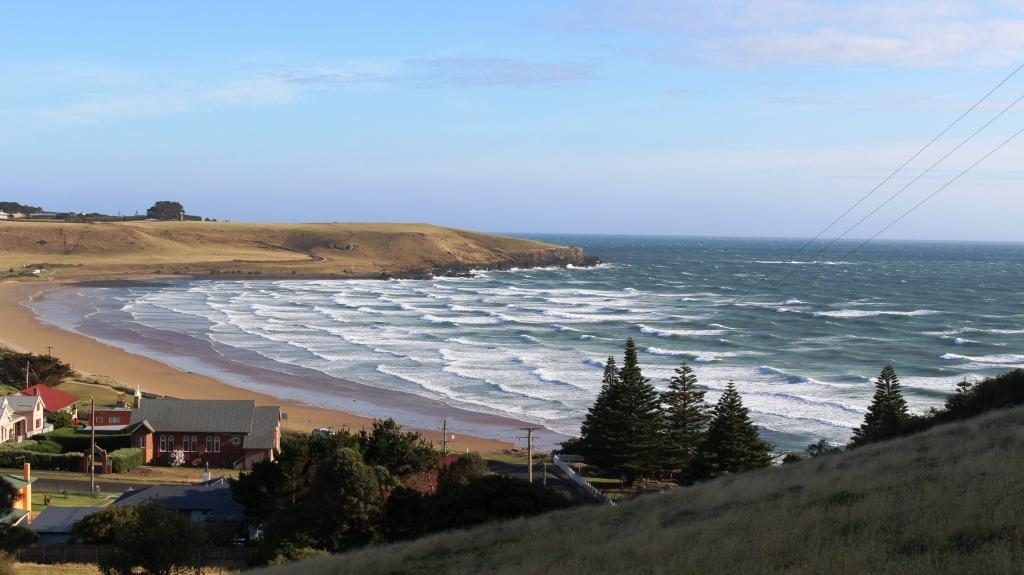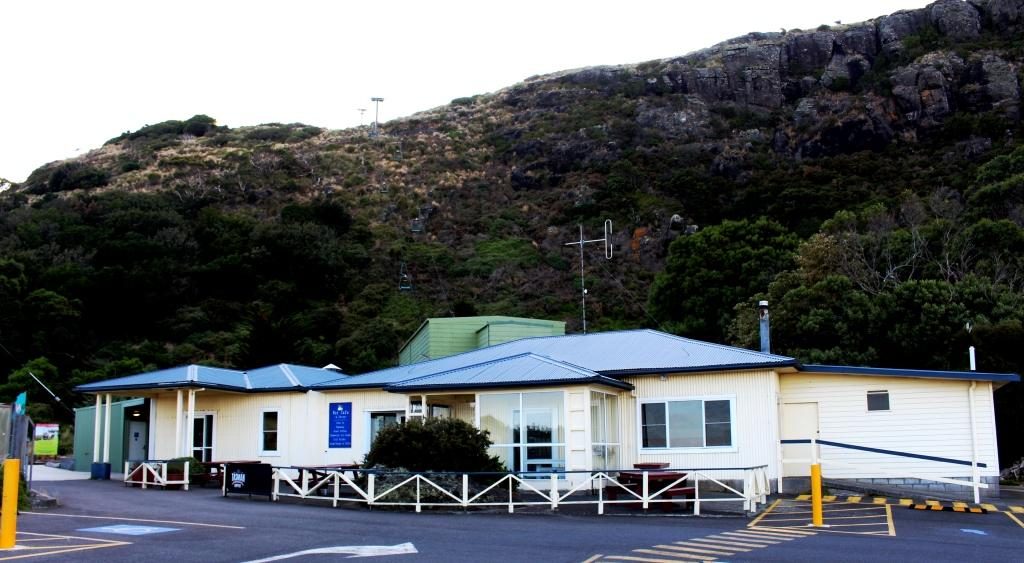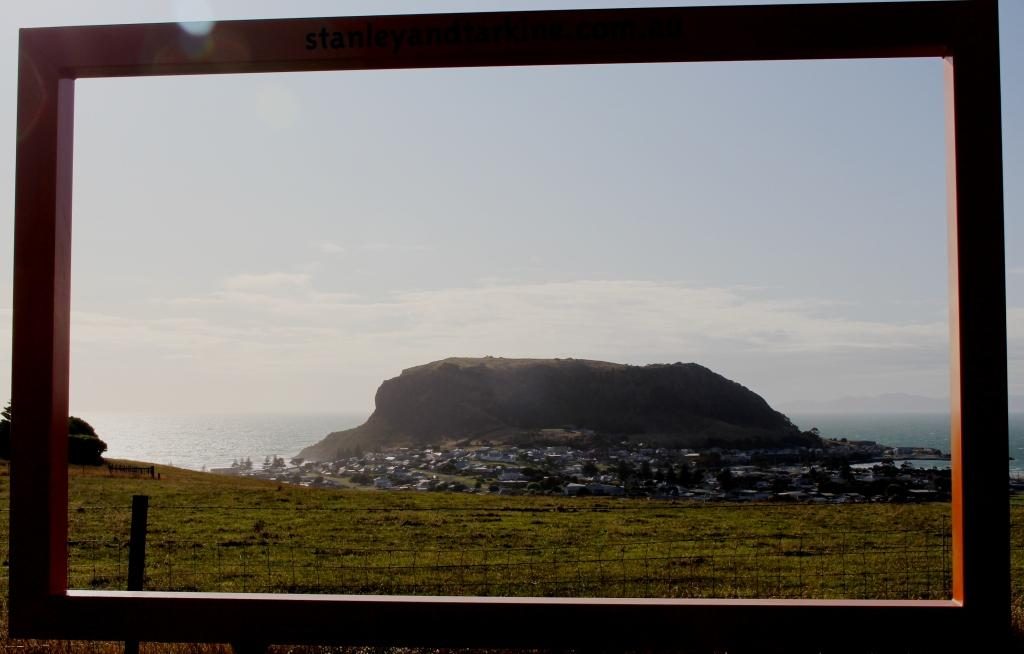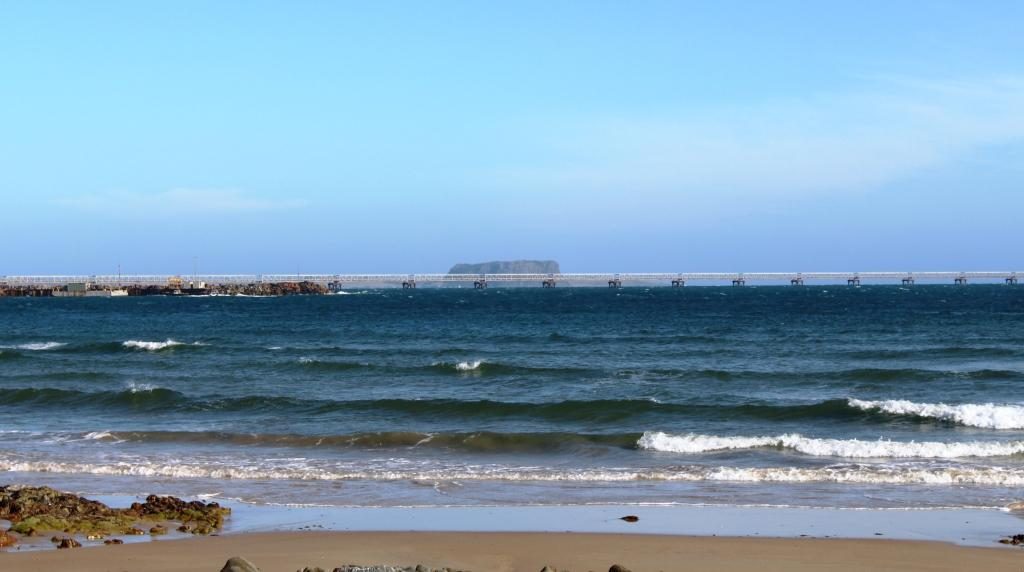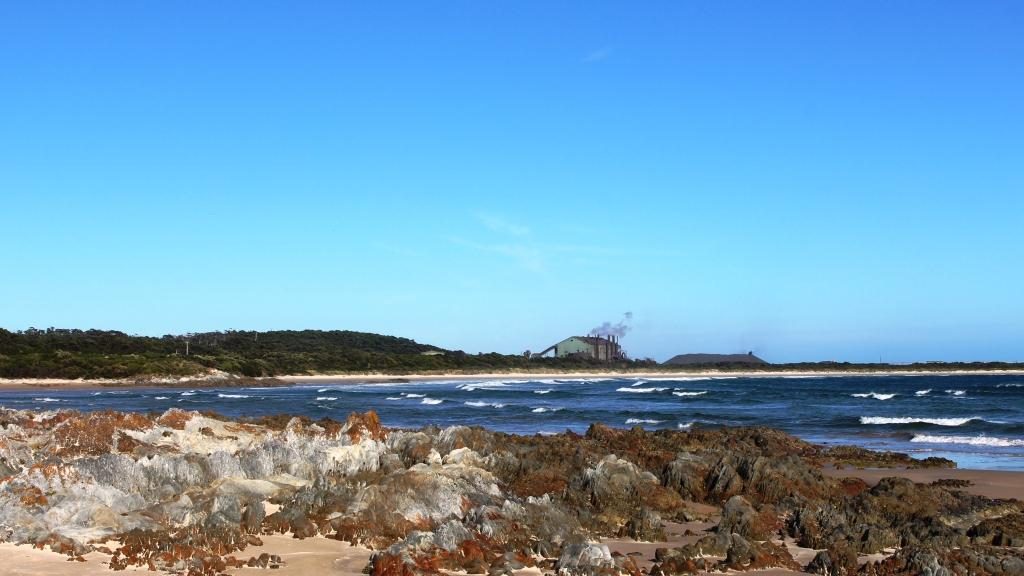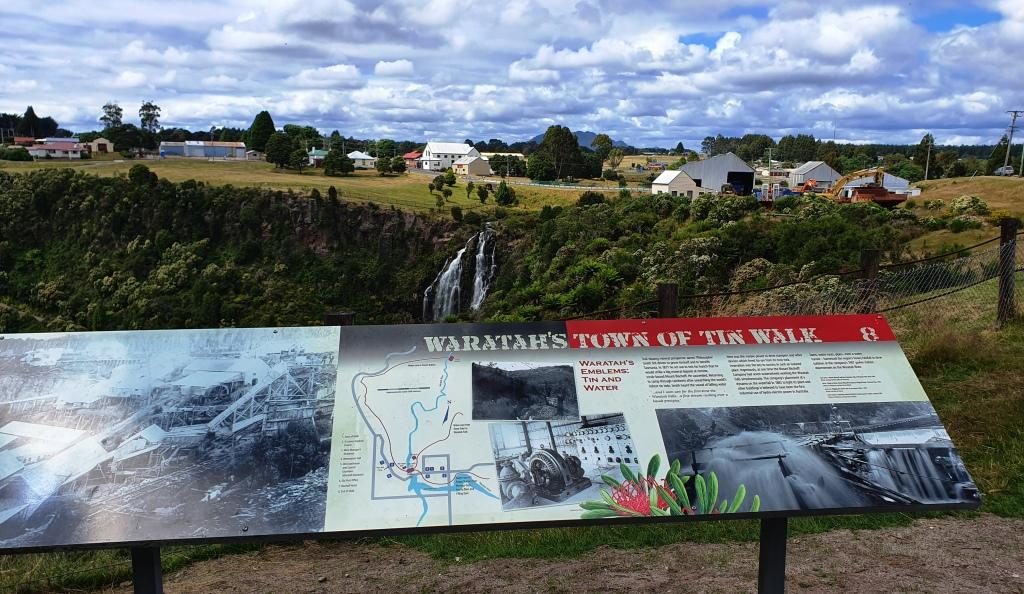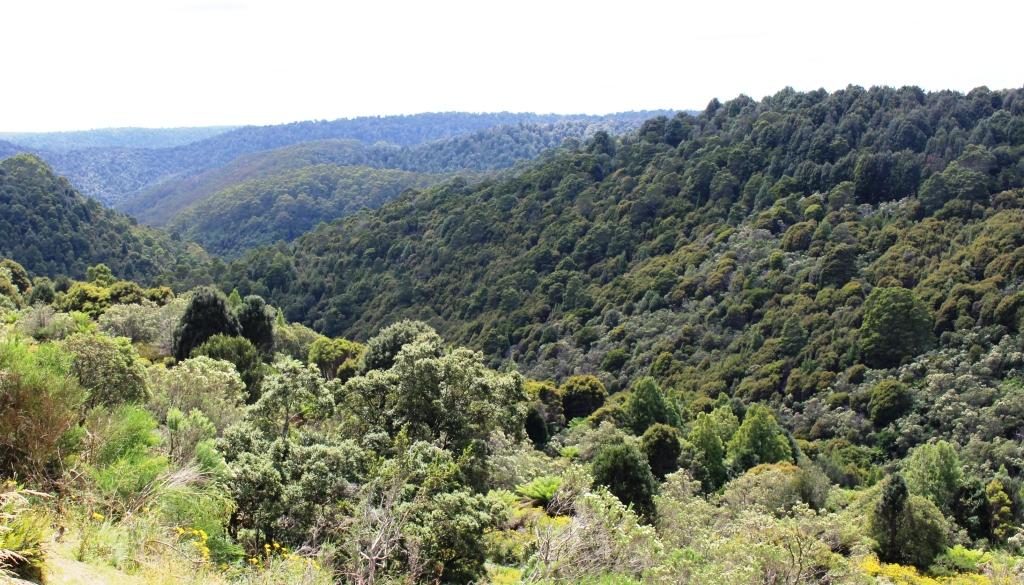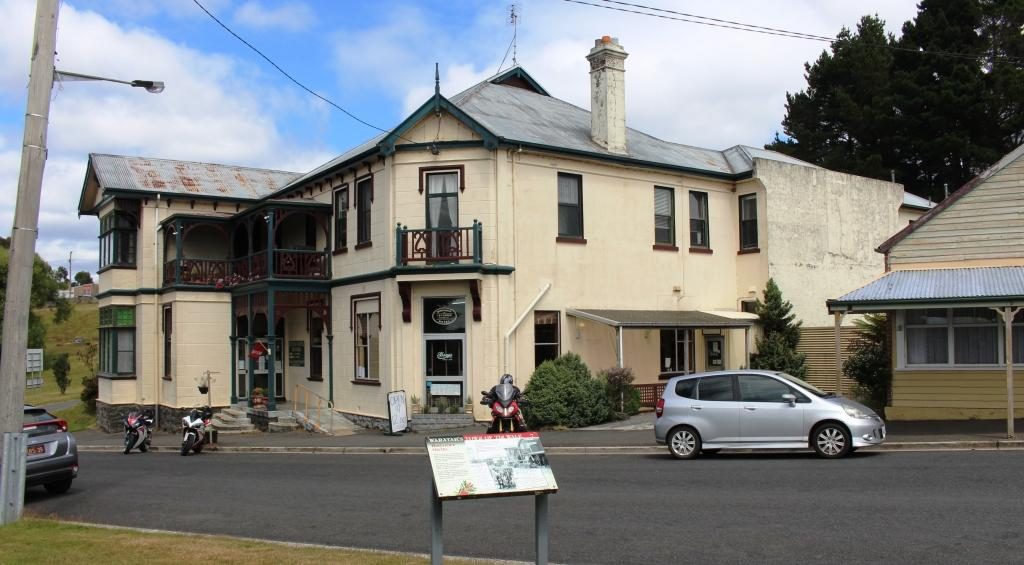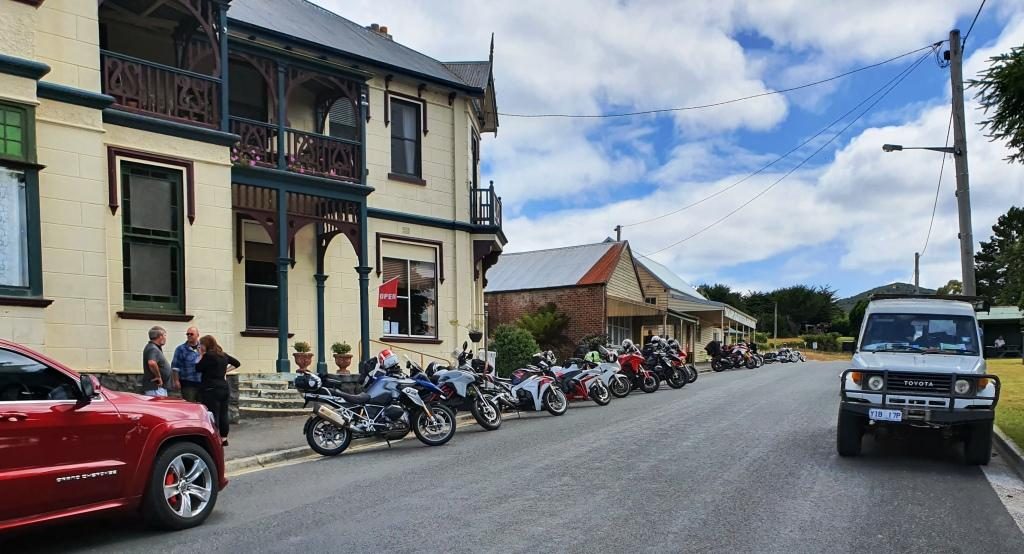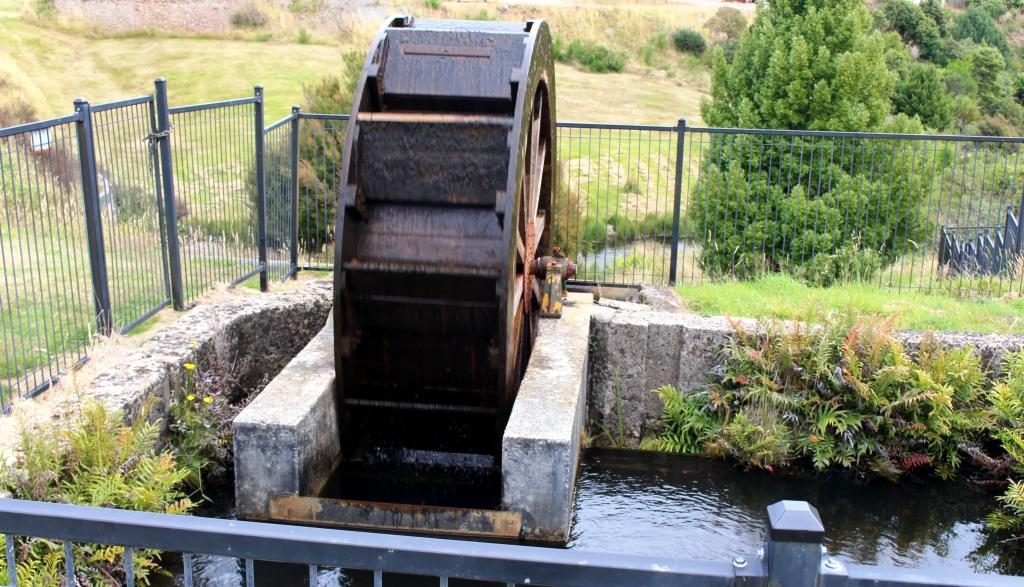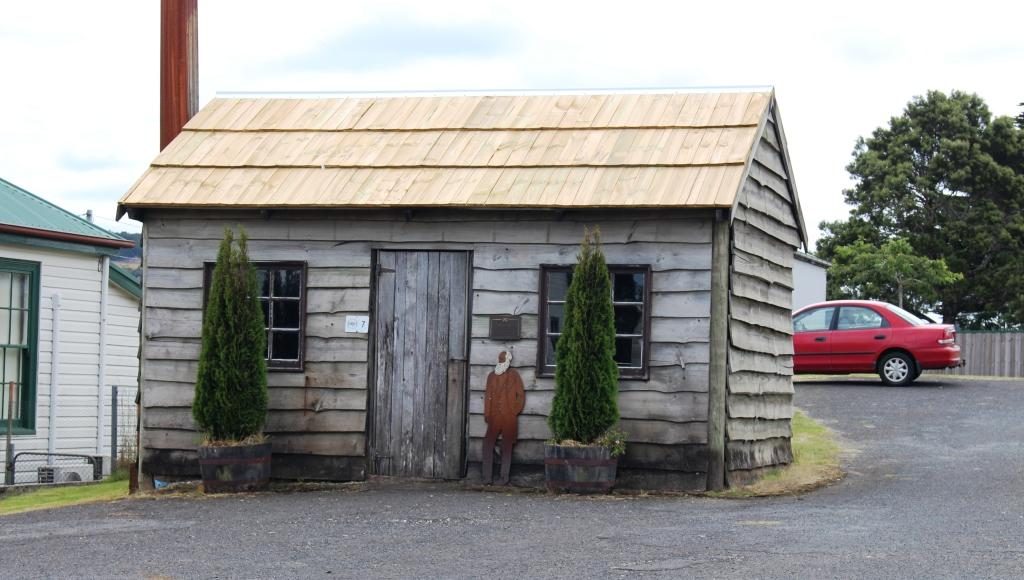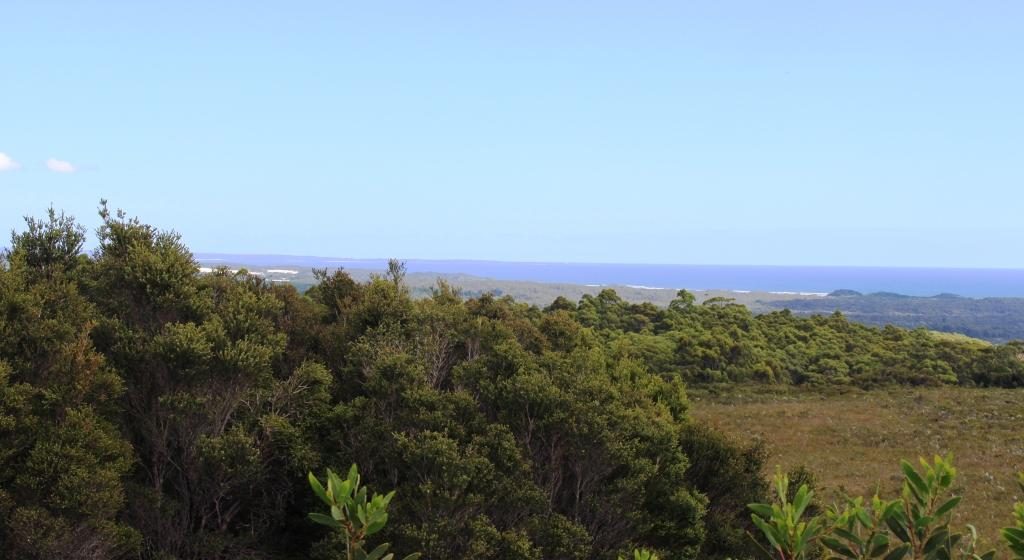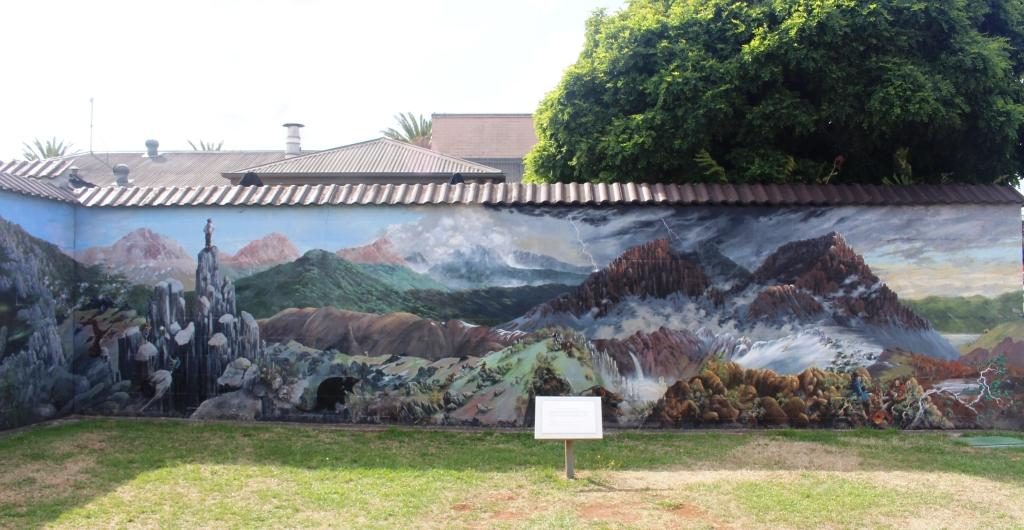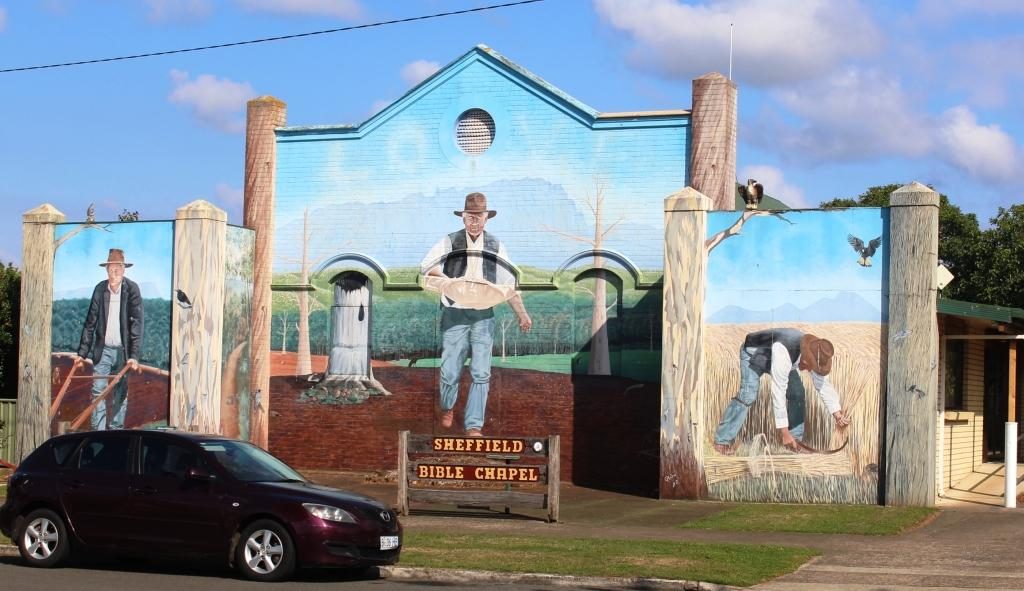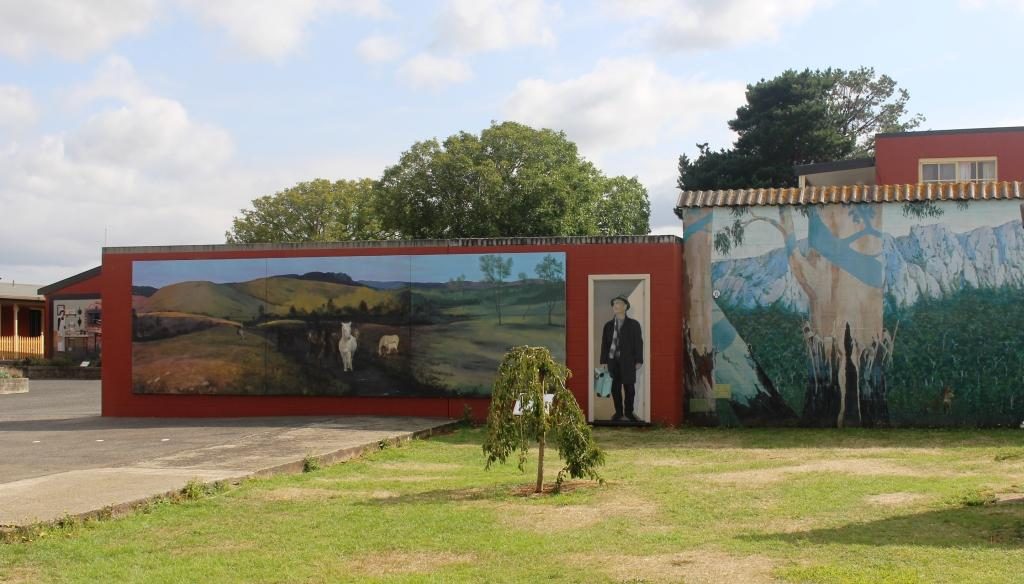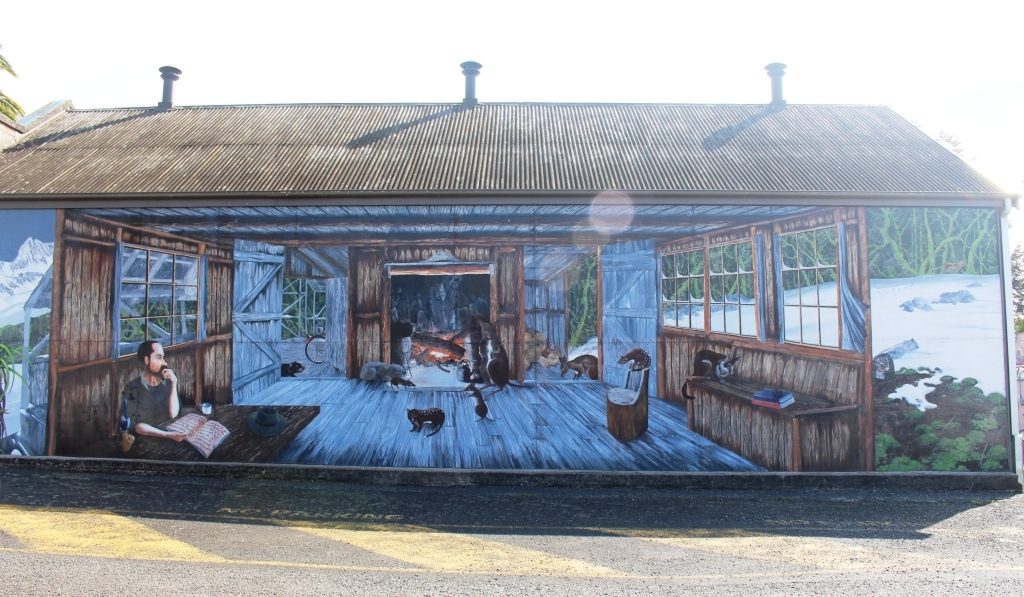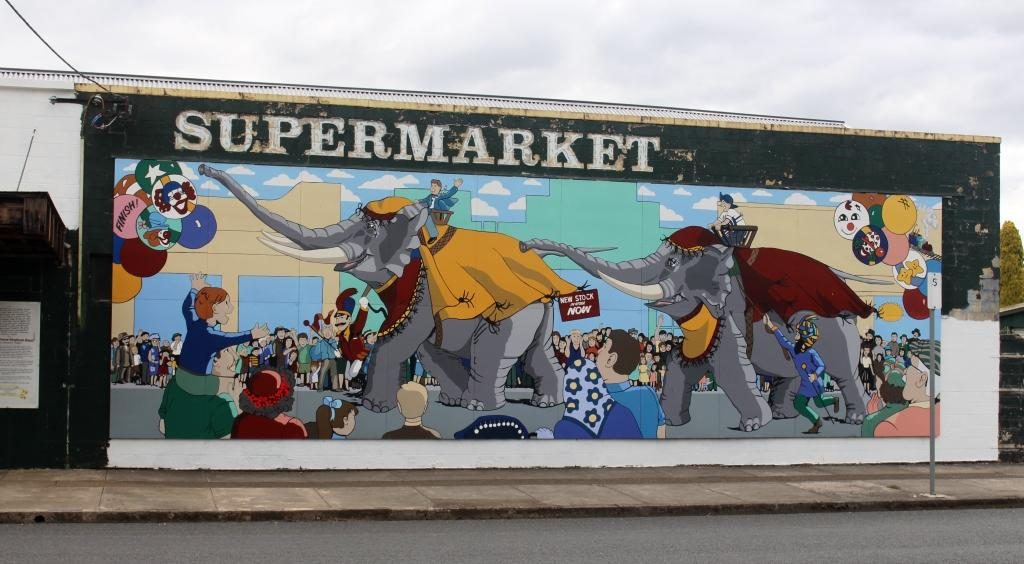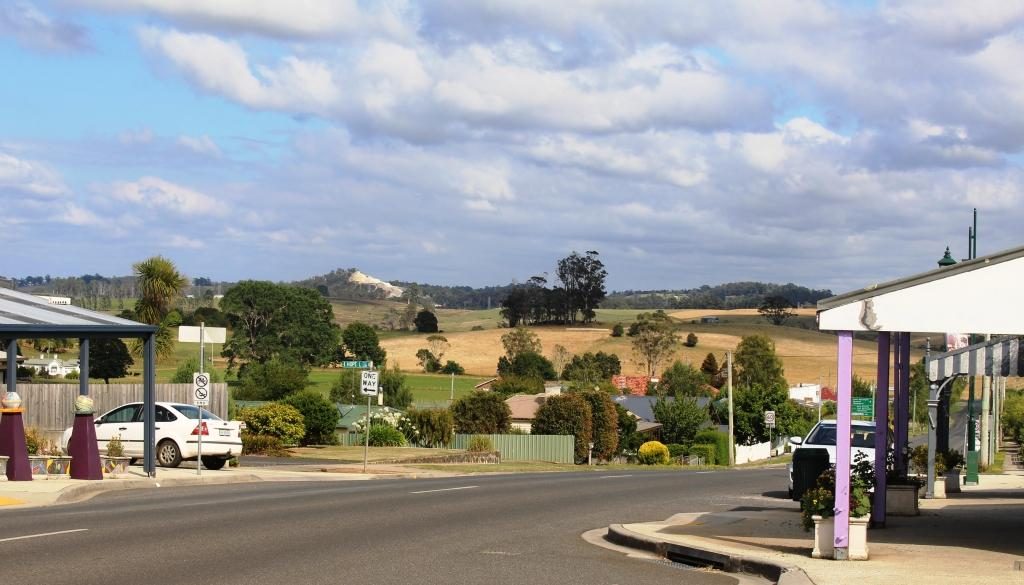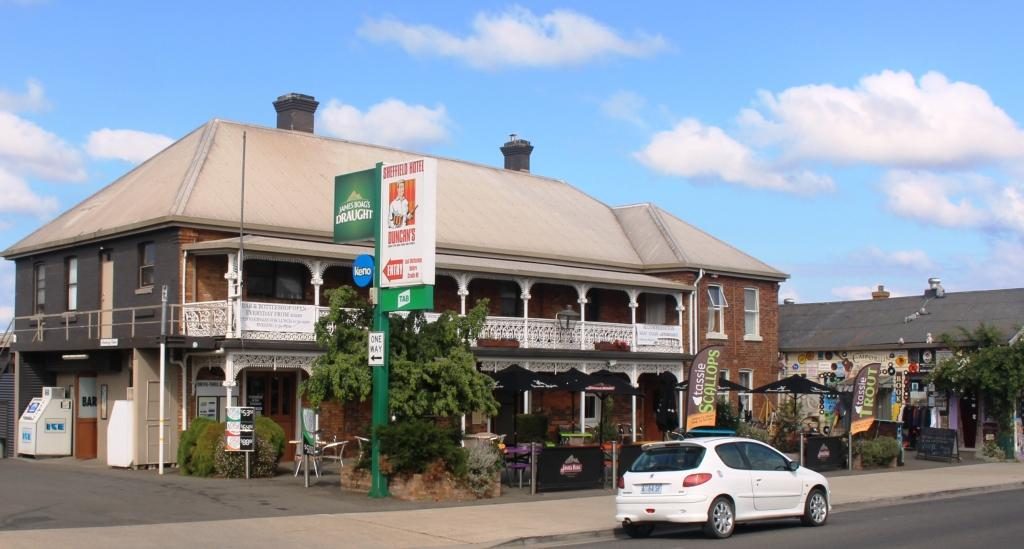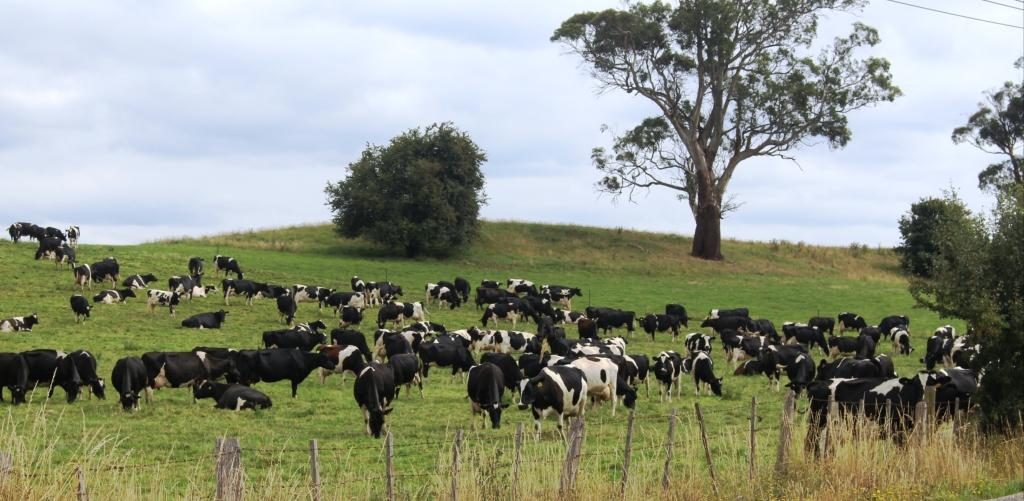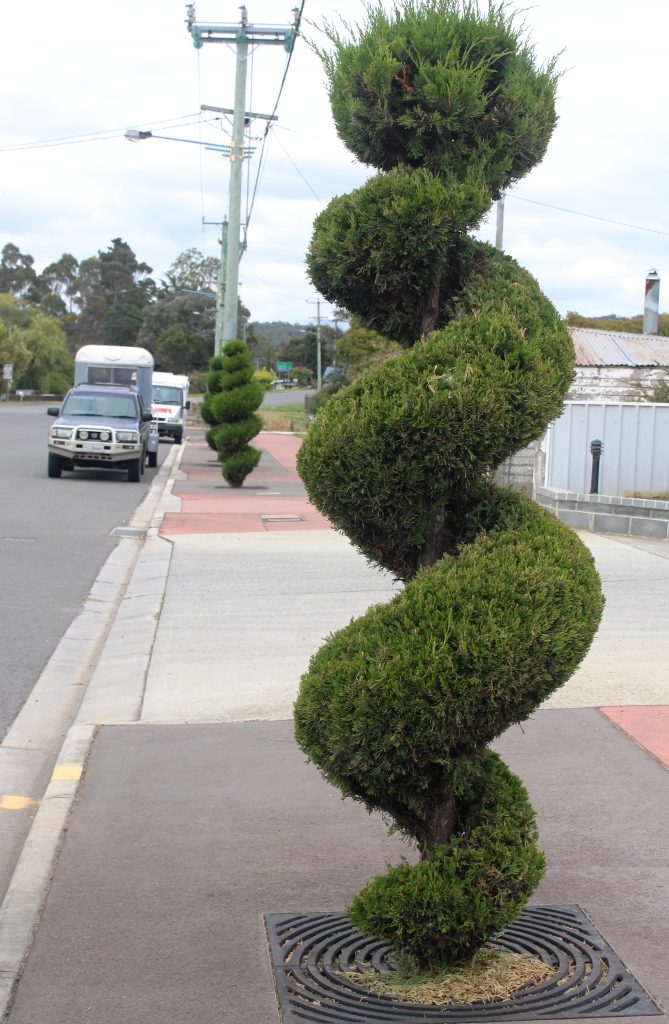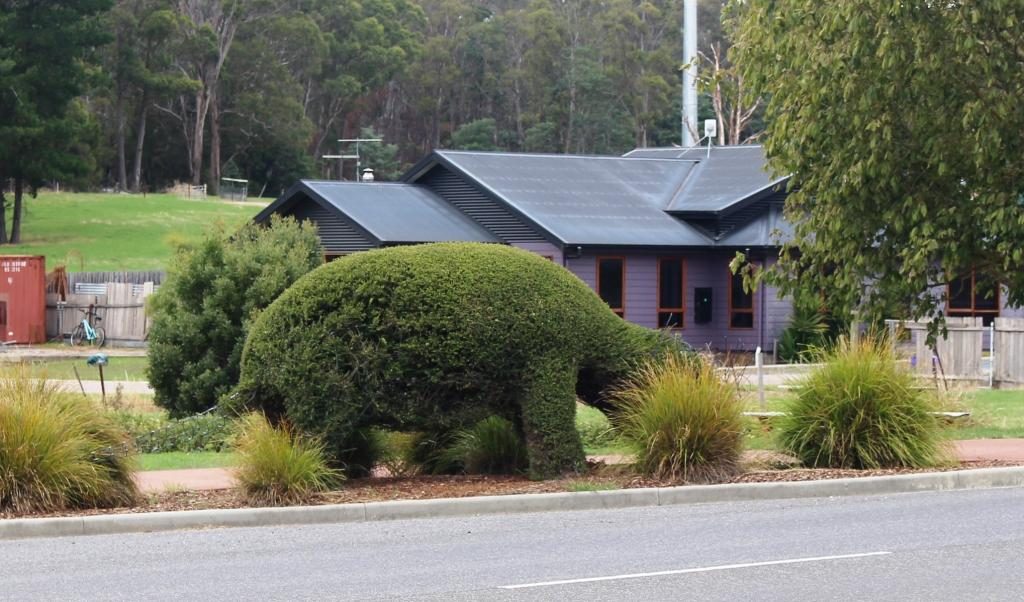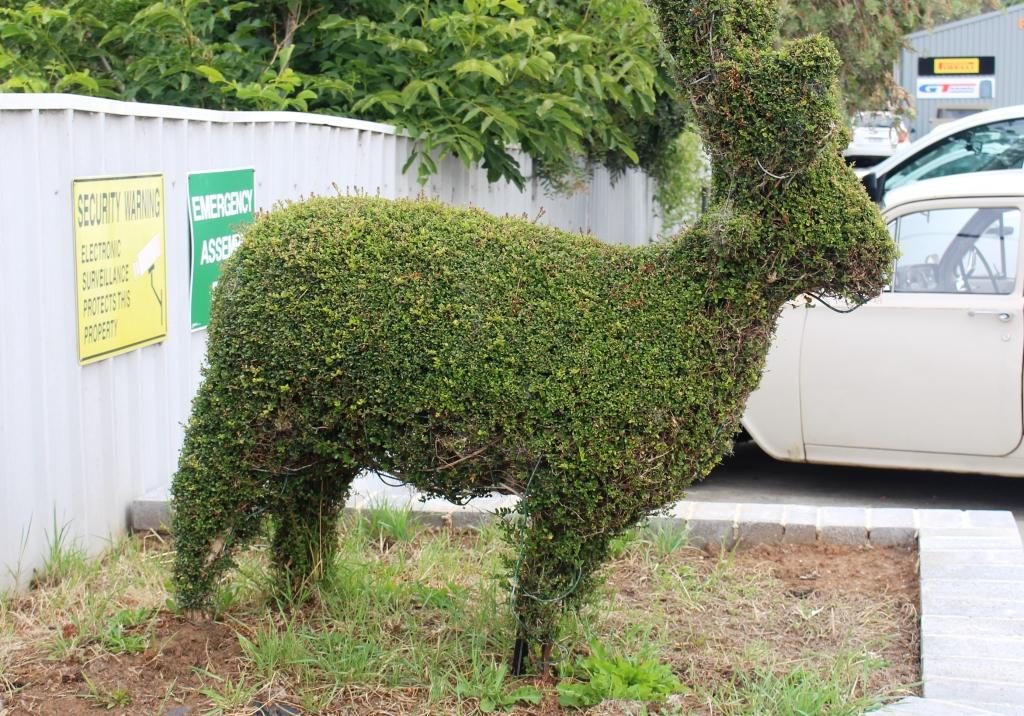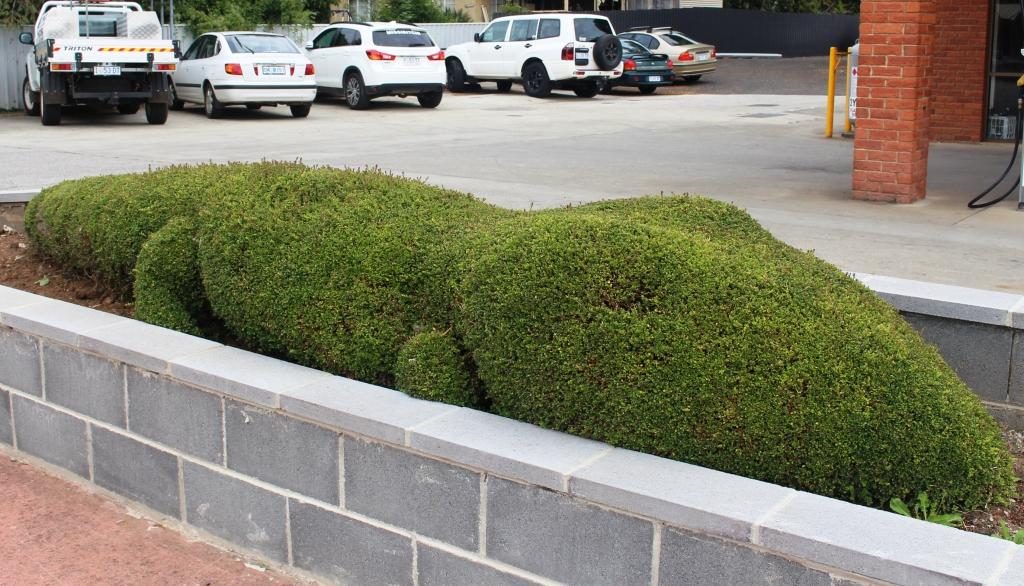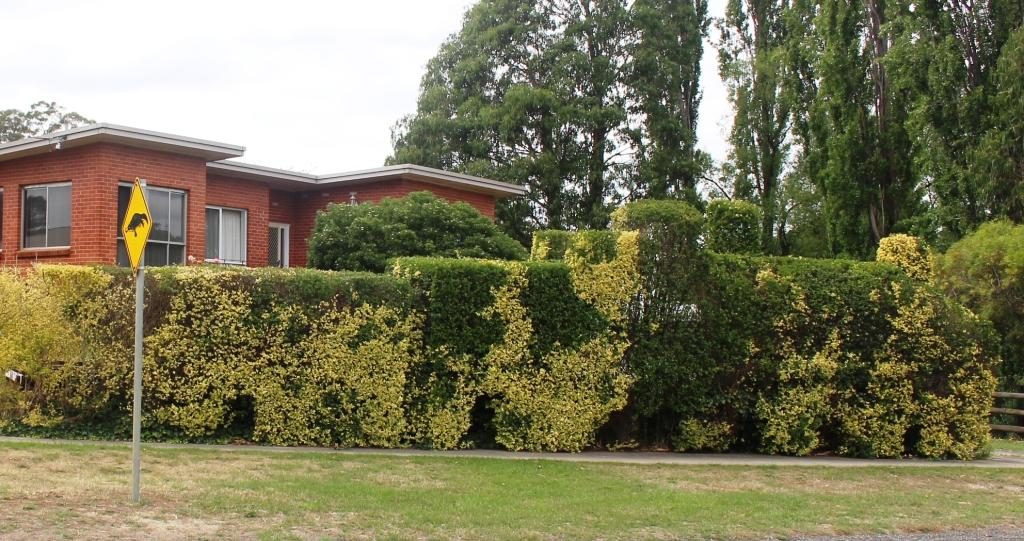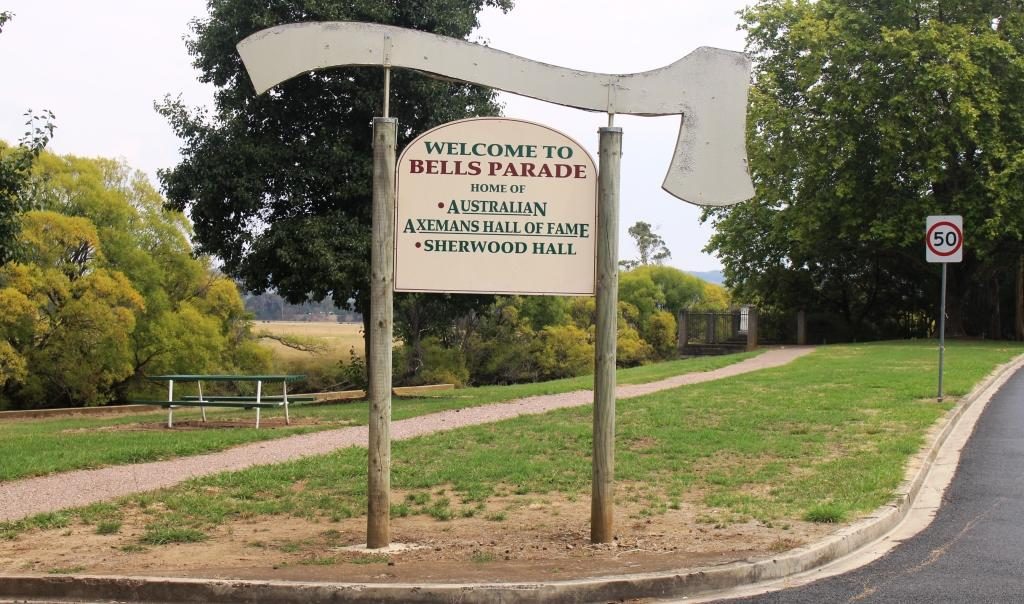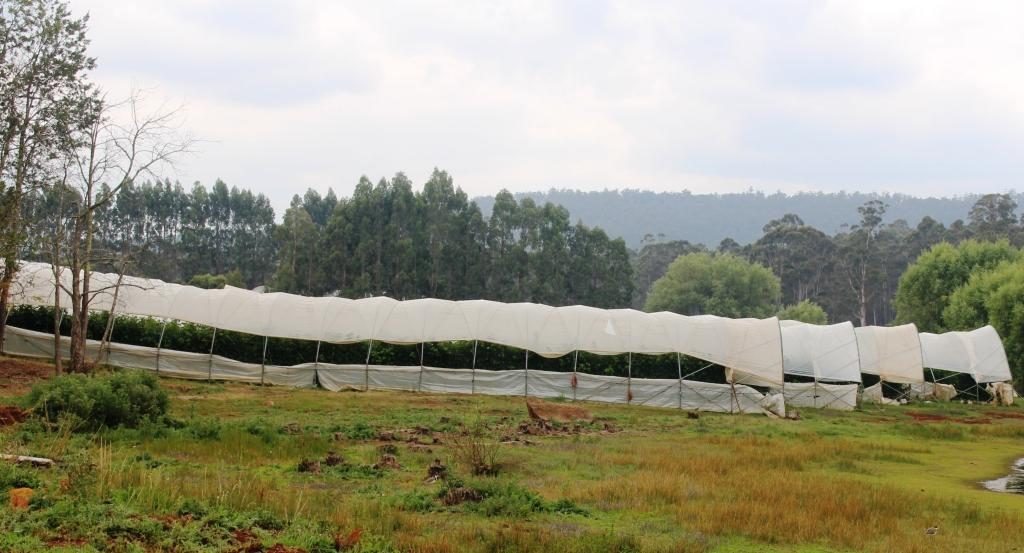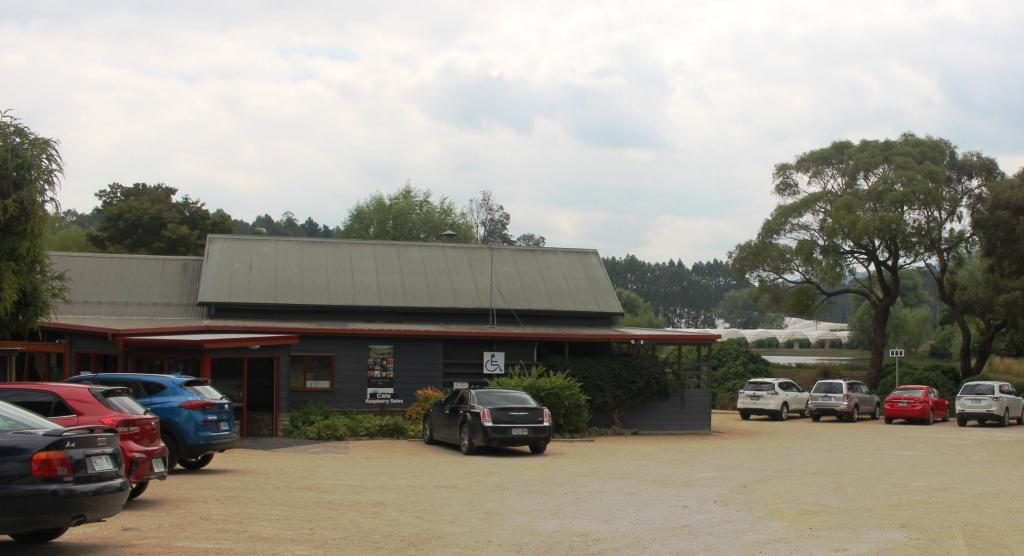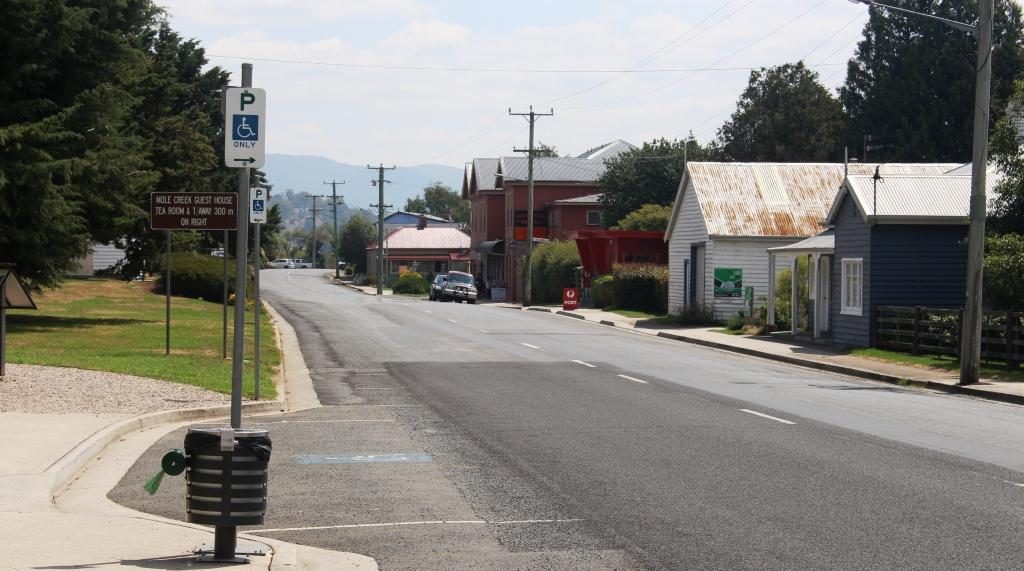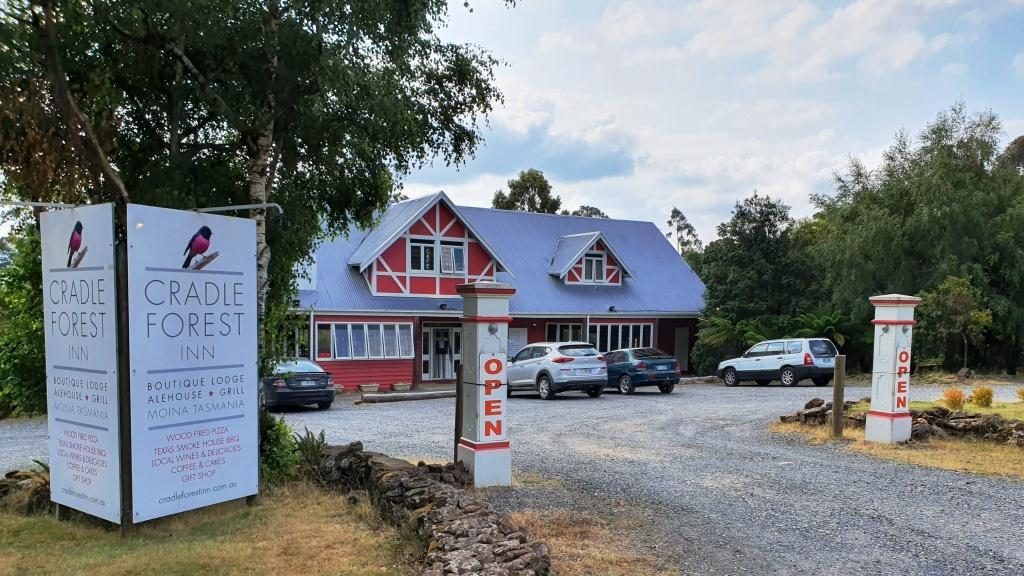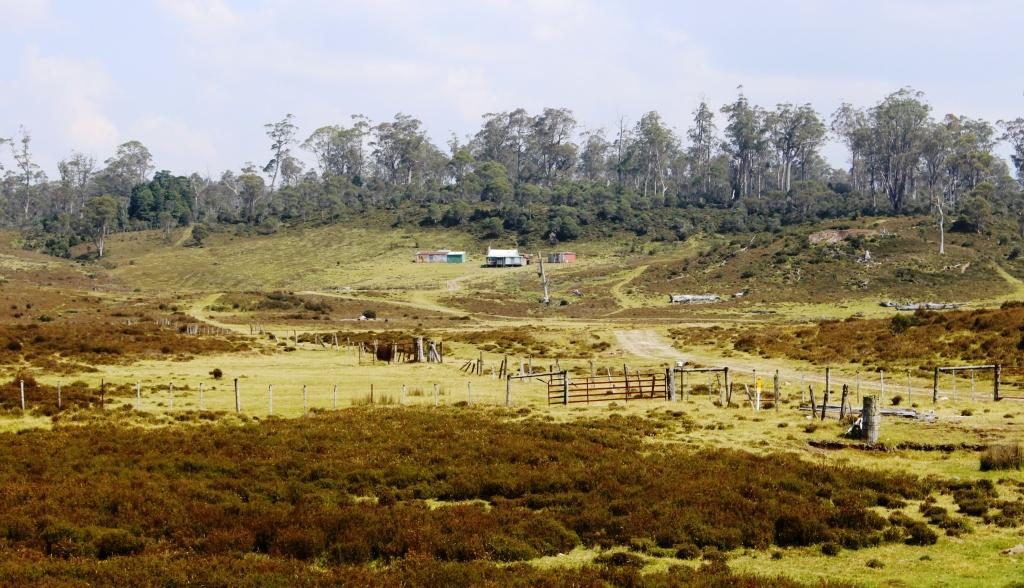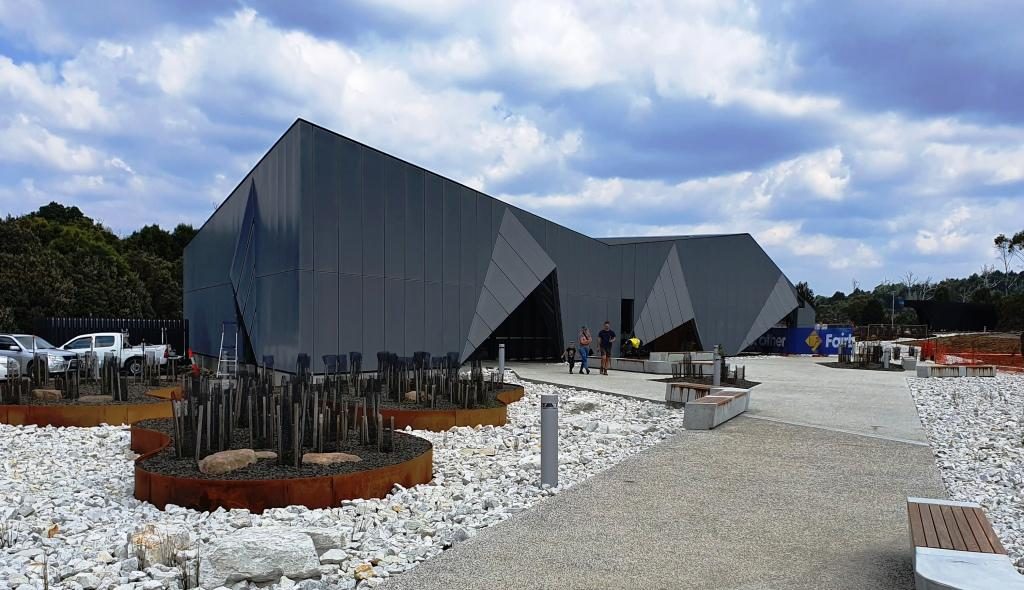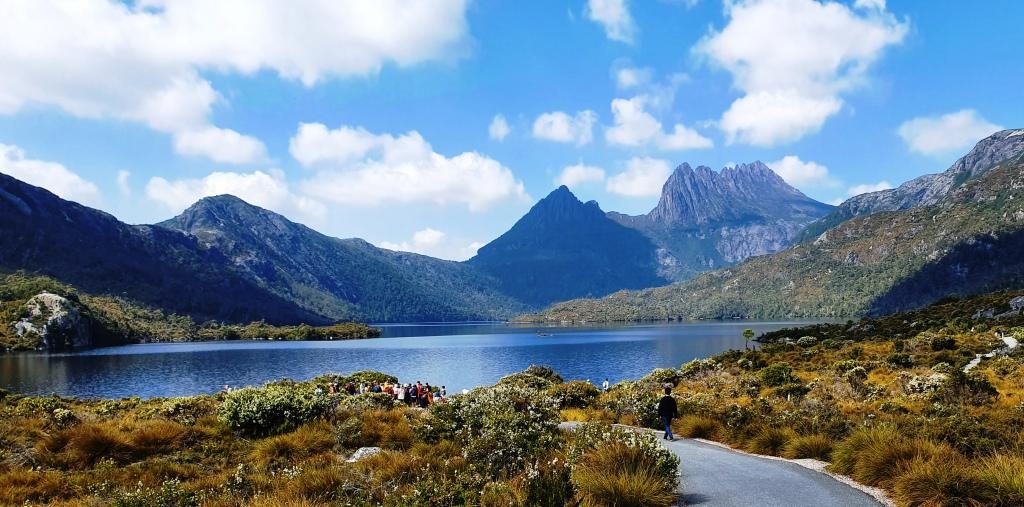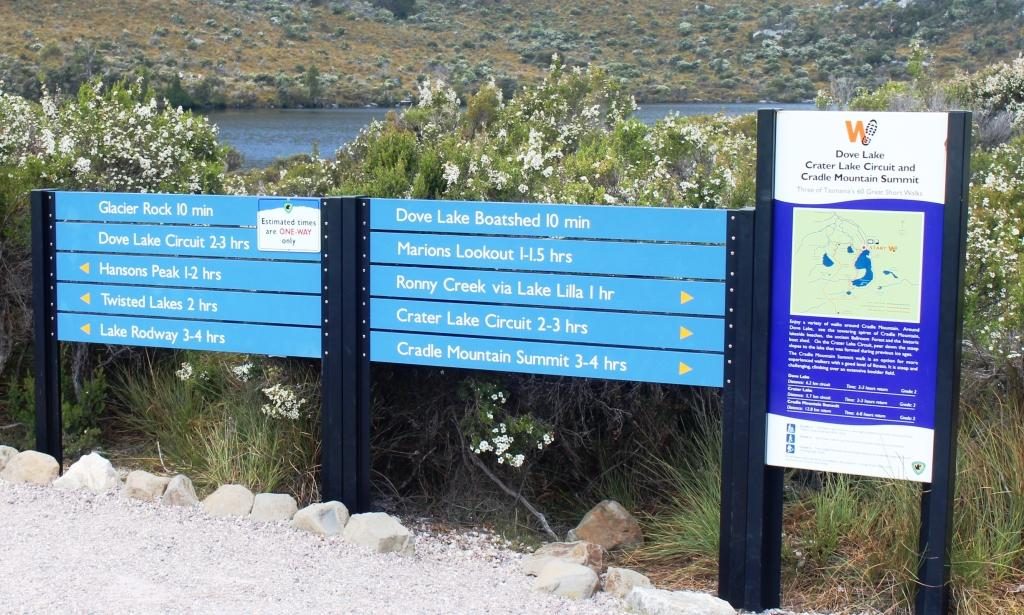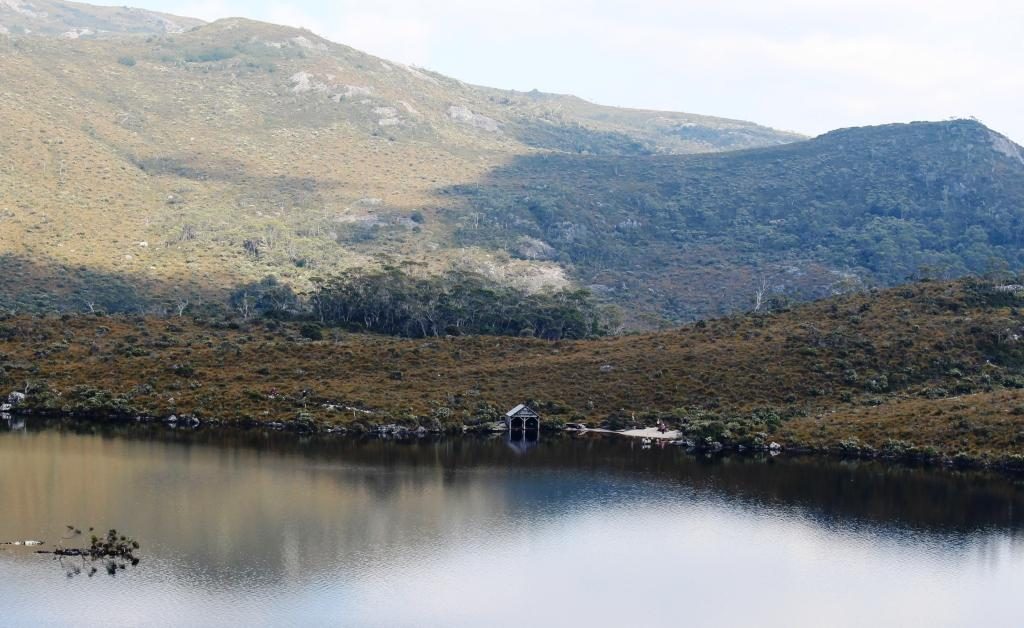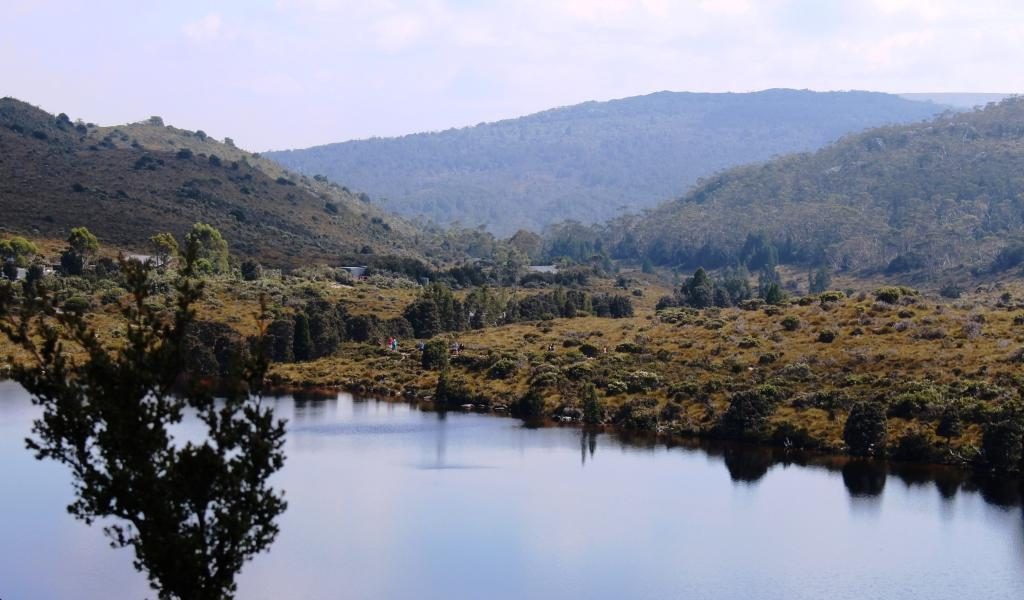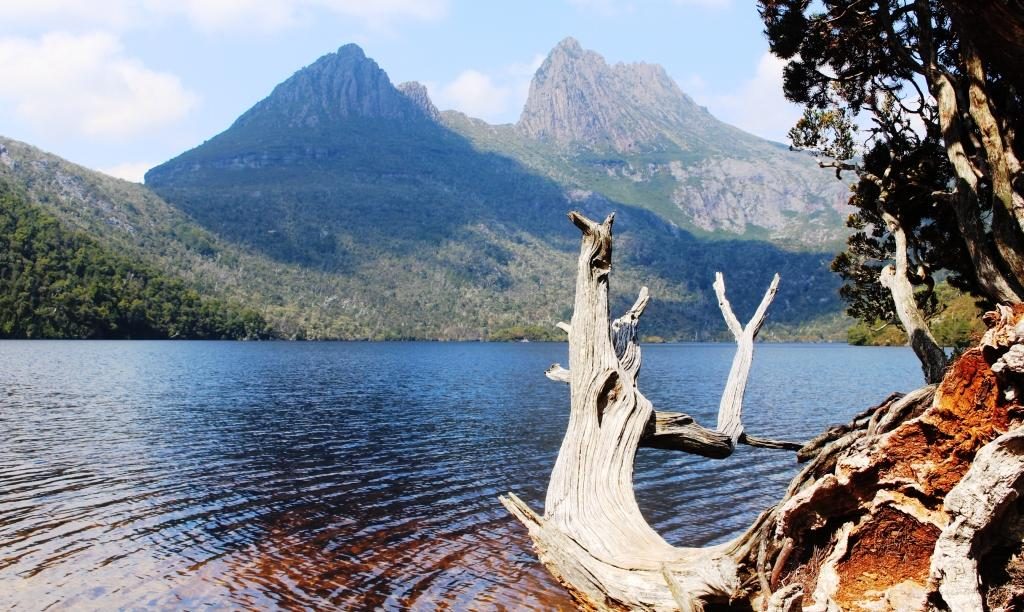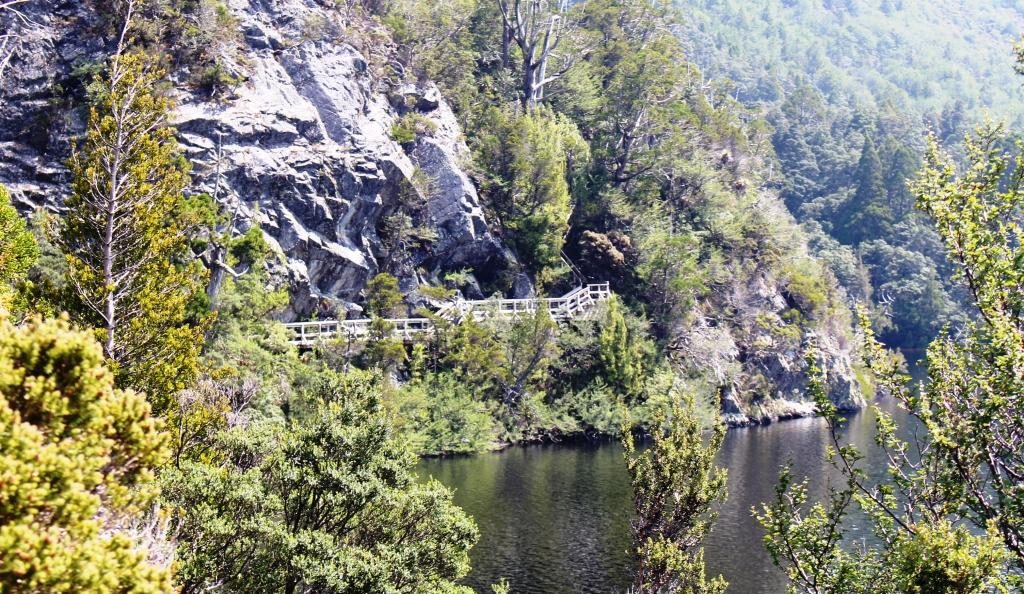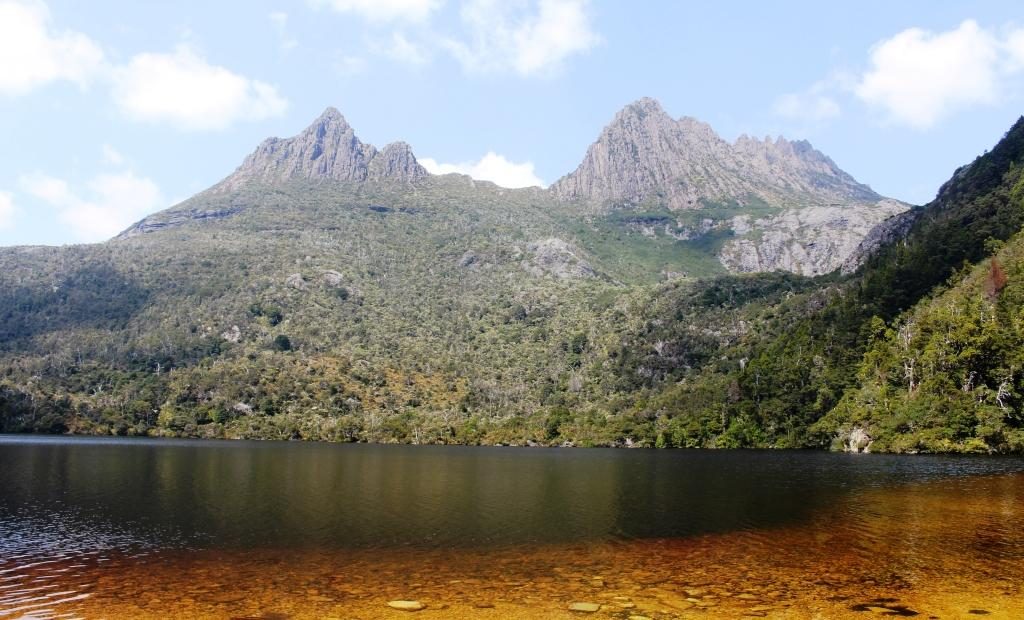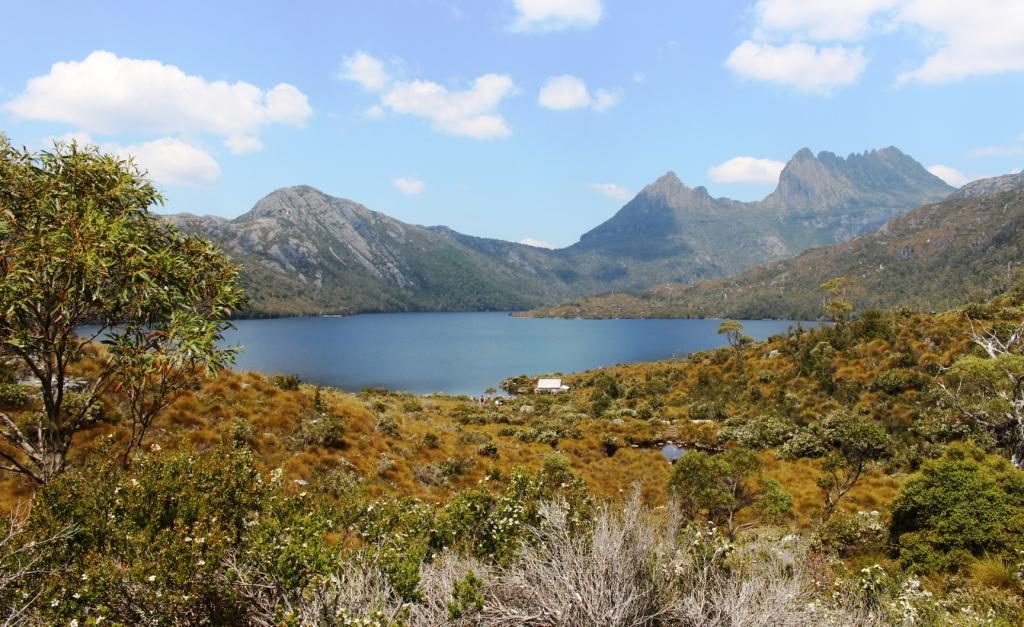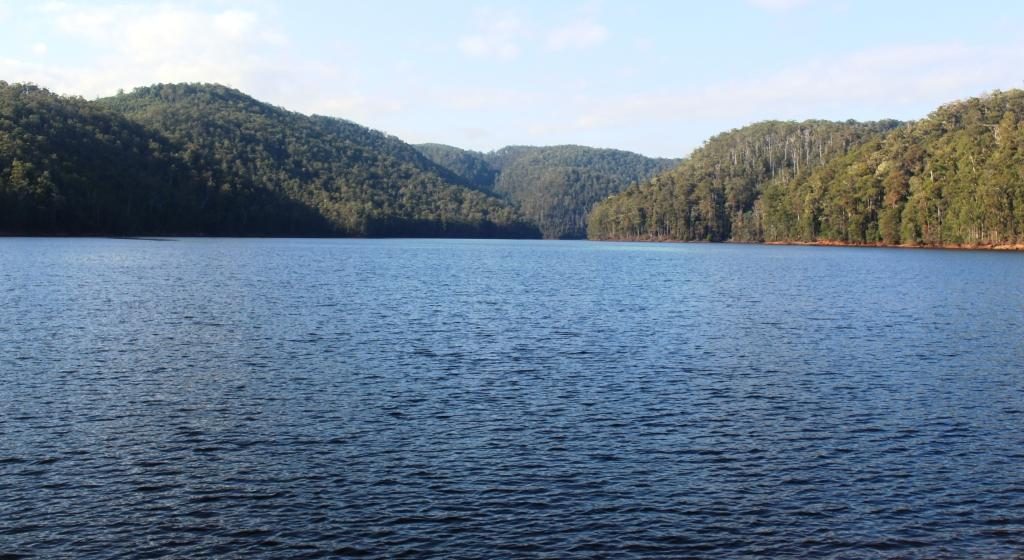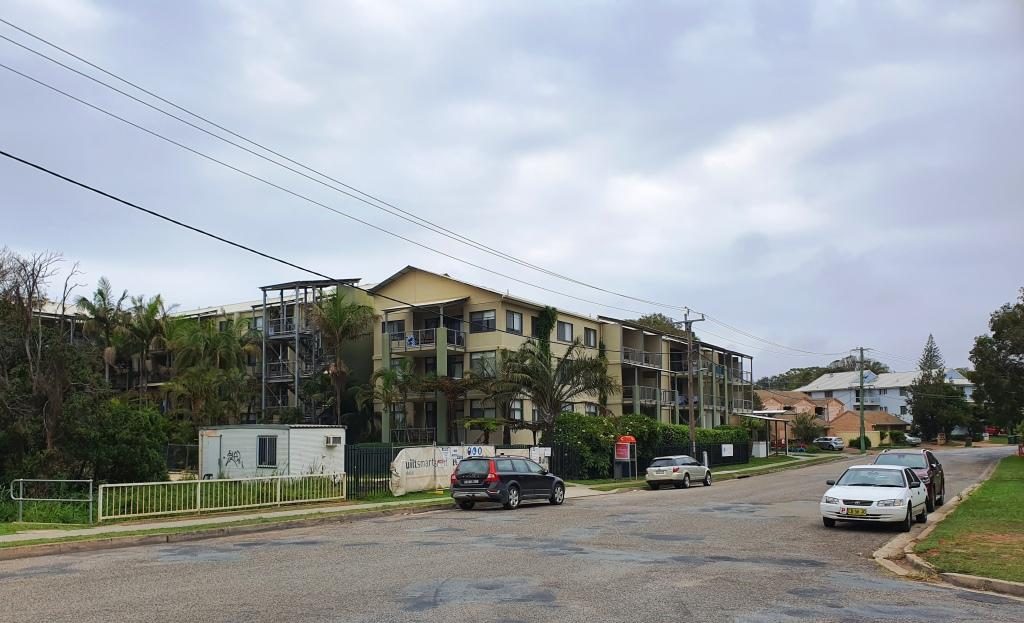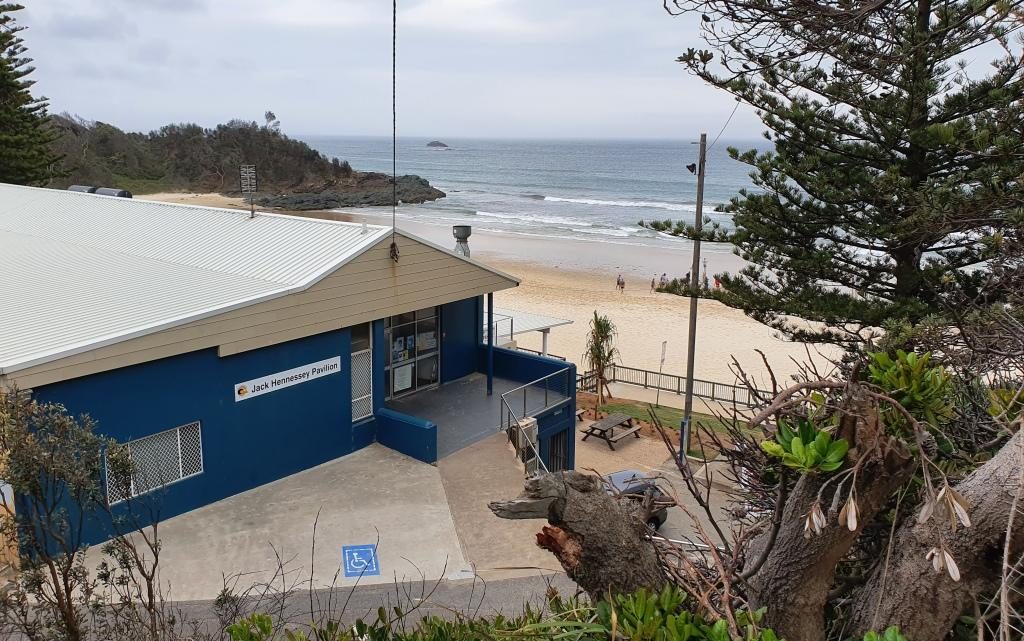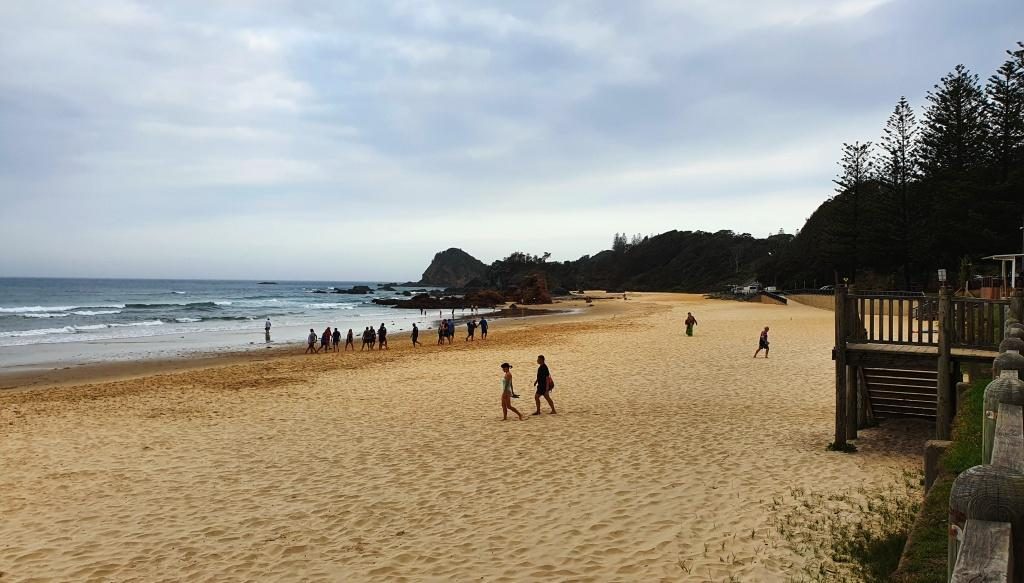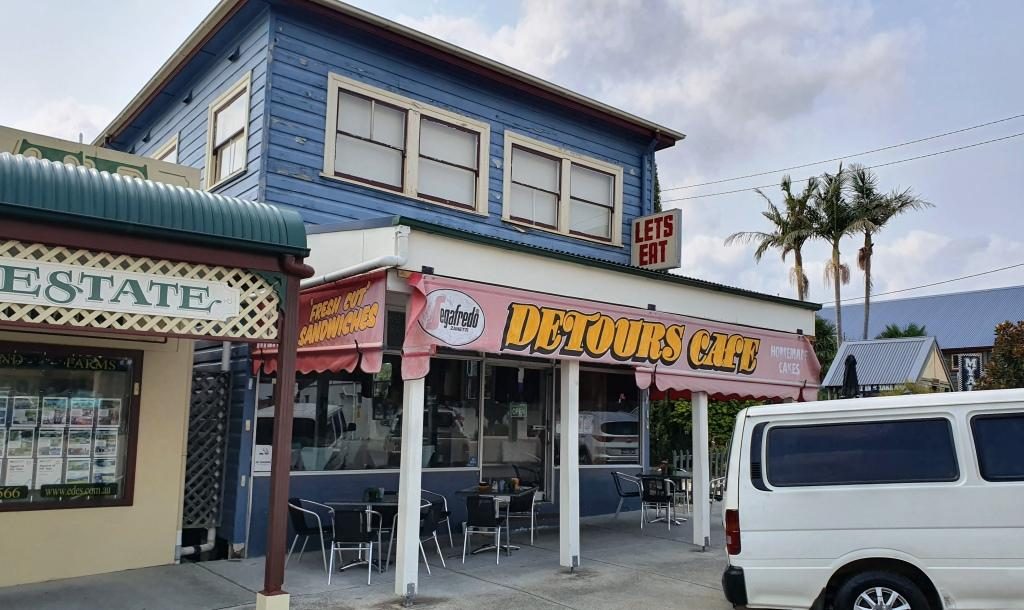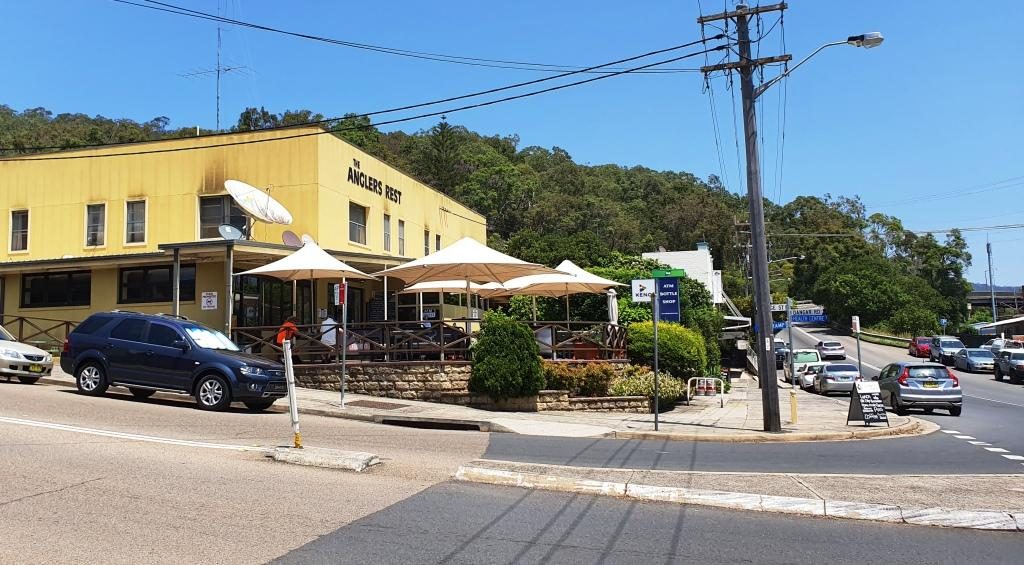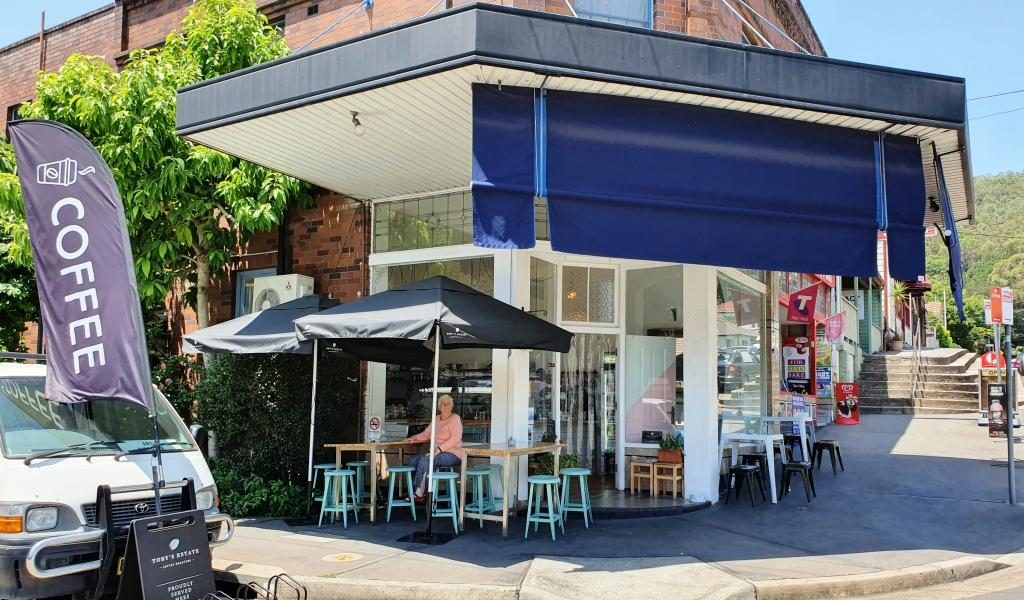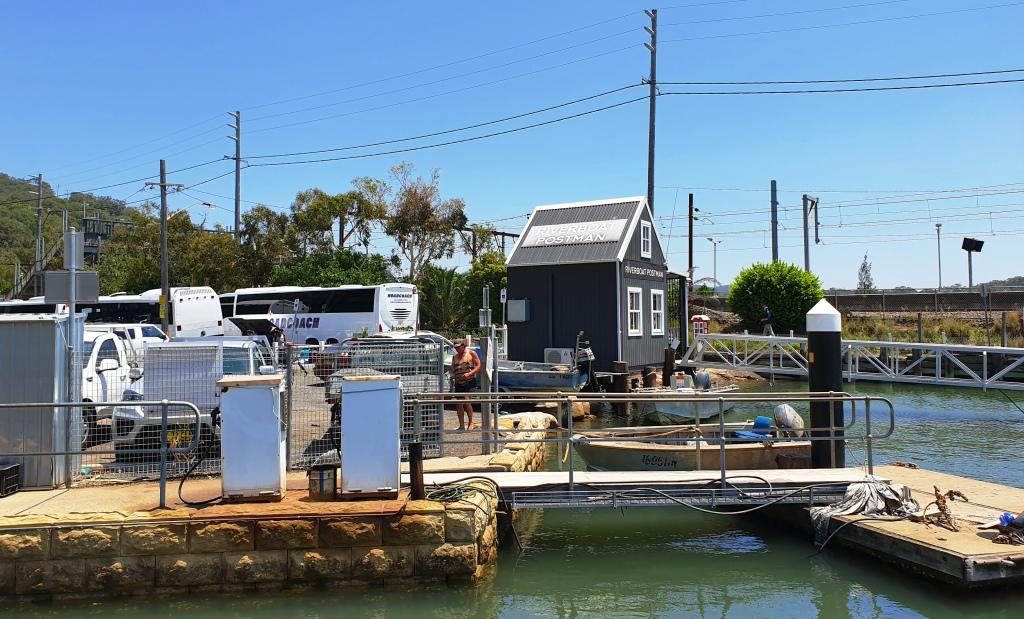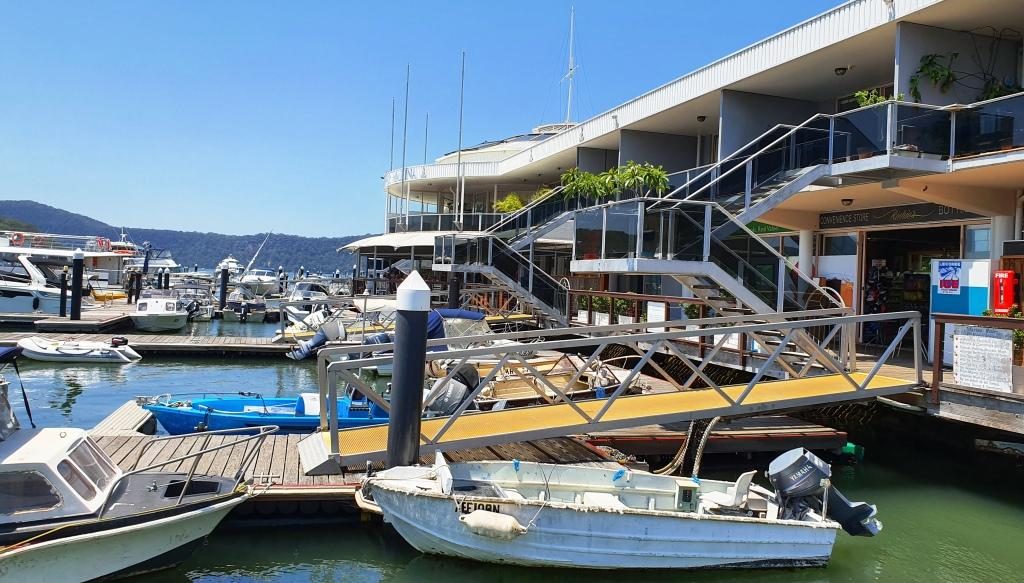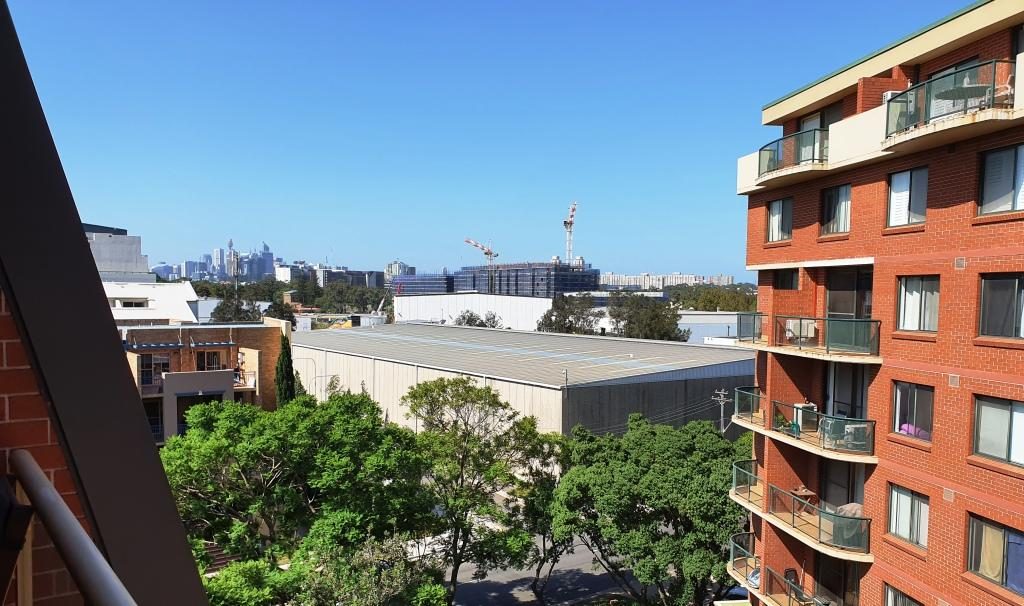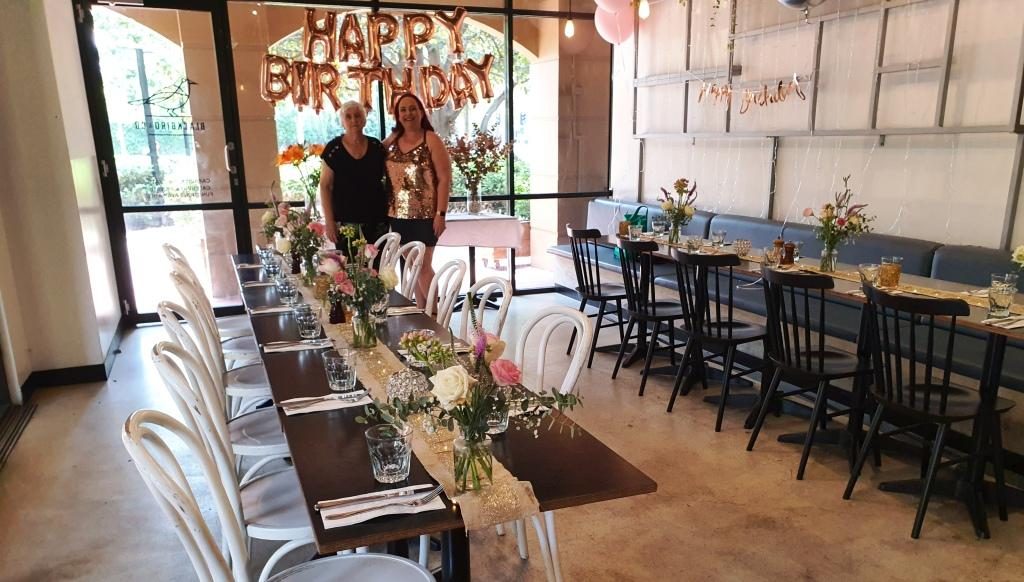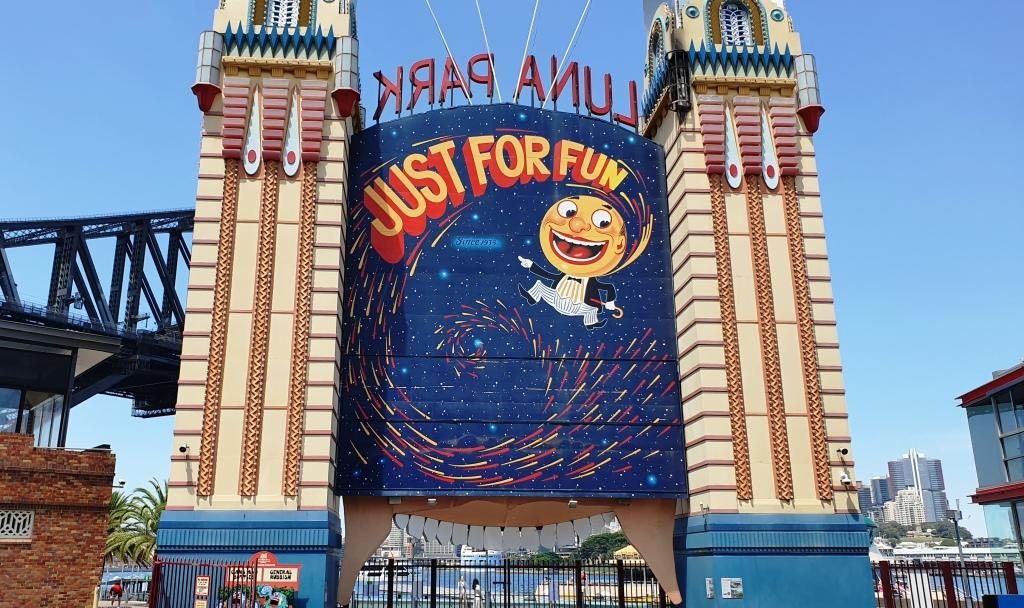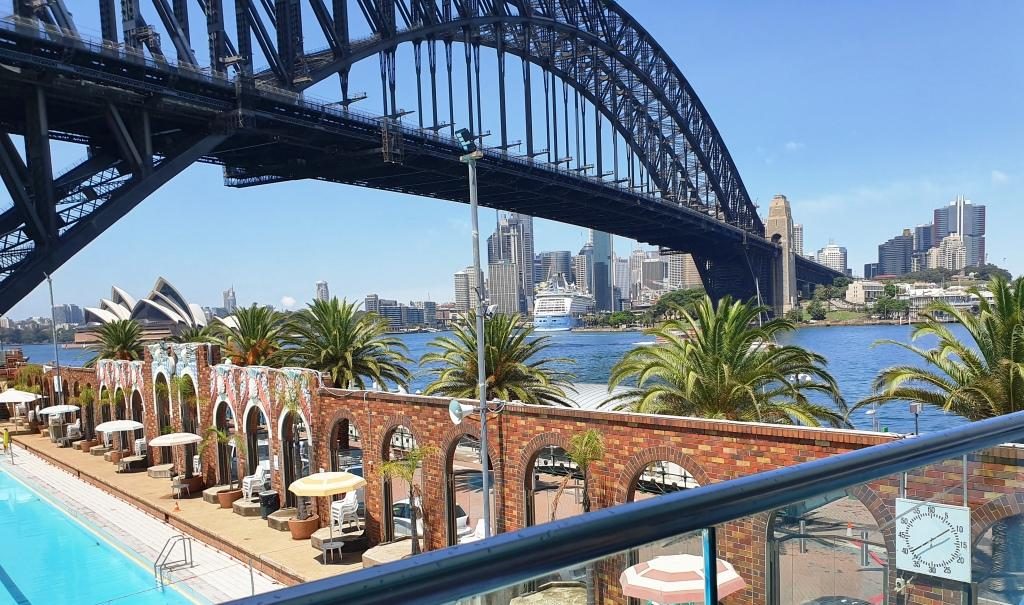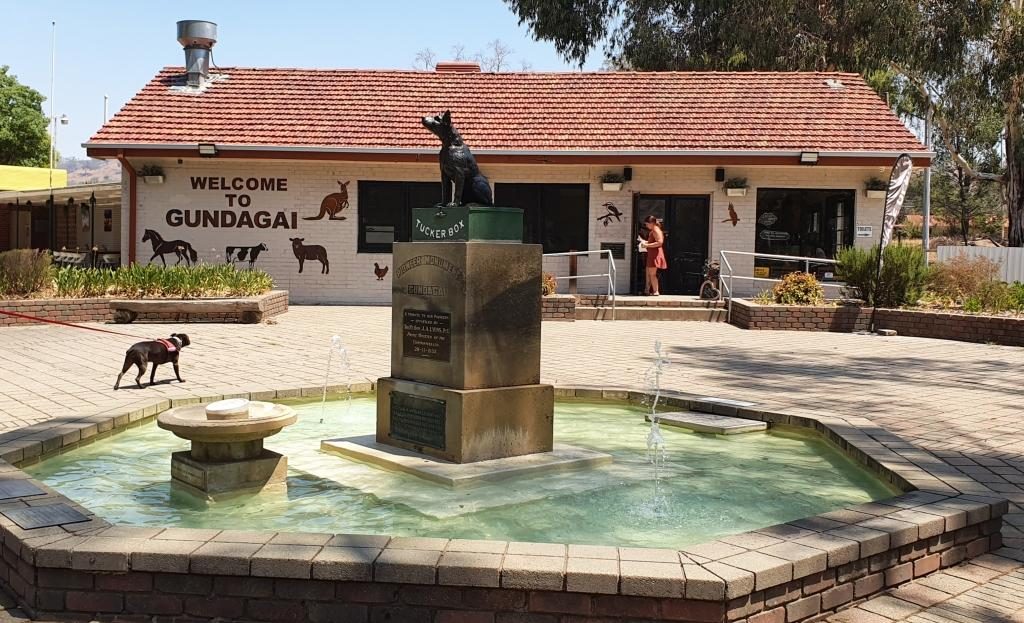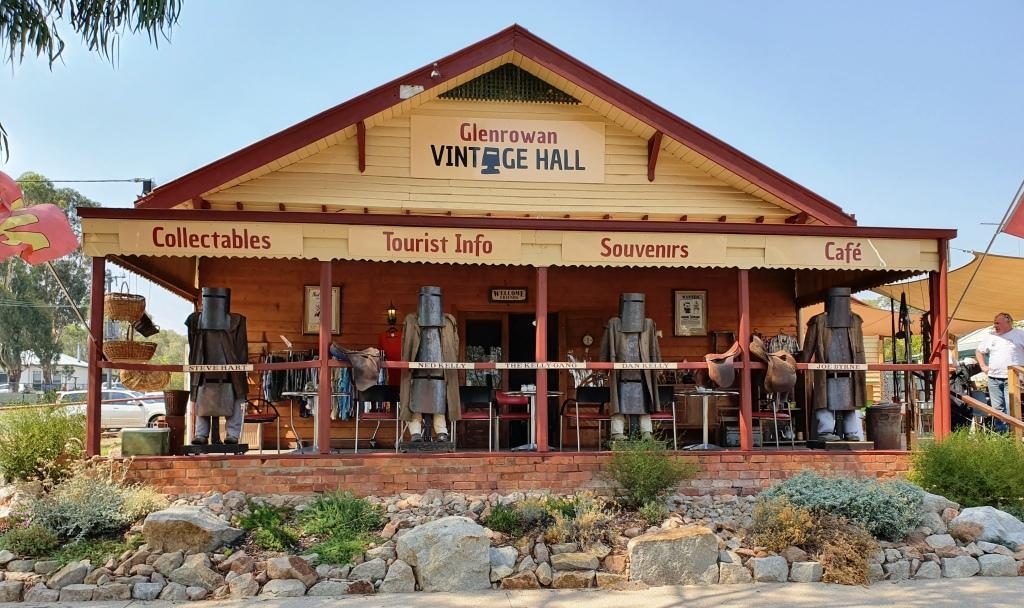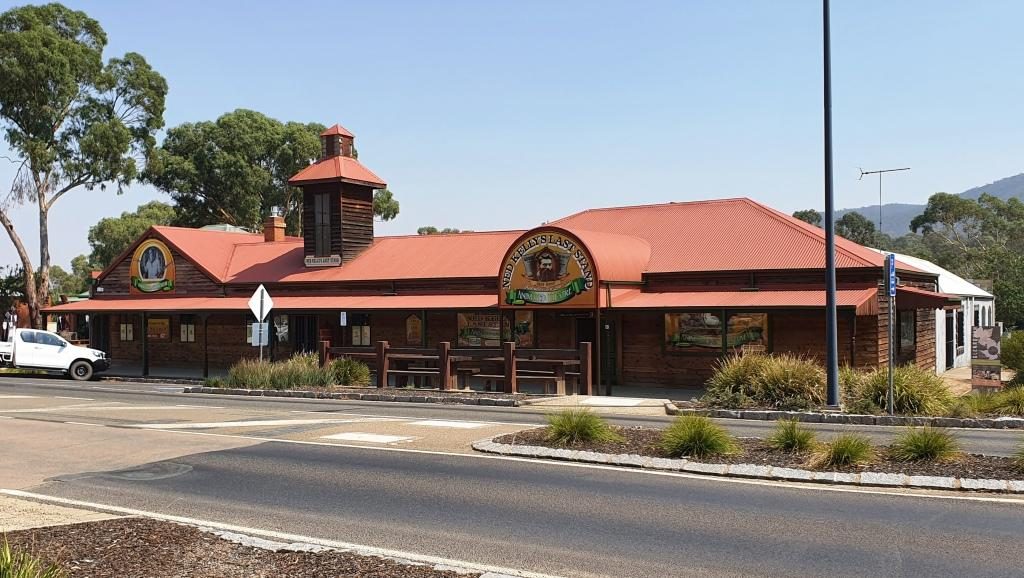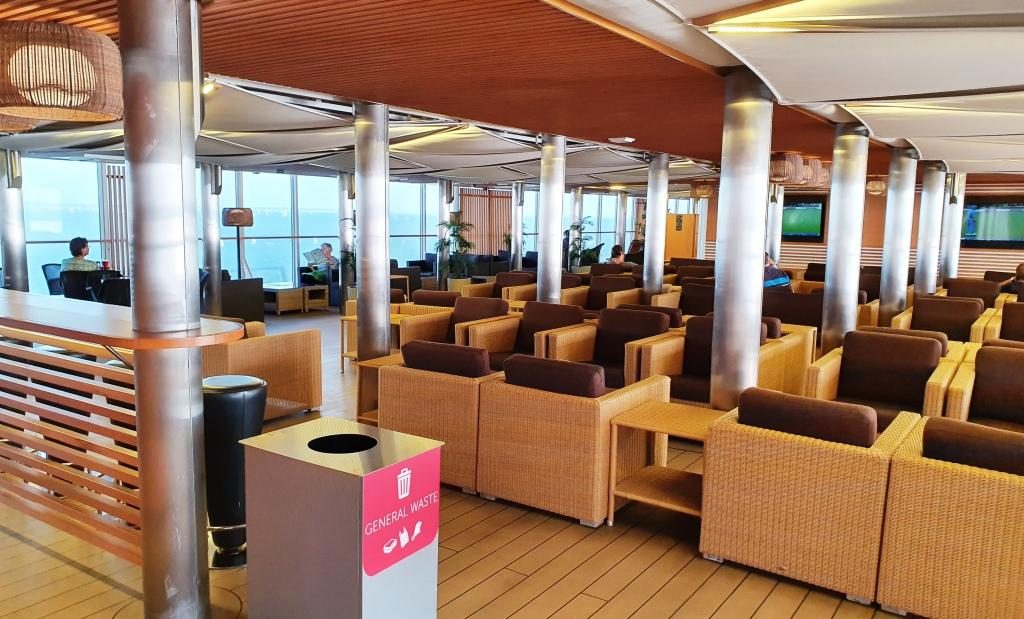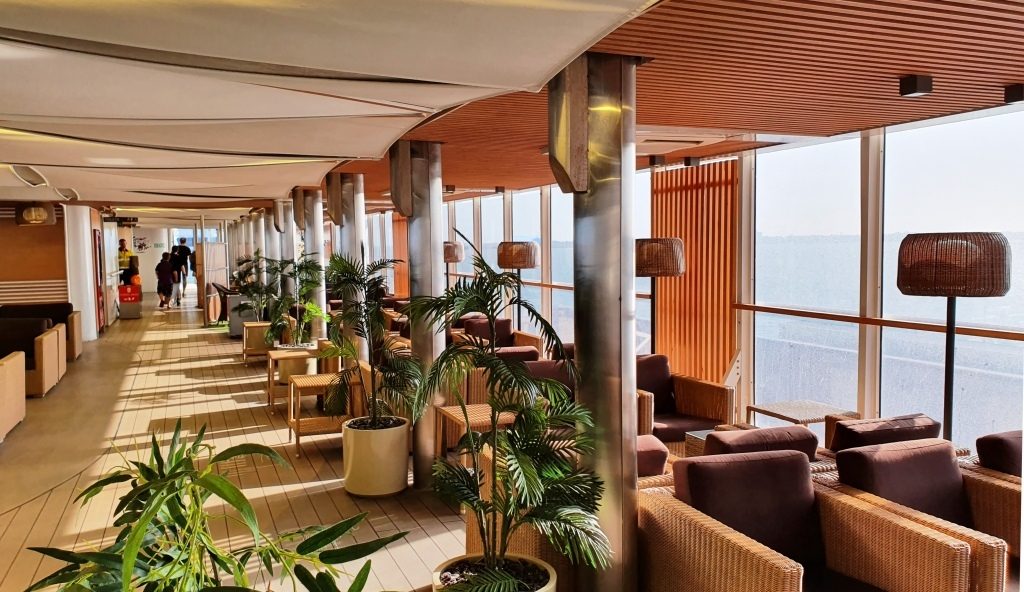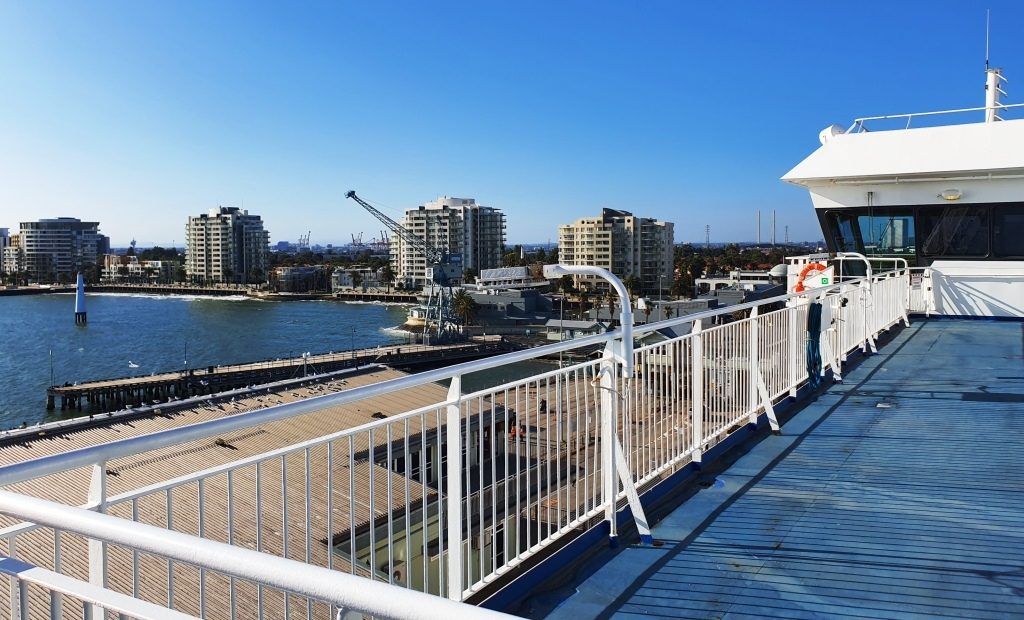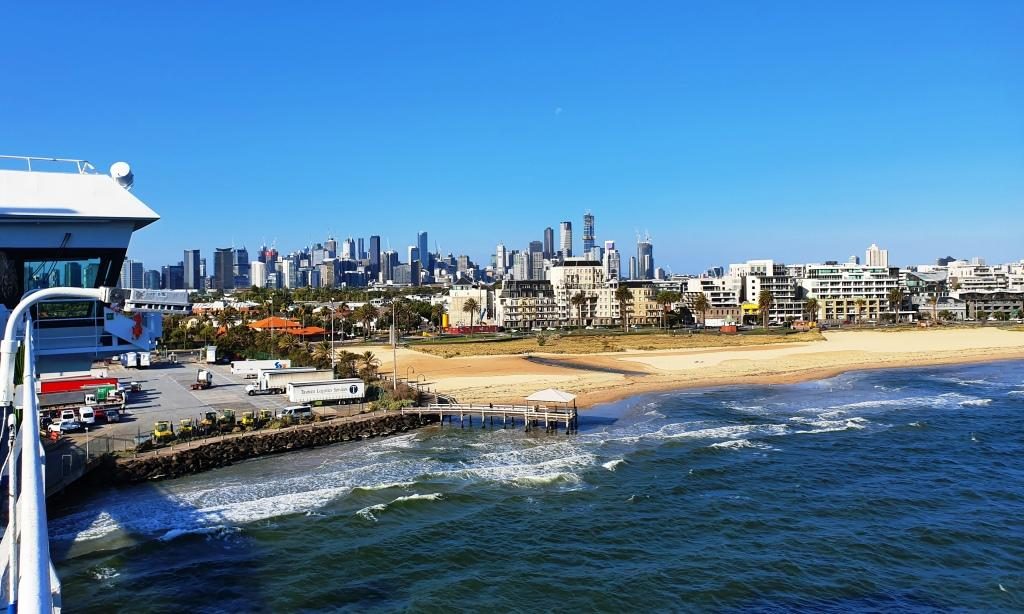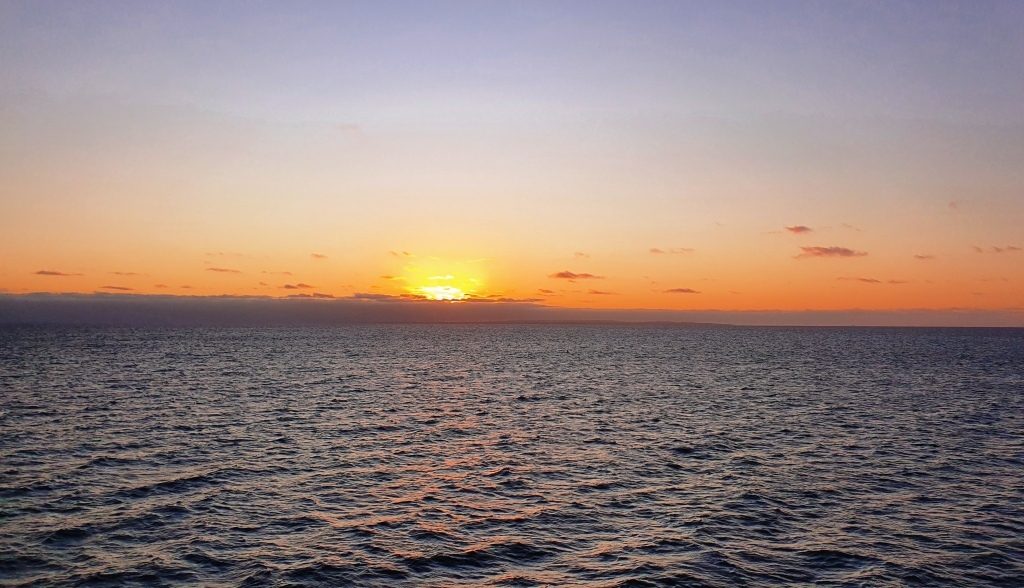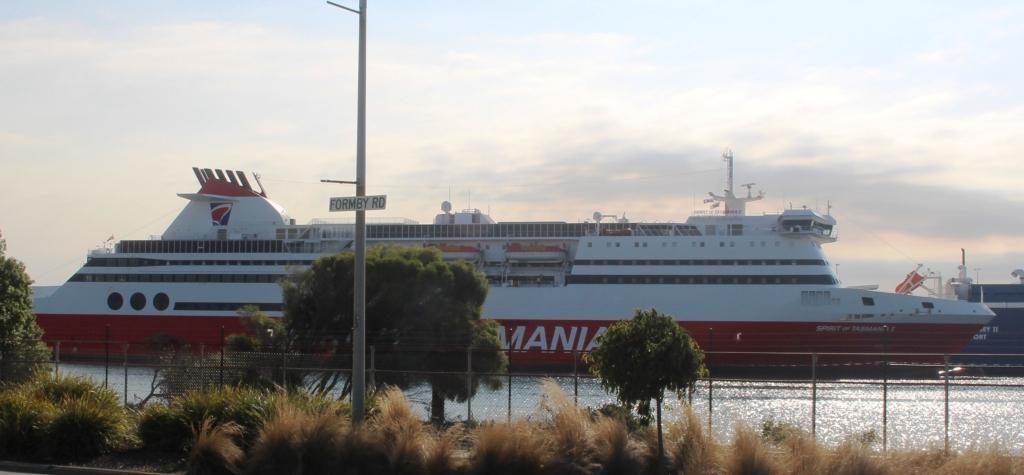10th & 11th February, 2020
Please Note: Videos covering the material in this blog post can be found at the bottom of the post.
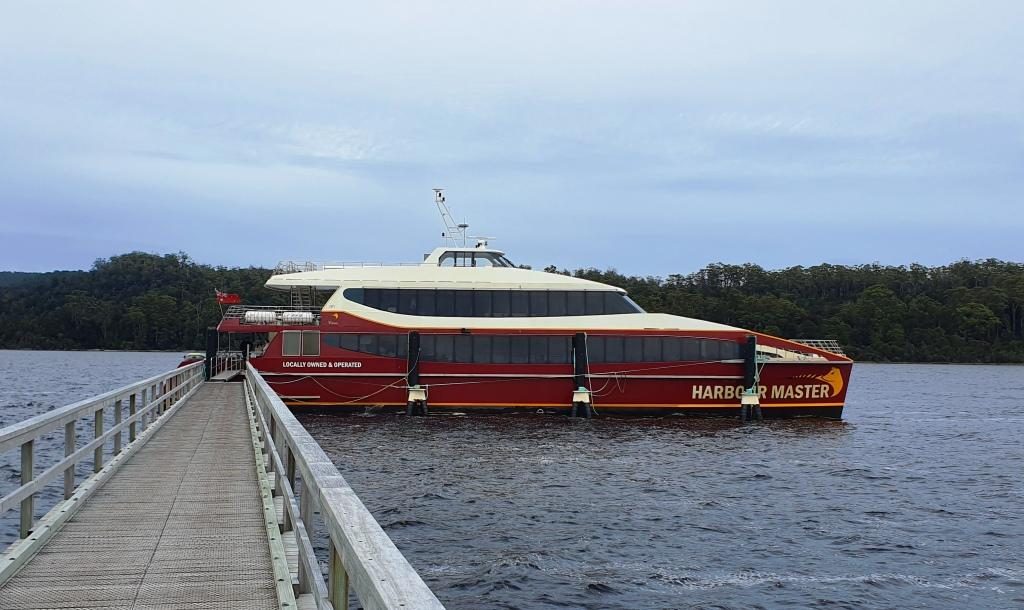
I suppose tours of Macquarie Harbour and The Gordon River were operating 45 years ago when we were last at Strahan, but I have no recollection of them. But that was well before the issue of the Franklin Dam and all of the disputes over Lake Pedder gave this area such prominence. We had become aware that the cruise was one of the attractions that draw tourists to Strahan. We booked in advance to make sure that we had a good seat.
The day started overcast and cool but improved to produce sunshine by mid afternoon. We were not affected by the morning chill as we were on board the “Harbour Master” our Heritage Tours cruise boat, protected by its broad glass windows.
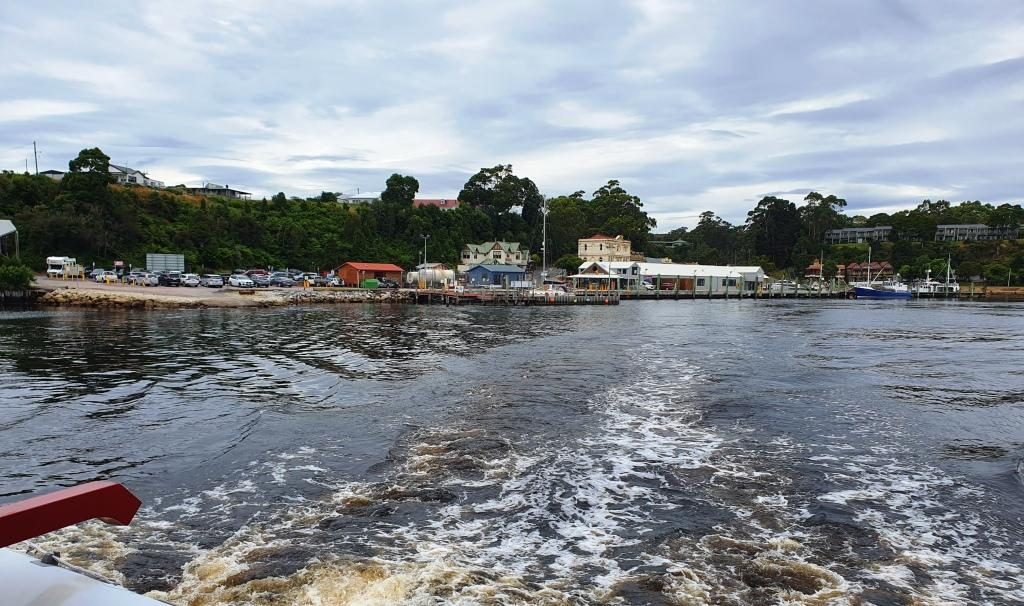
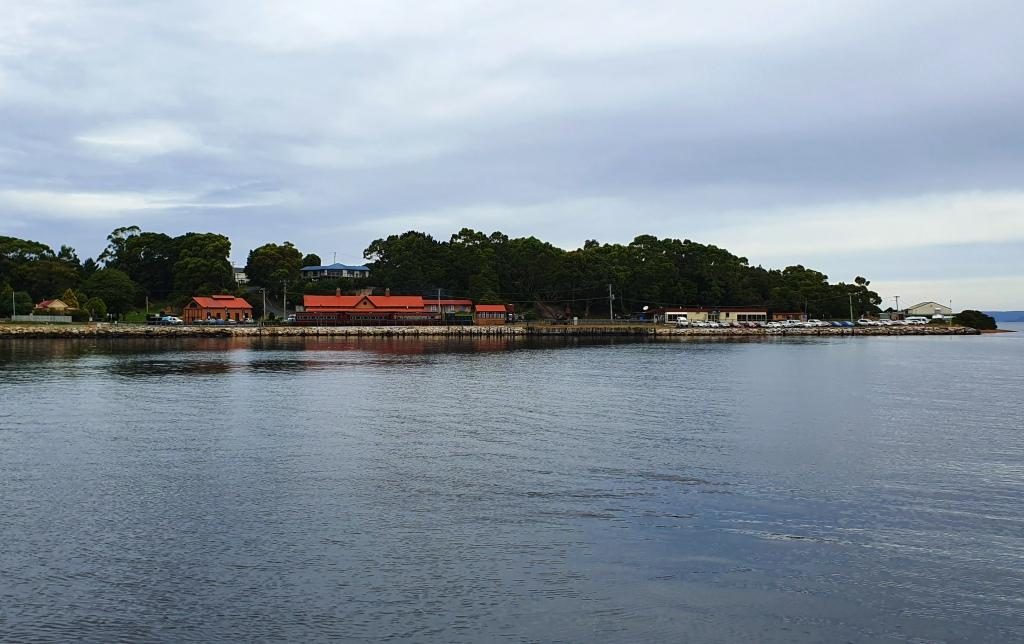
The cruise boat headed directly to Hells Gates, the entrance through which ships had to pass to reach the convict settlement on Sarah Island. The entrance is narrow and dangerous, particularly when a sea is running. In the days of sail, ships would anchor outside of the harbour, wait for slack tide and be towed through by sailors rowing the ship’s longboat.
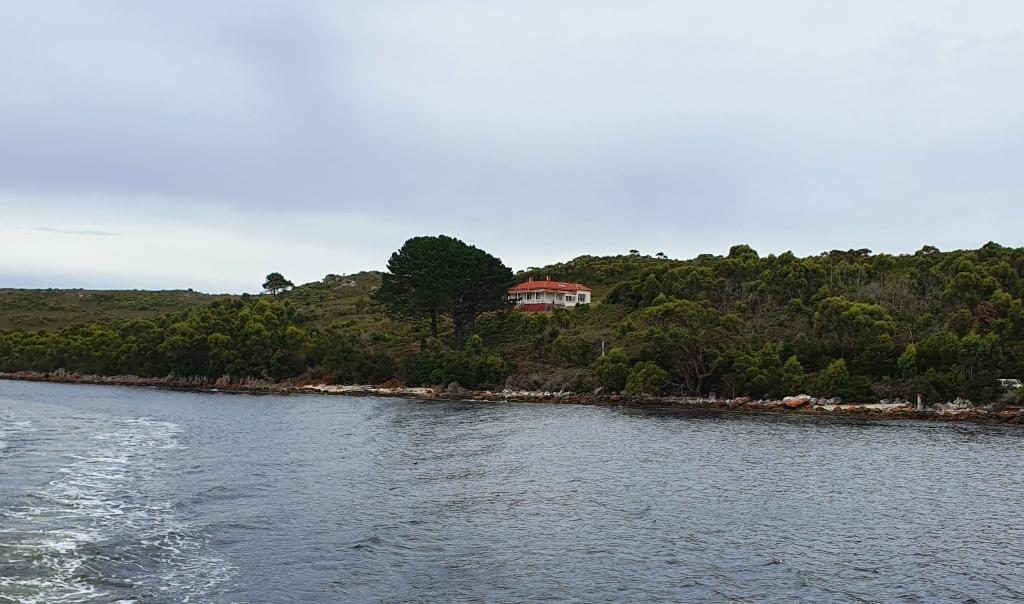
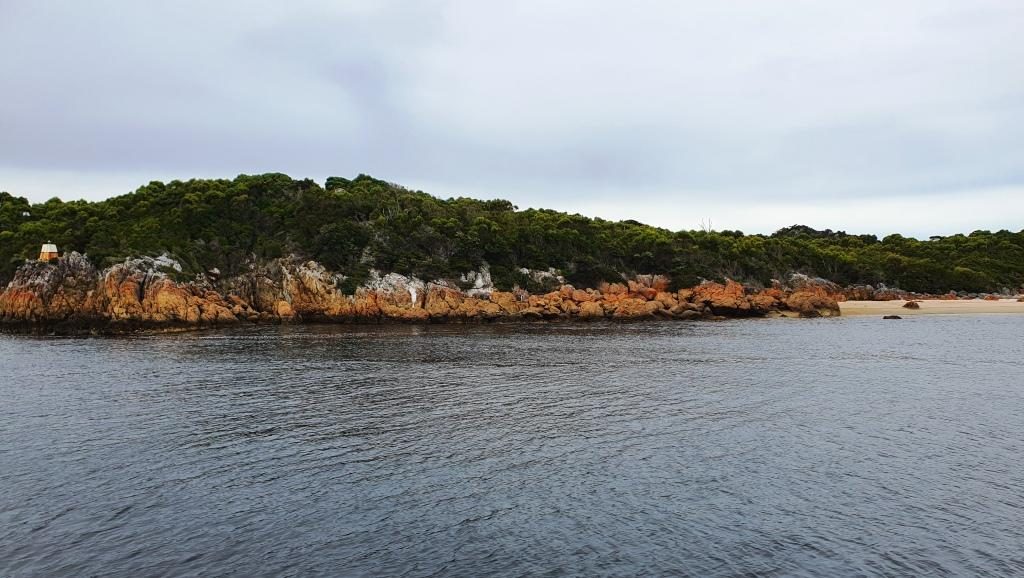
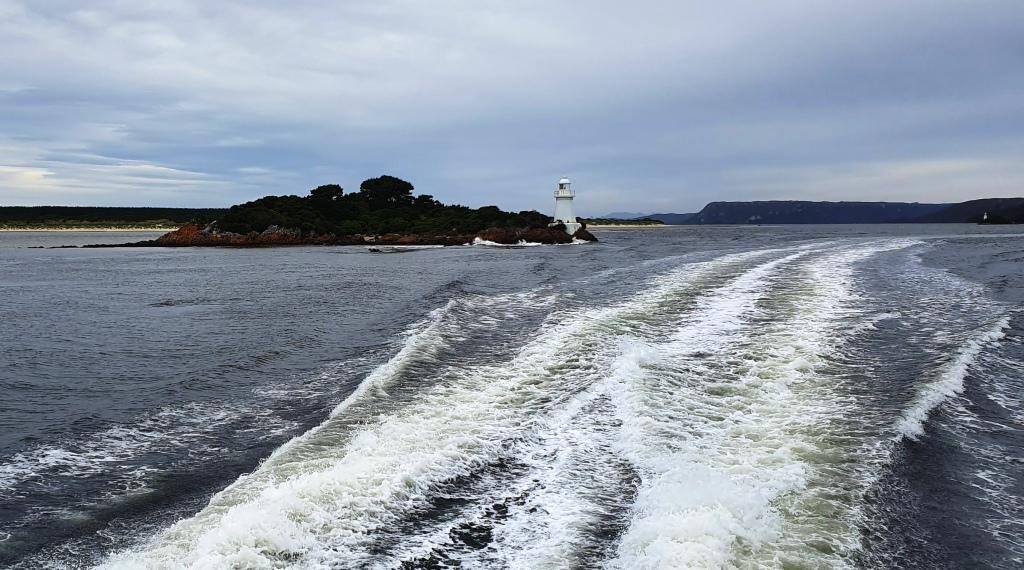
There was no sign of Hell at the gates. The sea was like a mill pond. Not only did we proceed through the heads at full speed but continued out past the Cape Sorrel lighthouse into the Indian Ocean for a look both ways along the coast. Such conditions only occur about five times per year, we were told.
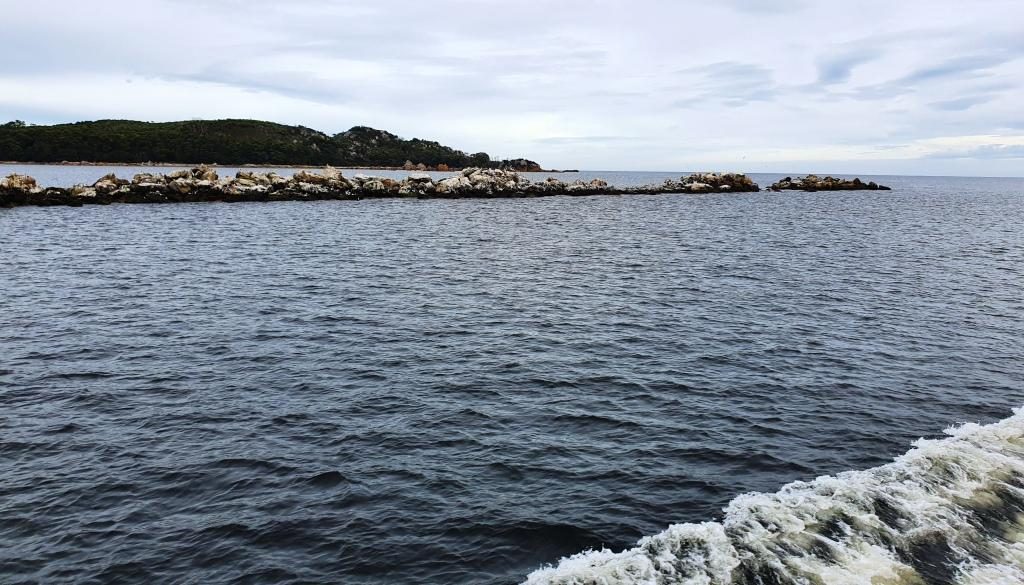
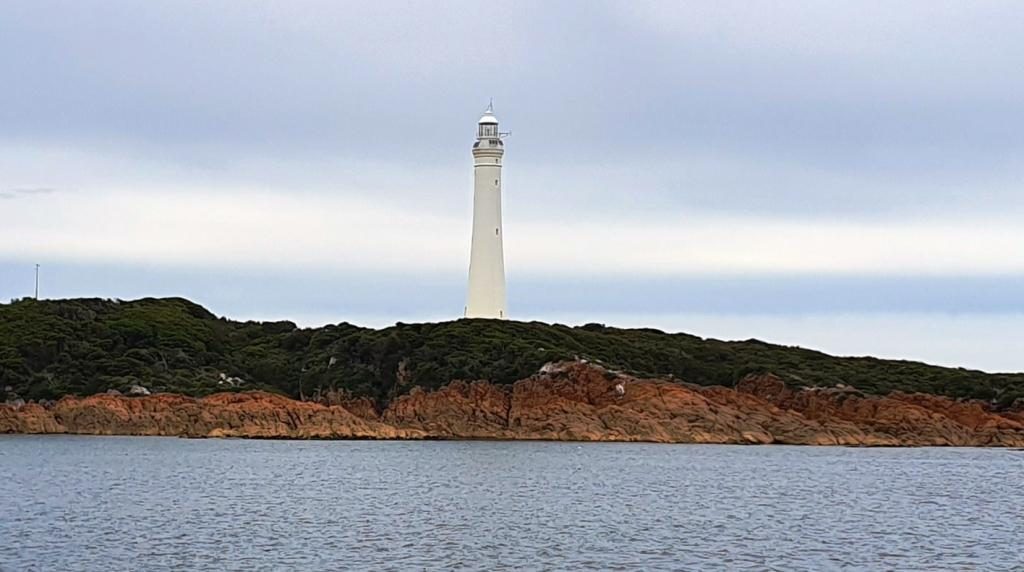
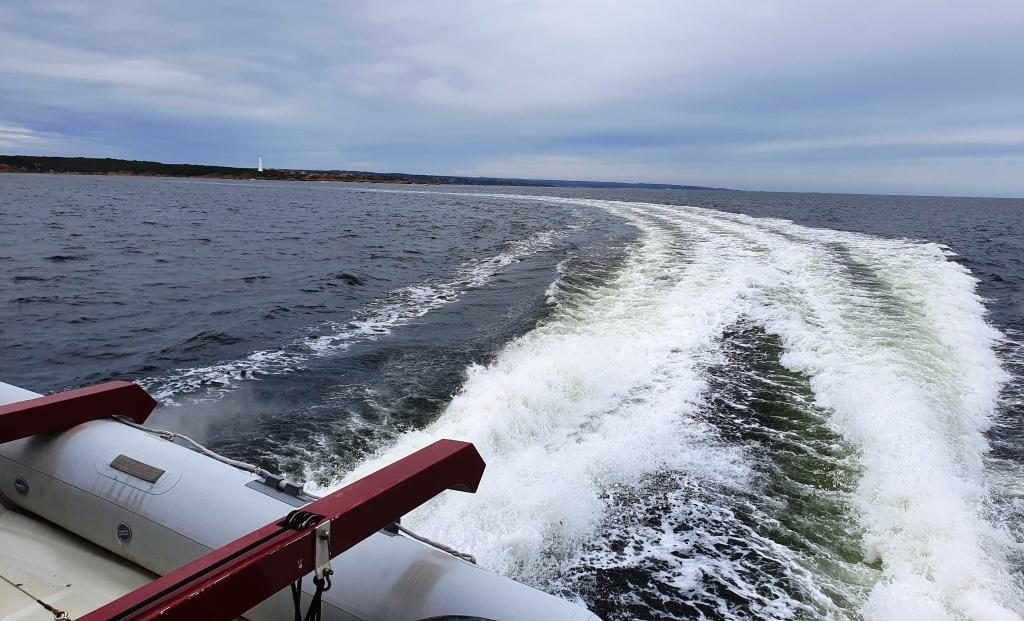
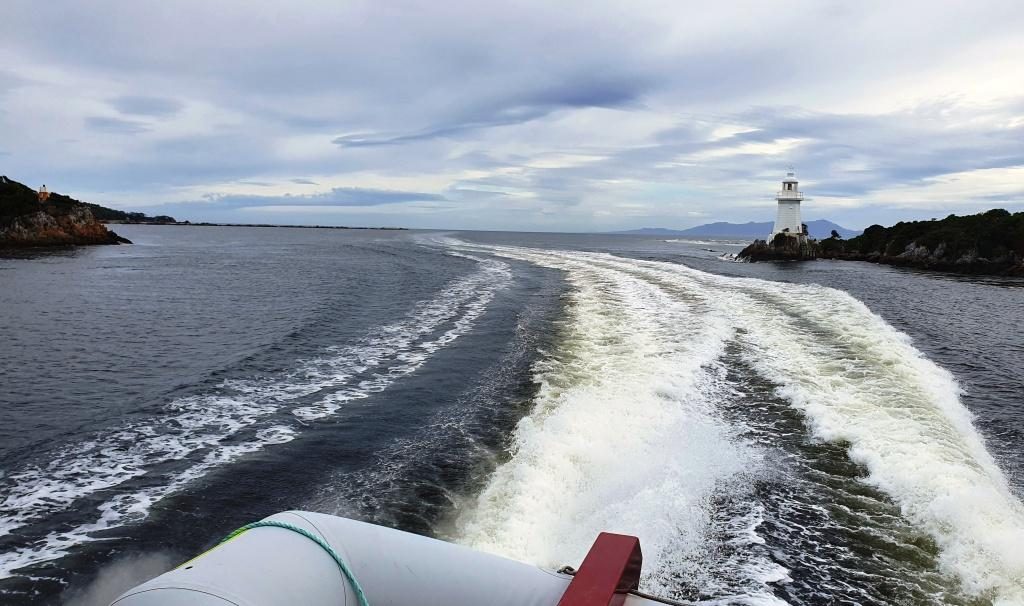
I had read about Sarah Island as a convict prison but for some reason thought that it was located near the heads. But it is at the other end of this rather long harbour. On our way to Sarah Island from Hell’s Gates we stopped to see the salmon and trout farms where the fish are grown to eating size in large circular mesh cages that are anchored in the waters of the harbour. There is nothing to see other than the nets but the skipper of the boat gave us quite a bit of information about the husbandry practices. In short, they feed the fish and the fish grow to eating size. What else is there to known?
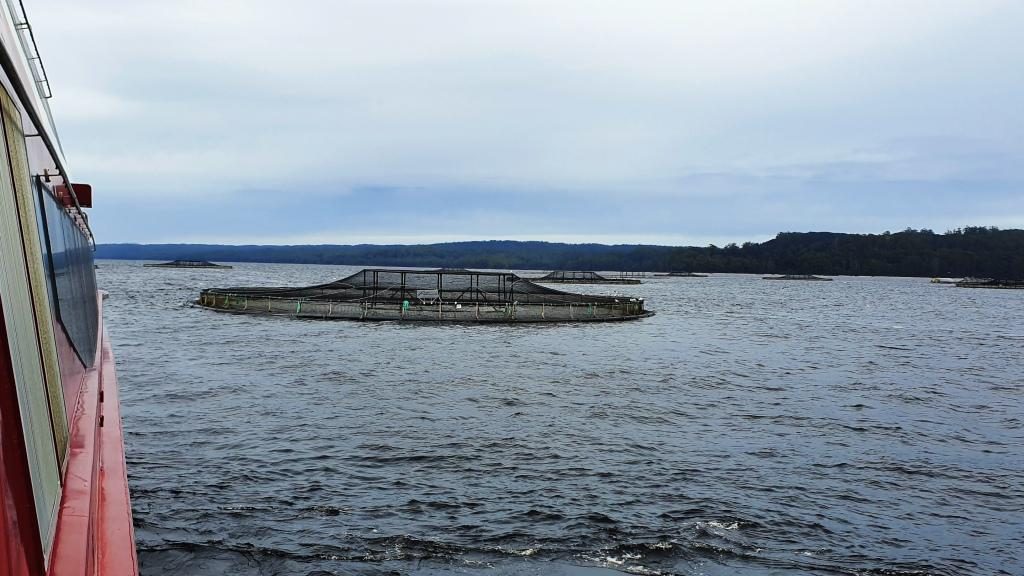
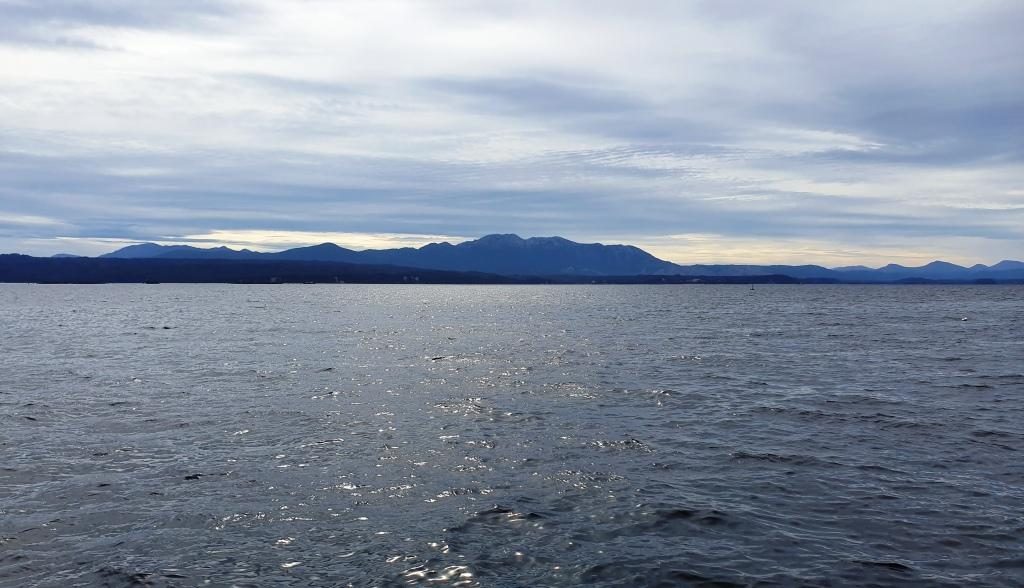
Sarah Island had the worst reputation of any Australian convict settlement. It was established to gather Huon pine from the surrounding forests, but when the difficult harbour entrance restricted the transport of the timber, shipbuilding was established at Macquarie Harbour at the Sarah Island convict settlement. Well over one hundred boats were built with over half of them ocean going ships.
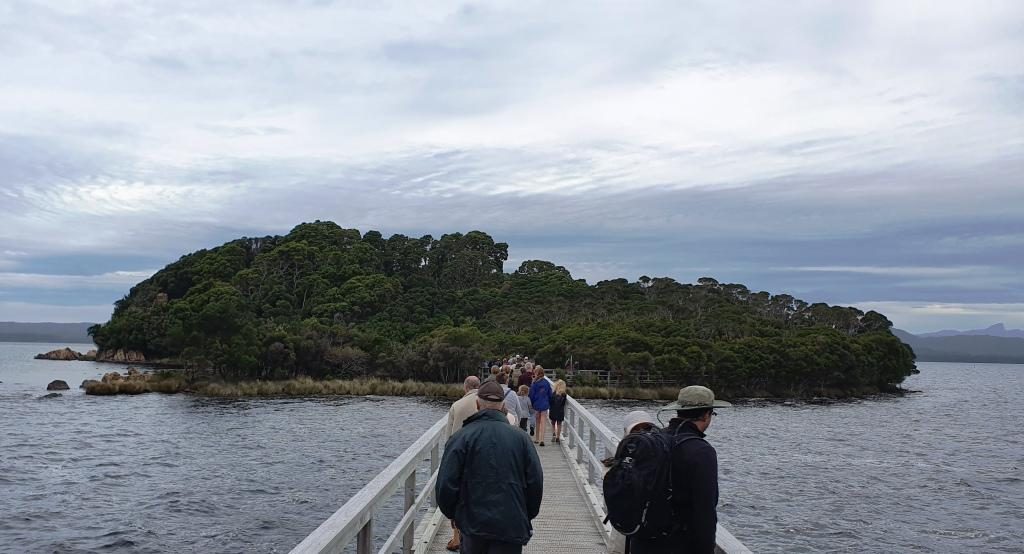

A solid path has been built linking the ruins to the jetty for ease of access. Guides are on hand to tell tourists all about the settlement. You can still see remnants of the construction slipways embedded in the shoreline. There are ruins of buildings with information signage throughout. It is all very well done.
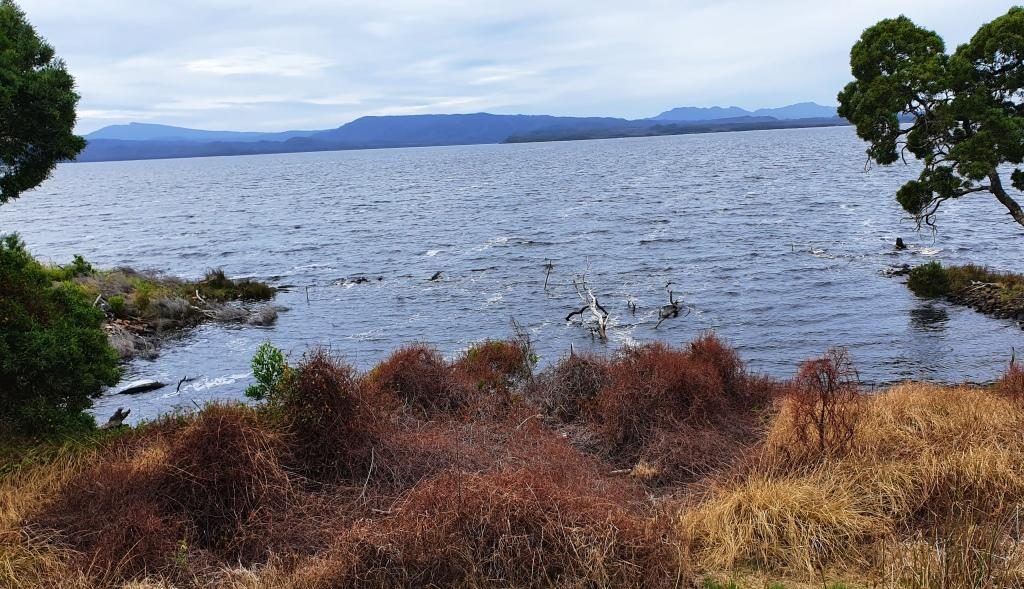
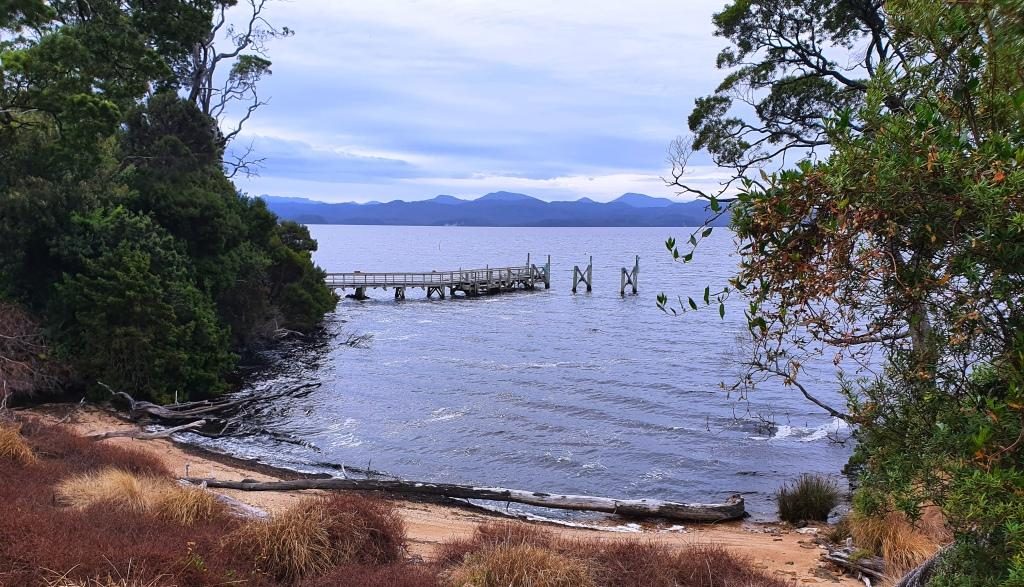

As we departed Sarah Island, the crew prepared a delicious buffet lunch of cold meats and salad including slices of Camembert cheese so large that you would think the stuff was made in Tasmania.
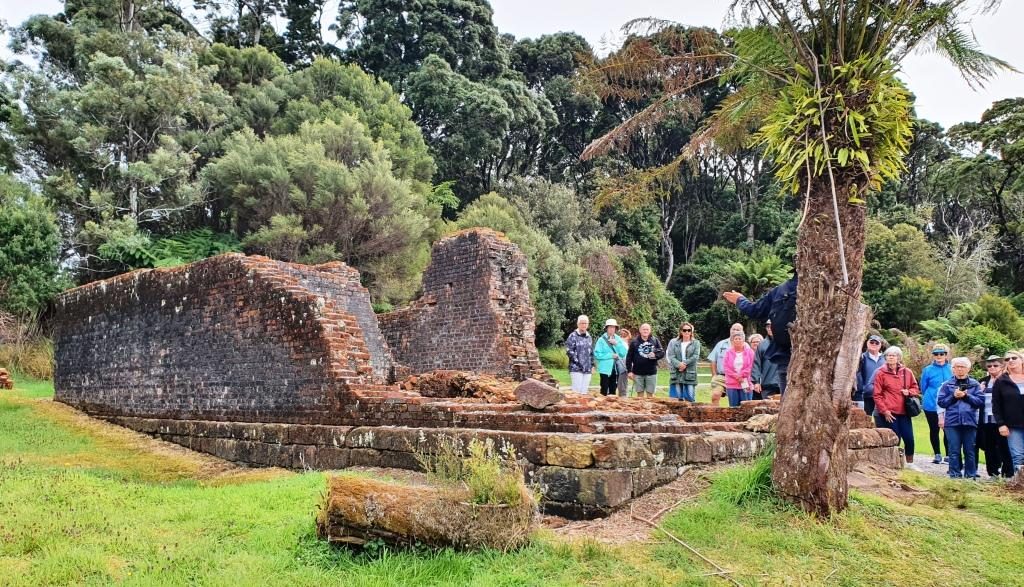
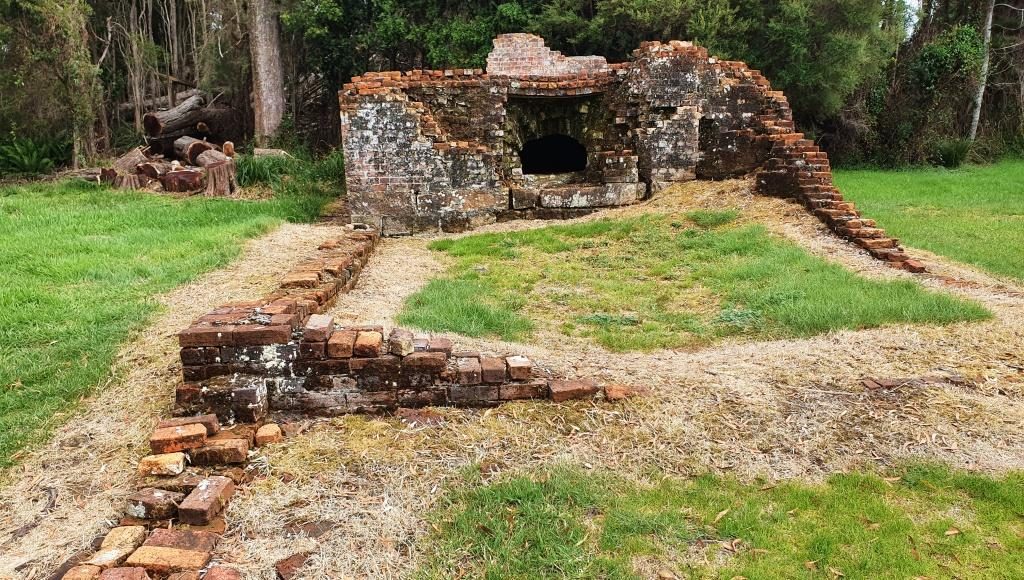
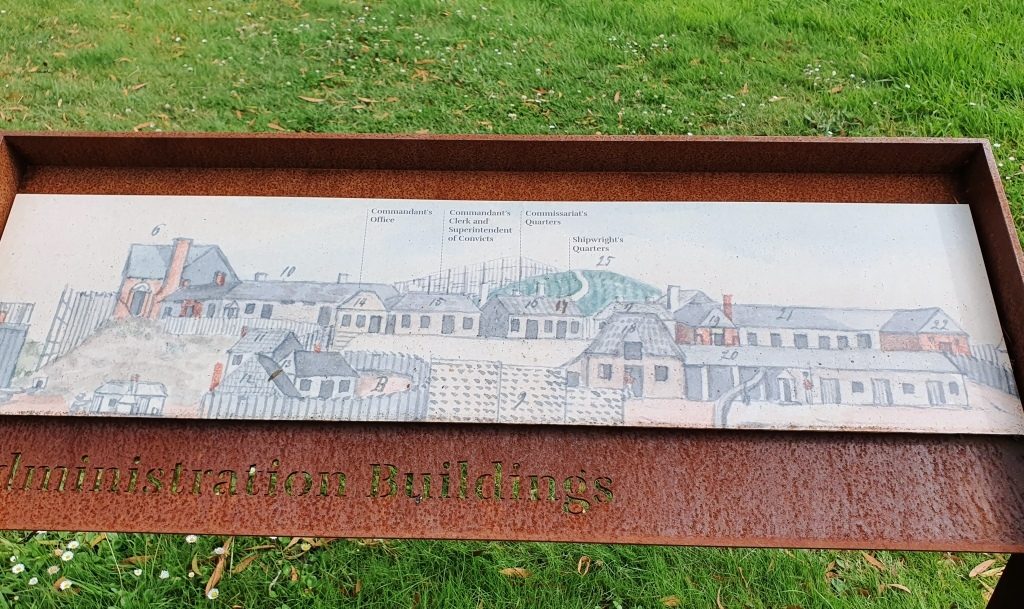
From Sarah Island we motored directly to the mouth of the Gordon River where speed was reduced to a sedate 5 knots or so. The destination in the river was Heritage Landing, where berthing facilities have been built for the boat and a board walk constructed to provide access to the rain forest that covers the steep sides of the Gordon valley. Particularly, it gives access to Huon pine in its natural setting. Huon pine is not only resistant to rot but also to the marine worm that destroys lesser timber. It is a slow growing tree. Large specimens are thousands of years old.
Excellent reflections are sometimes viewed on the Gordon but the wind had come up by the time we reached it so the surface was a series of ripples instead of a mirror.
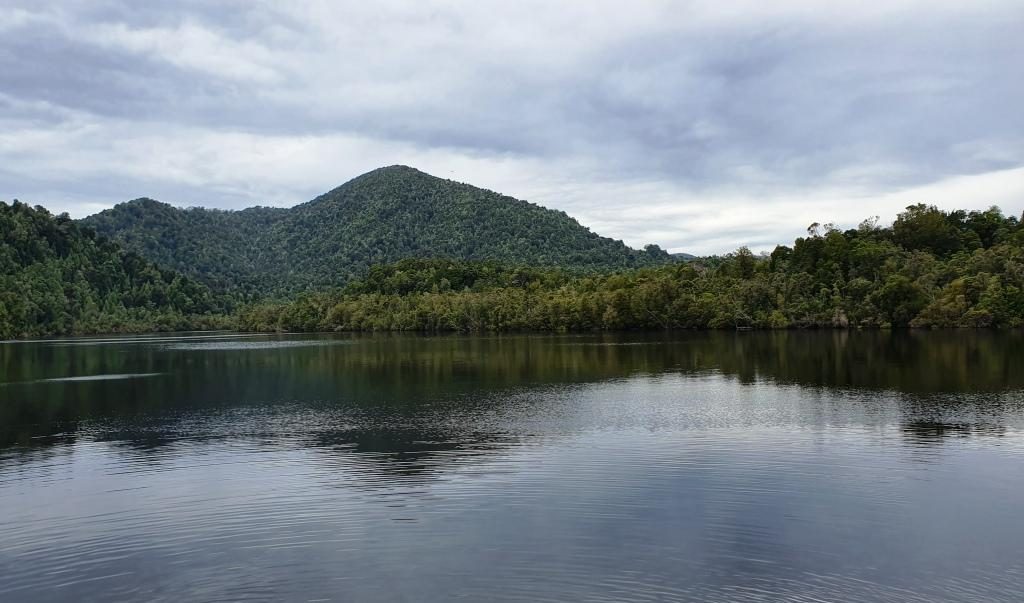
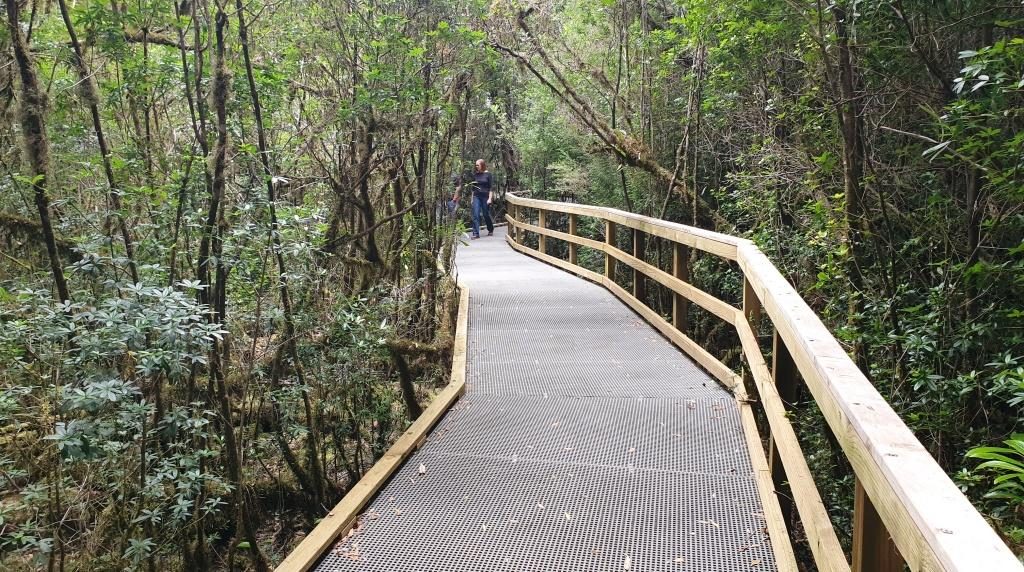
As we cruised slowly up the river the skipper retold the story of the Franklin River protests of thirty or forty years ago when the Tasmanian Hydro Electricity Commission wanted to build a dam on the Gordon River downstream from where it is joined by the Franklin River. If you are over 60 you will no doubt remember all the fuss.
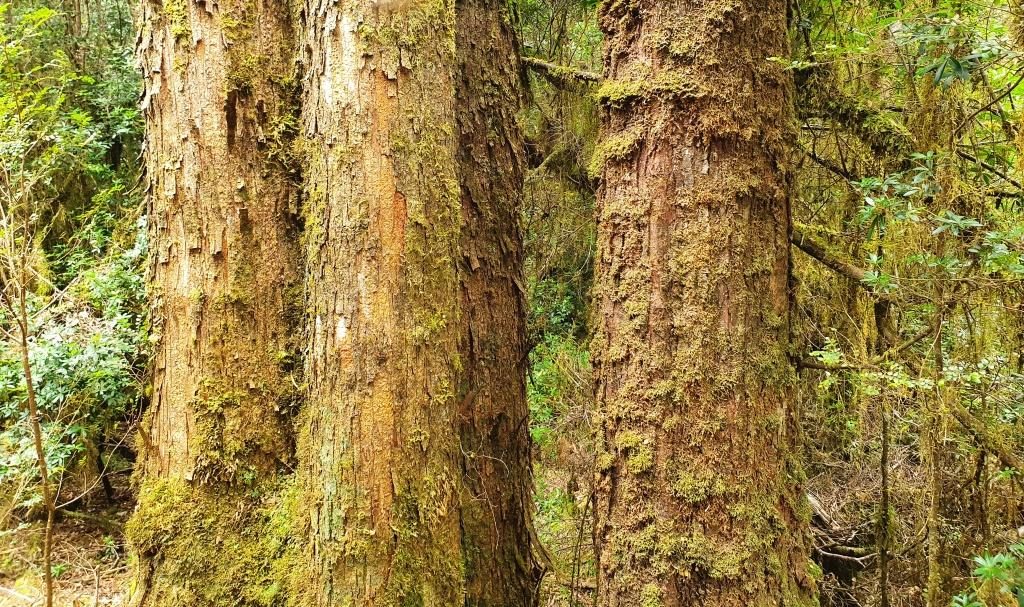
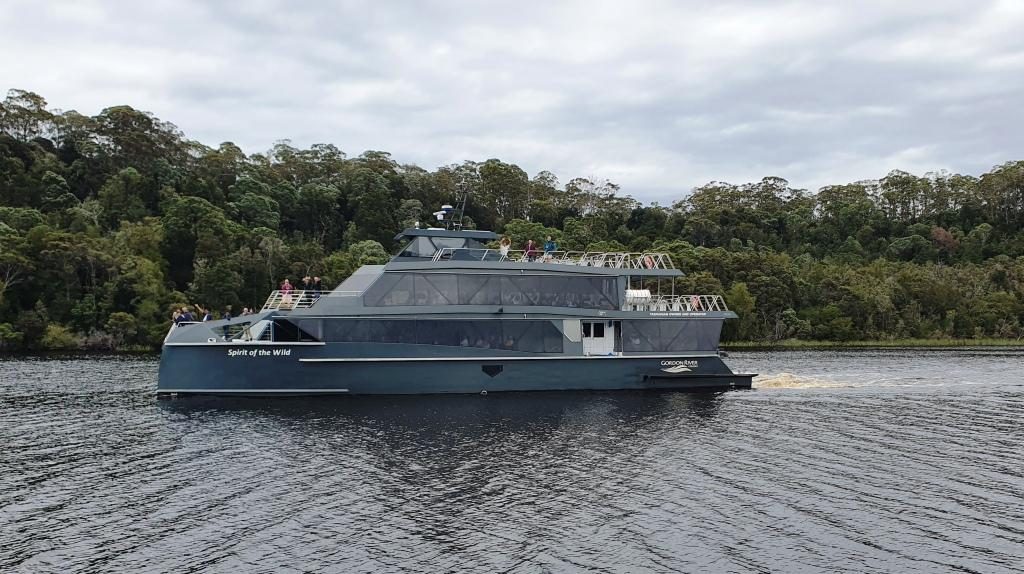
On the quayside at Strahan there remains an operating sawmill that processes Huon pine. The cruise boat completes the tour by berthing at the mill to enable passengers to see the Huon pine being worked. The mill sells completed timber products including a range to appeal to tourists with spare money. I would rather spend the money on the finished product of the fish farm.
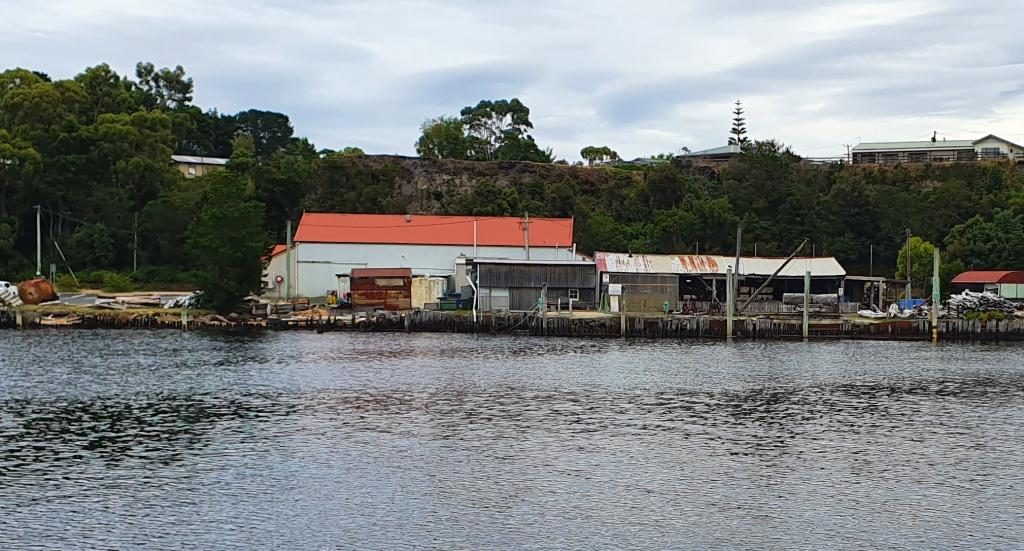
Our second day in the South West was set aside for a driving tour in the area. We did the triangle Strahan-Queenstown-Zeehan-Strahan, about 125 km. But before heading off on the 47 km first part of the trip to Queenstown we took a closer look at Strahan.
We first visited Regatta Point to look at the Strahan end of the Queenstown to Strahan tourist railway. This service operates on the railway built to get copper ore from the mines in Queenstown to the port, to be shipped to the world. Because of steep inclines on the route, part of the track uses a rack and pinion system where drive cogs on the engine engage with teeth in a track that is positioned between the normal rails.
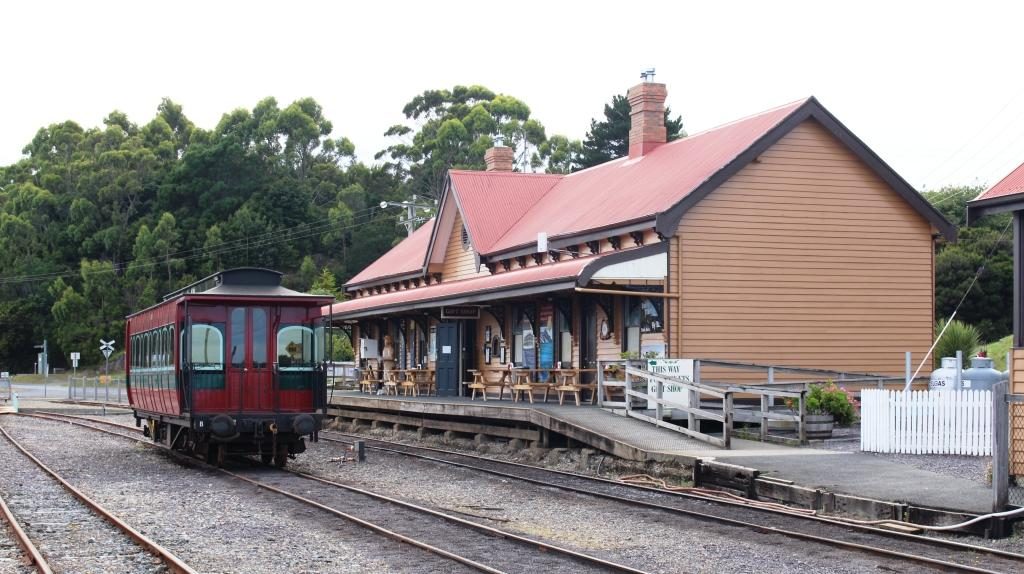
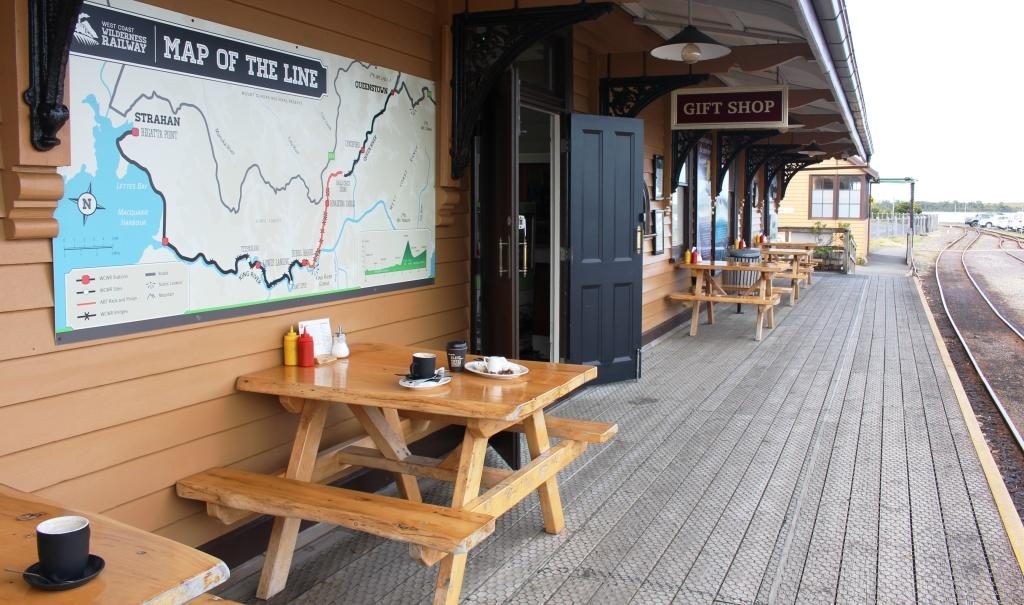
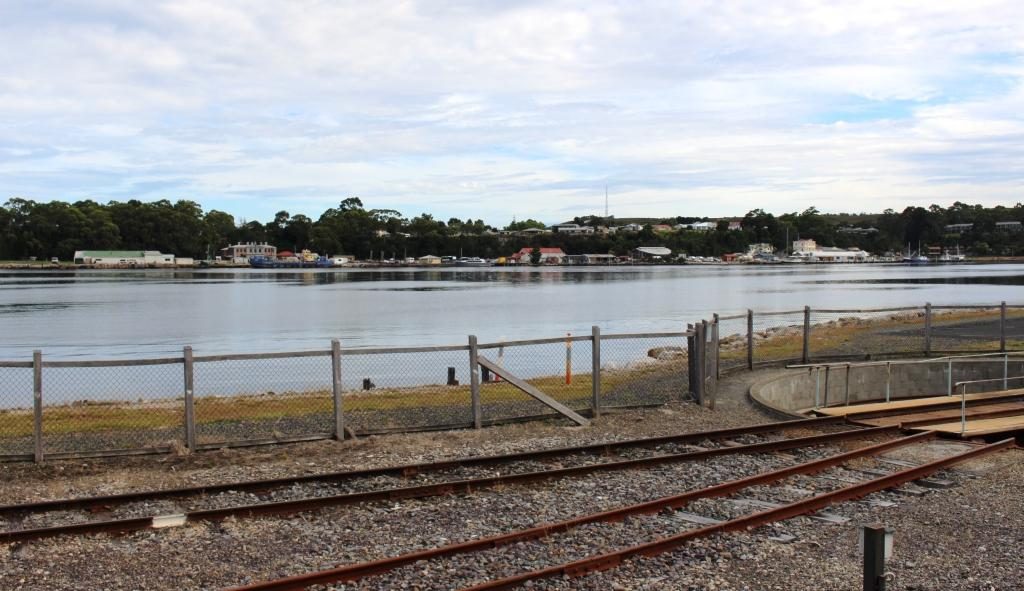
The station building in Strahan is the original, built in the late 1990s. It now contains a cafe and gift shop and normal tourist facilities. We were a bit early for coffee, but the view from the tables on the old platform is such that you would not want to finish your coffee too quickly.
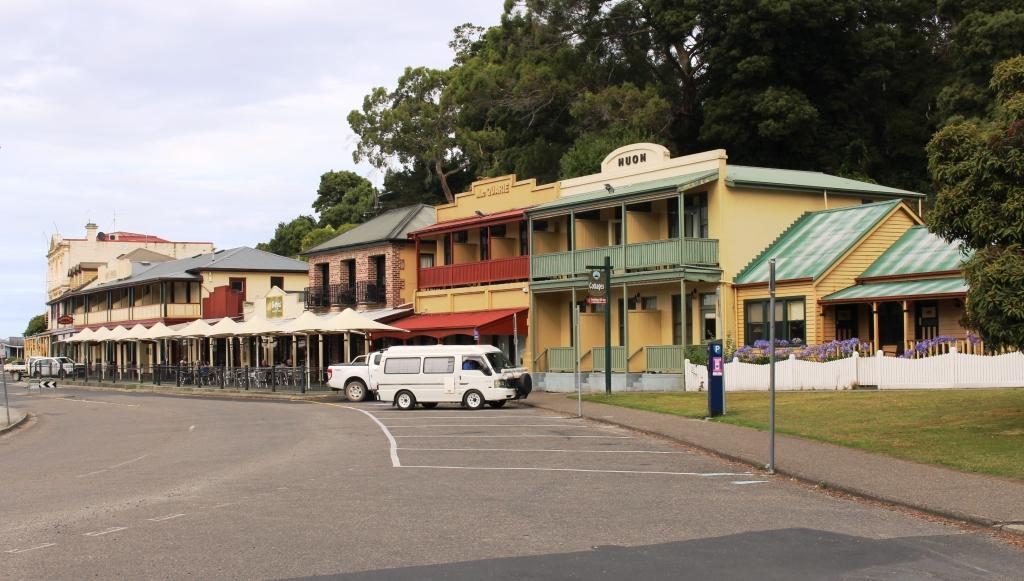
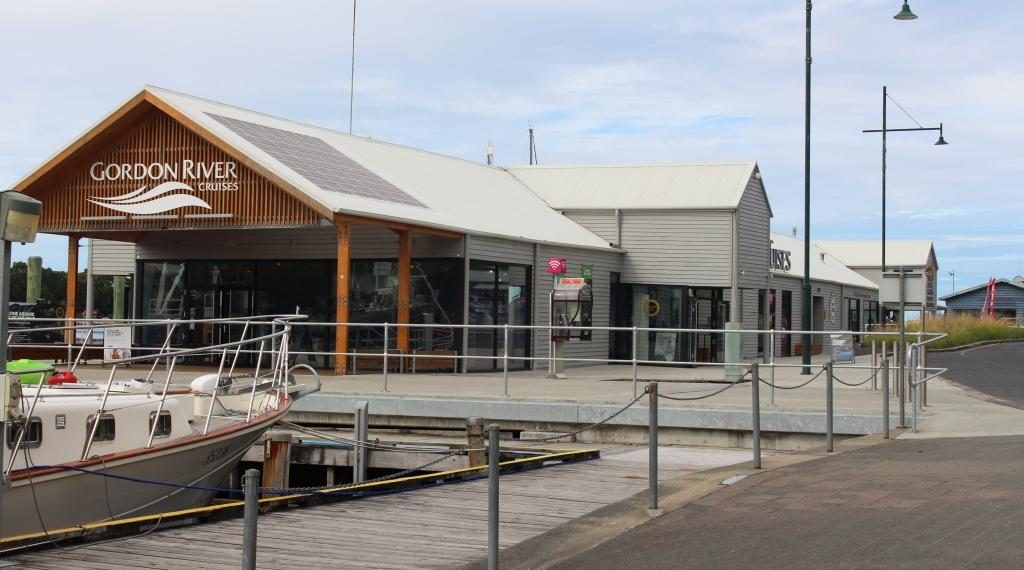
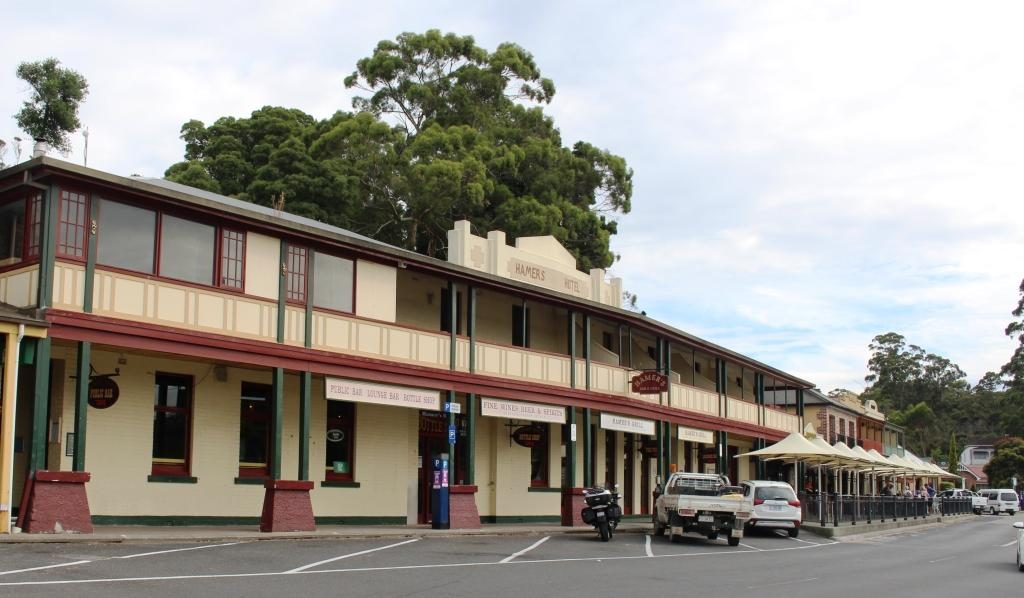
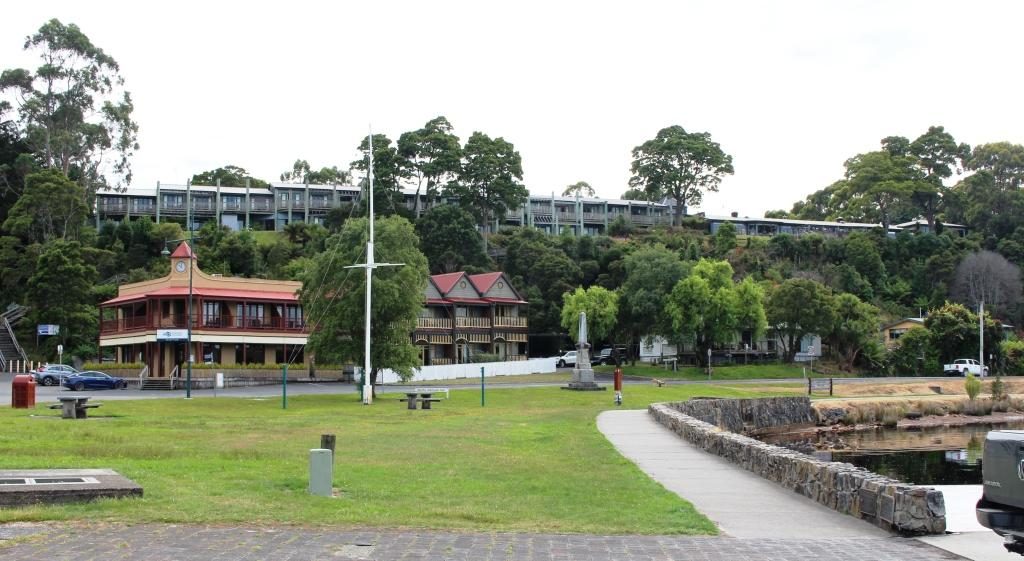
Queenstown occupies one of the most dramatic sites that you can imagine. It is totally surrounded by rocky mountain ranges, much without vegetation. Some naturally lack vegetation, but hills were denuded in a clearing frenzy to feed the copper smelters in the early days of mine operation. It is a town where I would prefer not to be on a hot day.
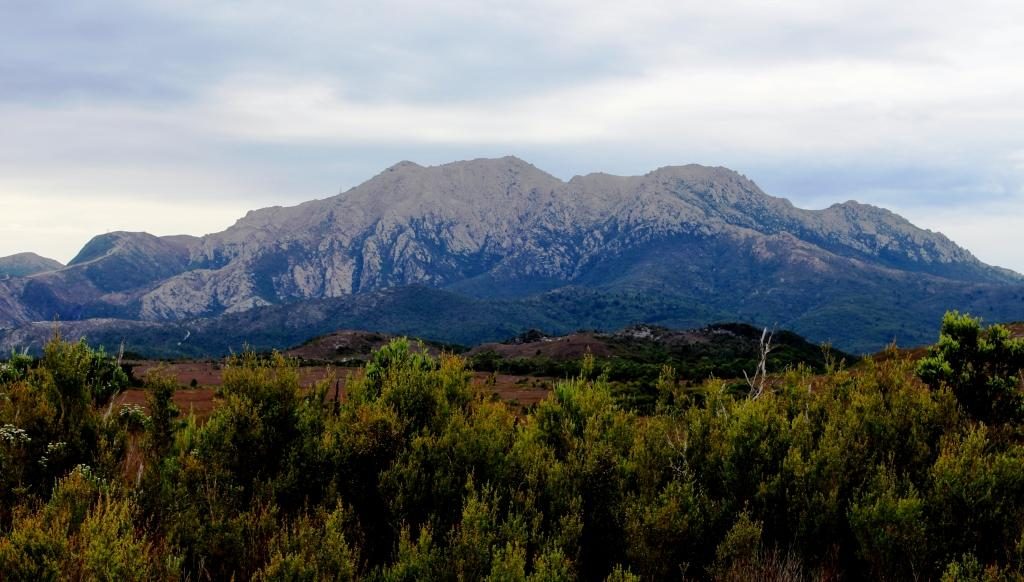
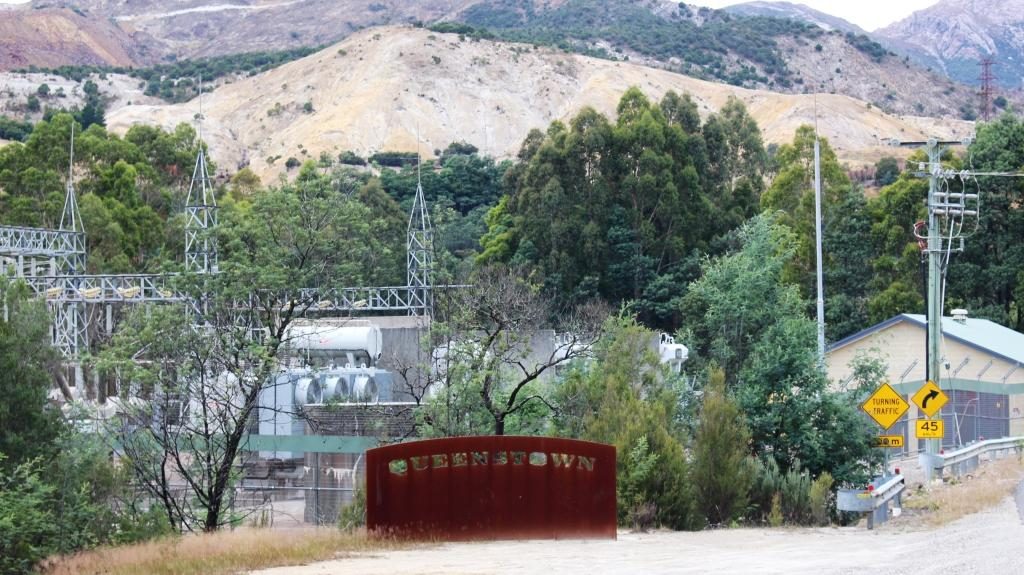
We drove around to get a feel for the place and then walked around the main streets of the commercial area. We then located the nearest street access to the Spoin Kopf lookout which is conveniently located near the CBD, almost in the centre of town. I climbed the steep track to the summit and I am glad that I did. The view was spectacular. The lookout was built as a memorial to its namesake, a battle for a hill during the Boer War in South Africa.

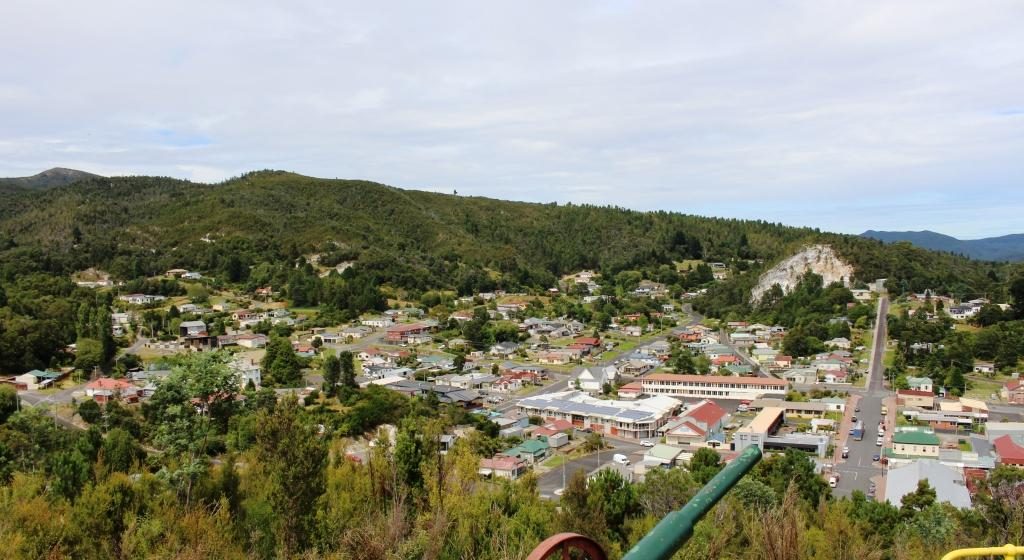
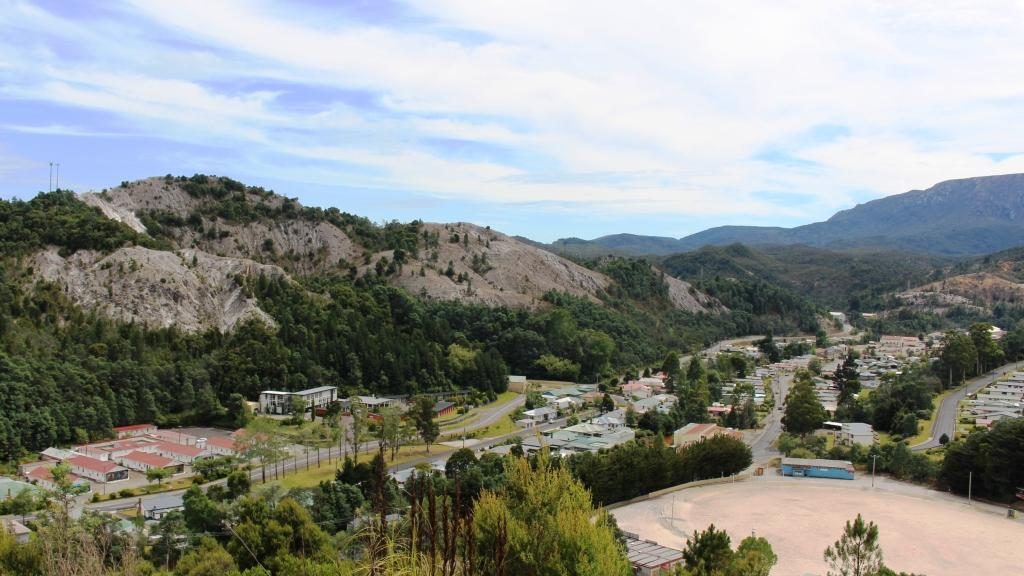
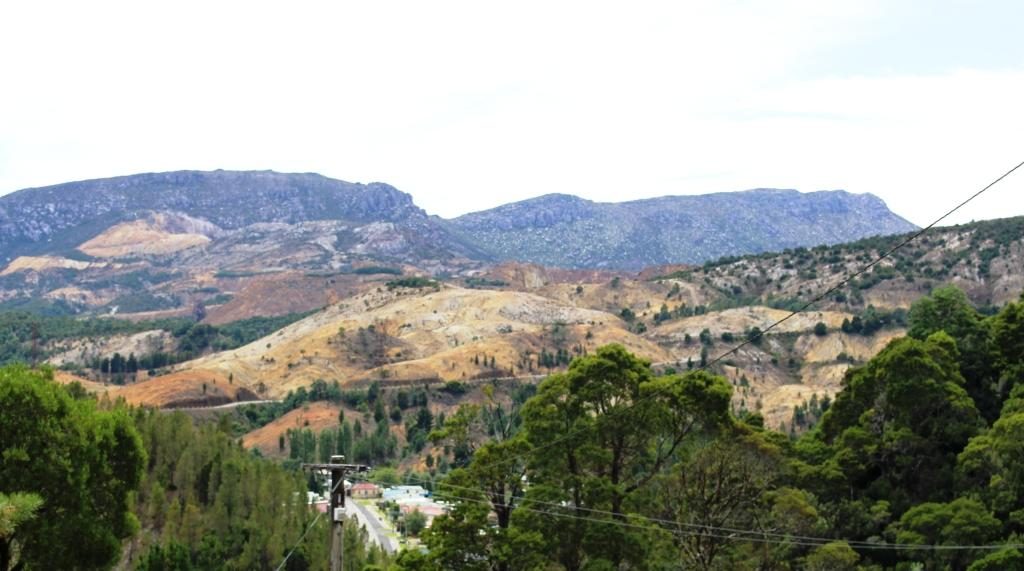
Queenstown’s history has long been tied to the mining industry. This mountainous area was first explored in 1862. Later alluvial gold was discovered at Mount Lyell, prompting the formation of the Mount Lyell Mining Company in 1881. In 1882 the company began searching for and discovered copper. The Mount Lyell company ultimately became the Mount Lyell Mining and Railway Company.
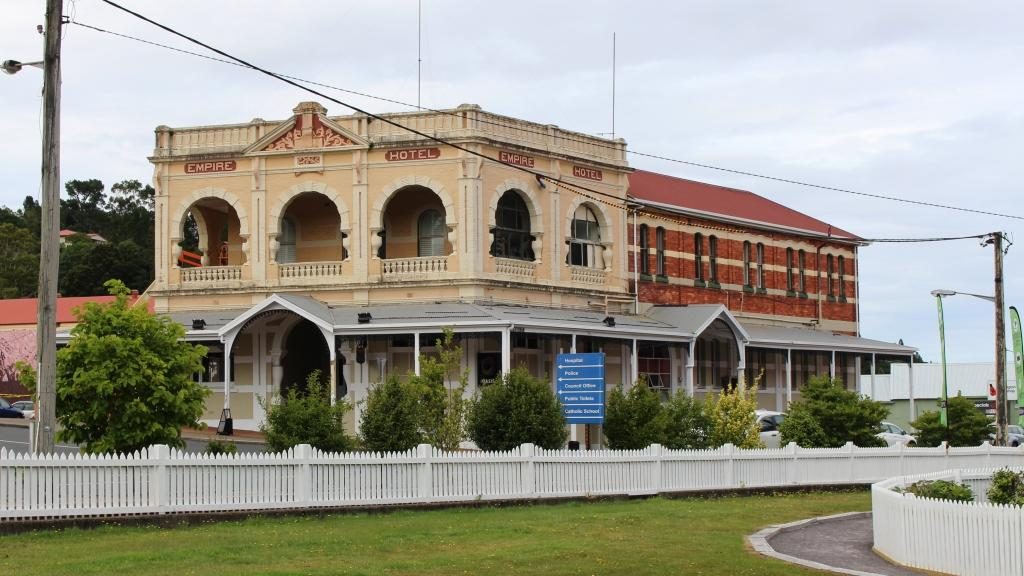
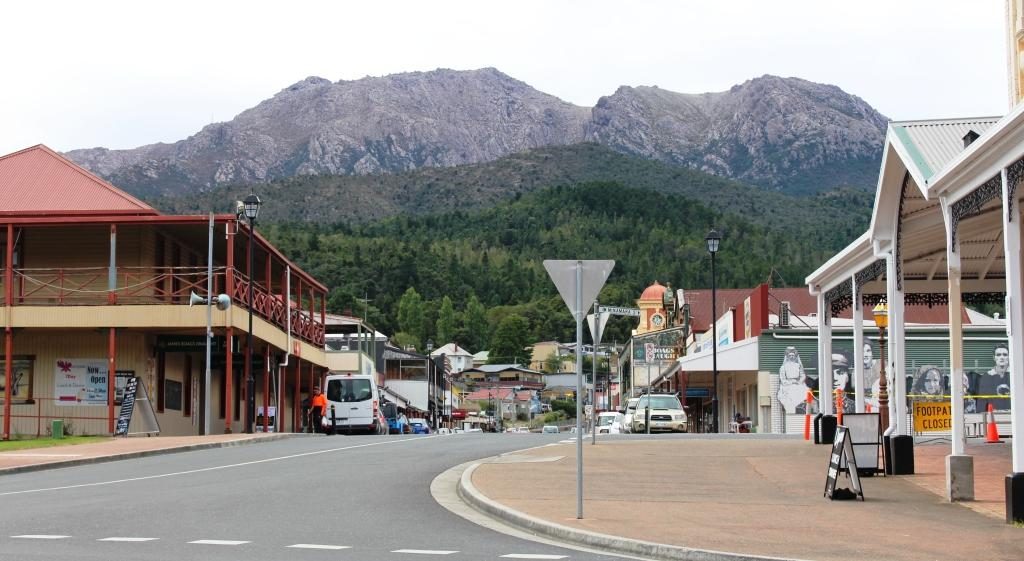
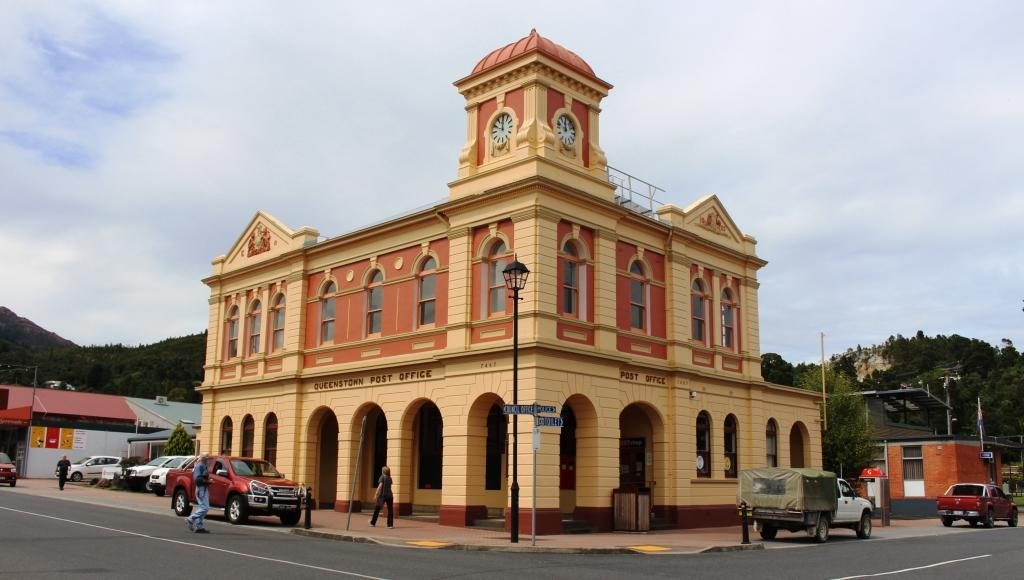
The Queenstown end of the railway has a smartly rebuilt station that offers the same facilities as its counterpart at Strahan, but on a larger scale. We had lunch in the cafe and then waited a few minutes to watch the train come huffing in from its return trip to a point about half way to Strahan. There was a good number of people on board who seemed to have enjoyed the experience.
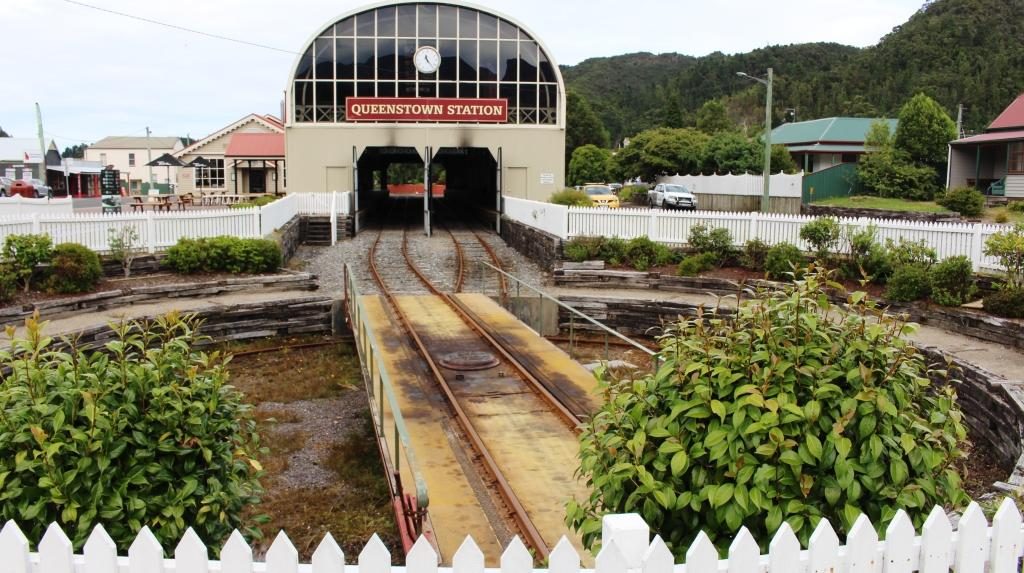
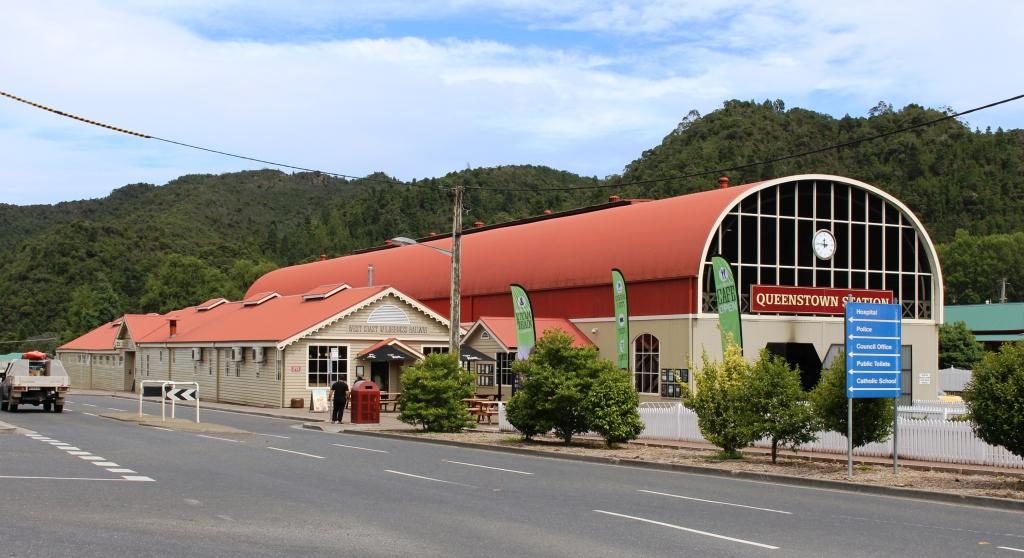
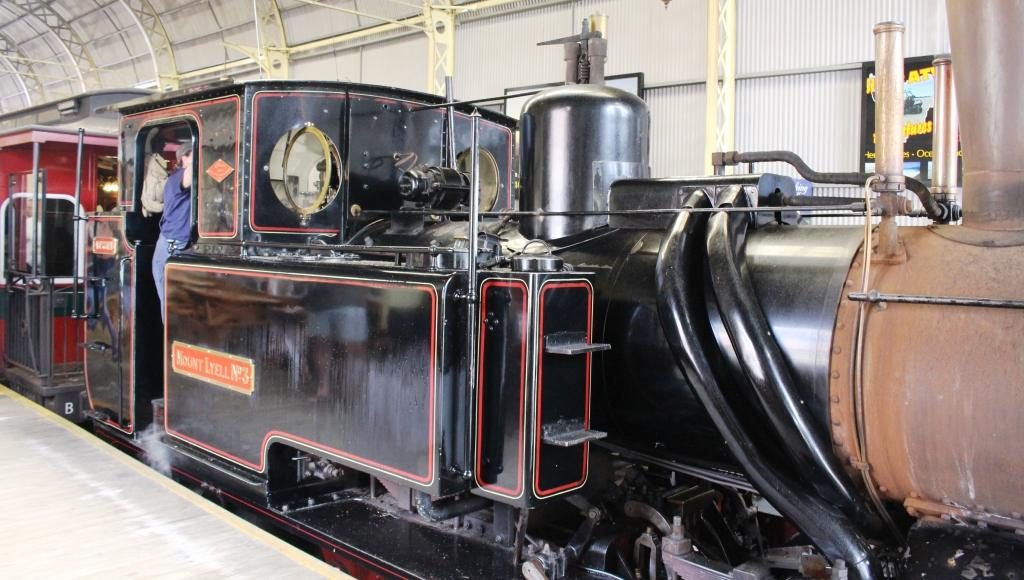
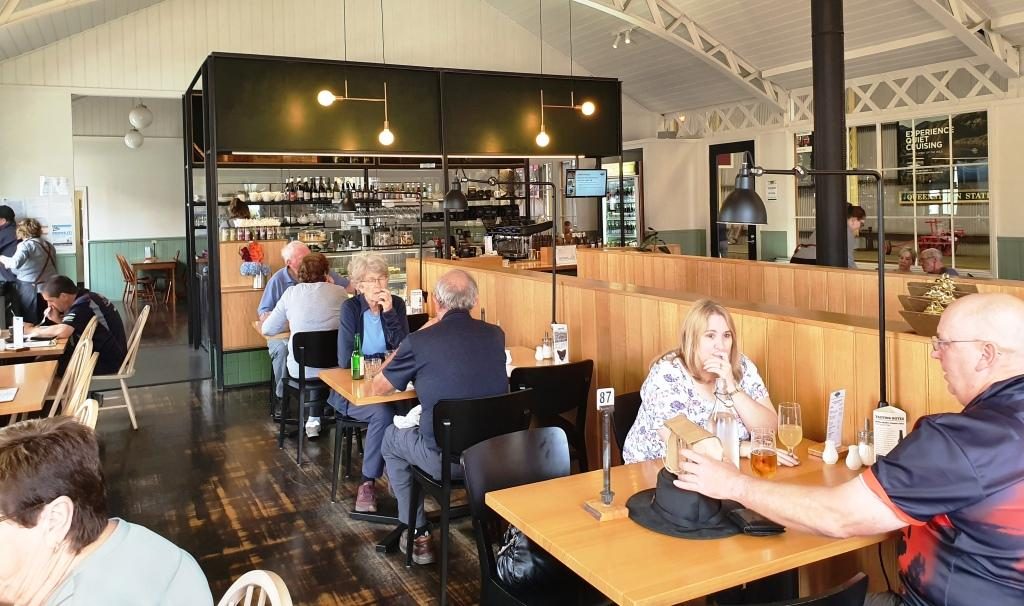
We then drove the 35 km or so to Zeehan, another mining town, but this time a producer of silver and zinc. I am not sure of the status of mining in Zeehan but the town appears to be partly closed down. But it had its days of grandeur, demonstrated by the fine buildings that line its main street. The West Coast Heritage Centre is in Zeehan, housed in the ornate School of Mining and Metallurgy building.
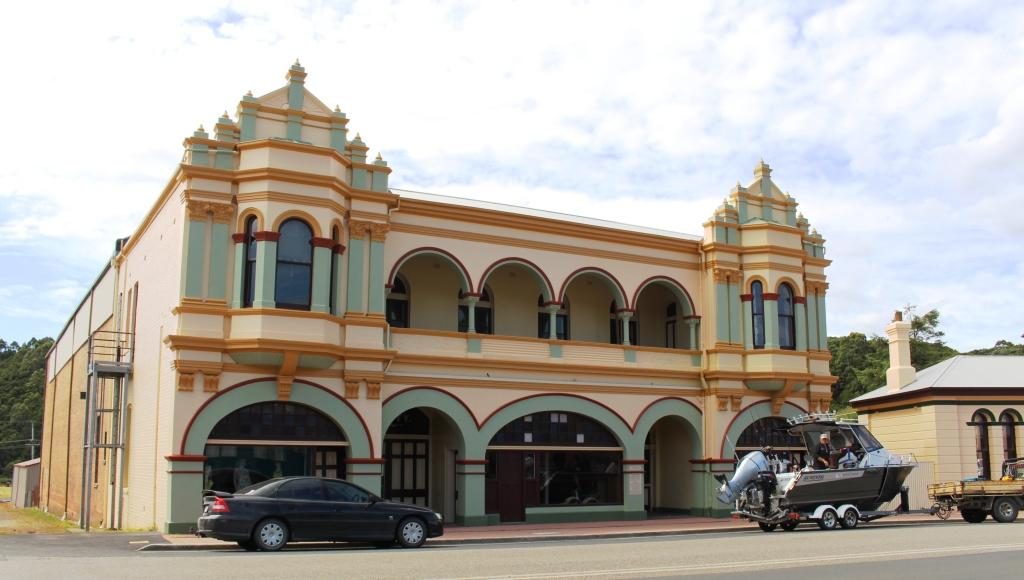
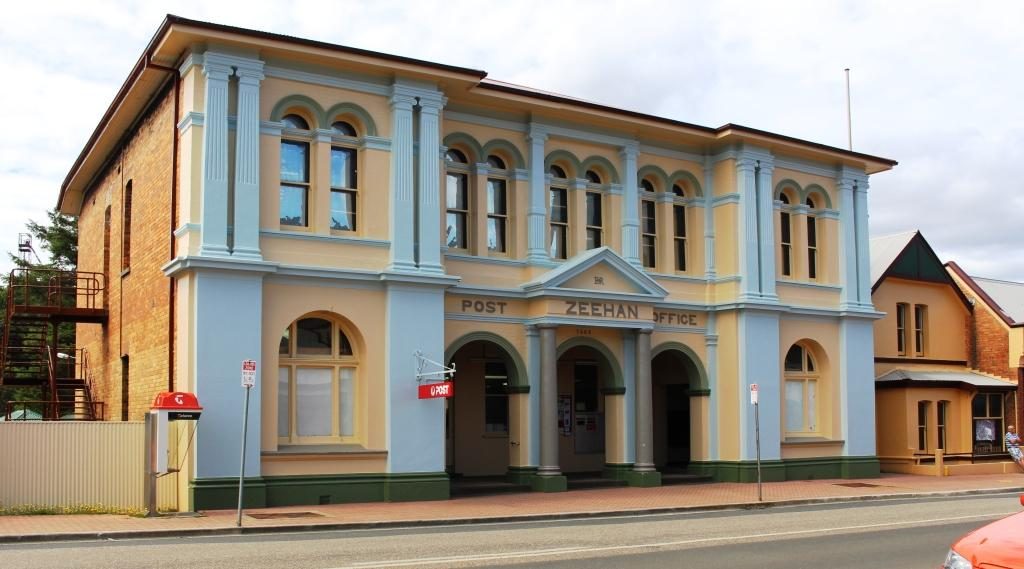
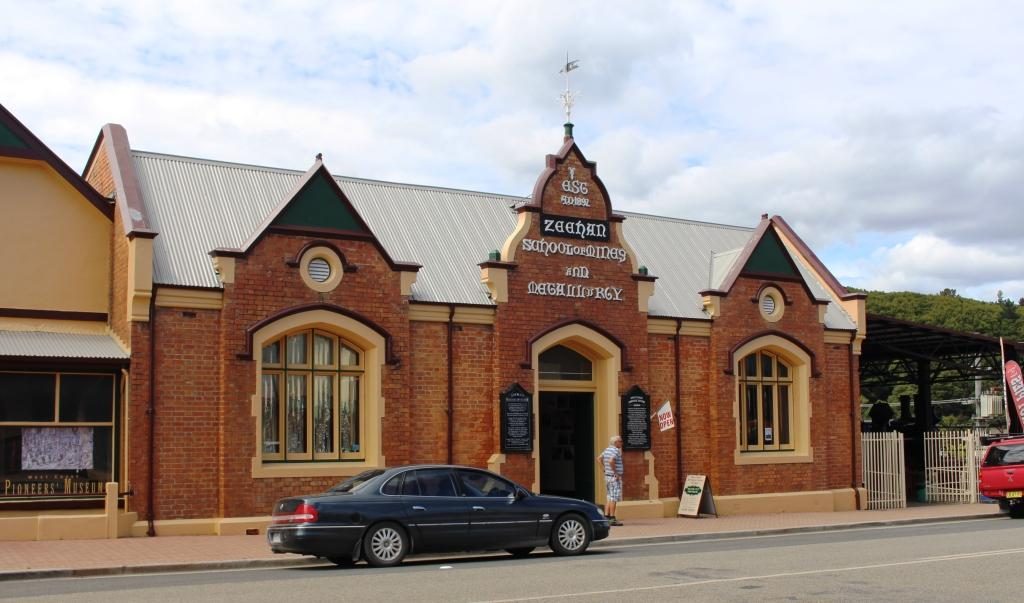
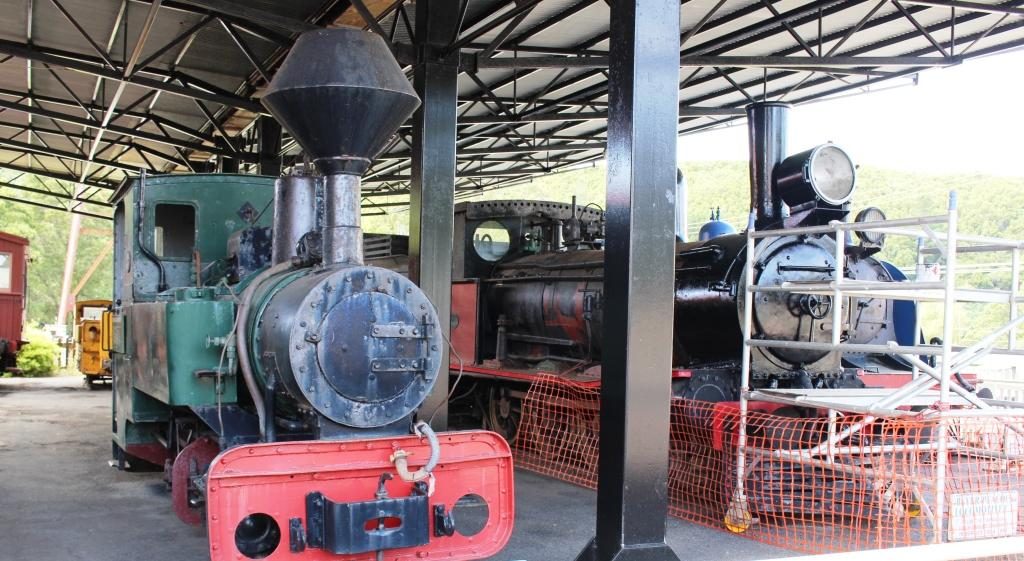
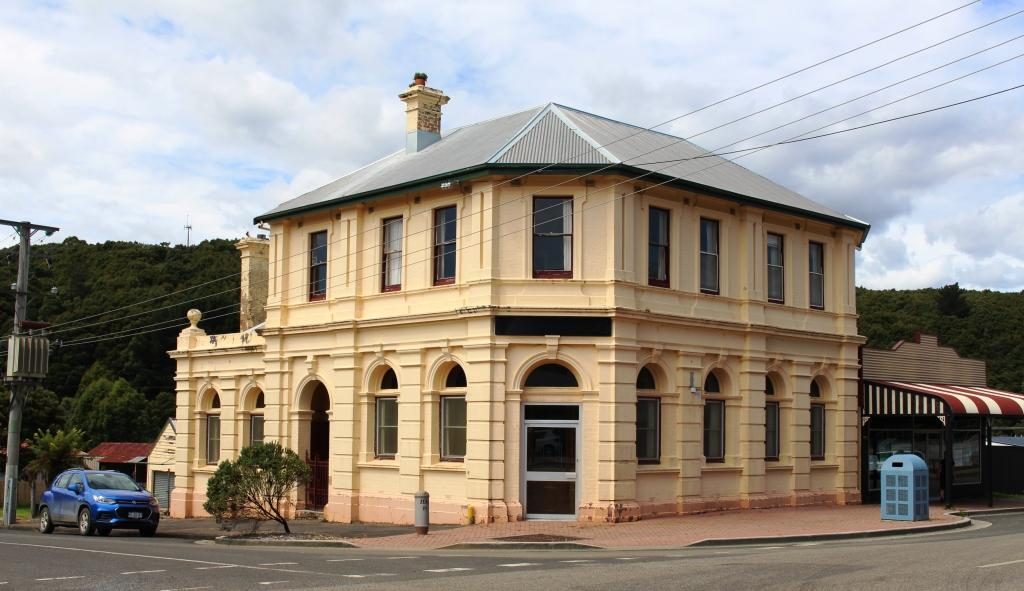
Returning to Strahan, we were on the same road as we had travelled two days before. We had noticed mining residue beside the road but we now had time to stop and take a look. Some old pieces of equipment were strewn over the area but it was not clear what kind of mining activity had been conducted there.
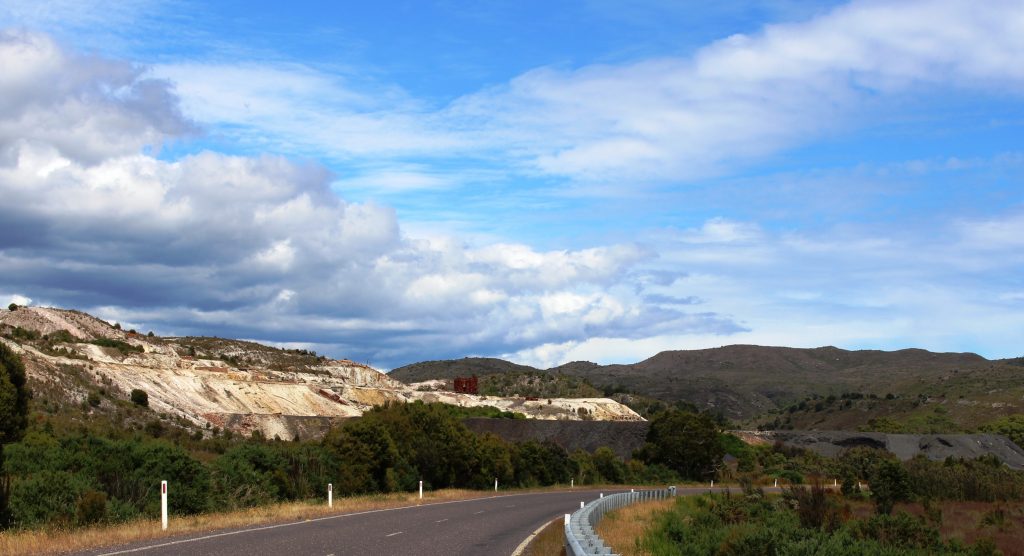
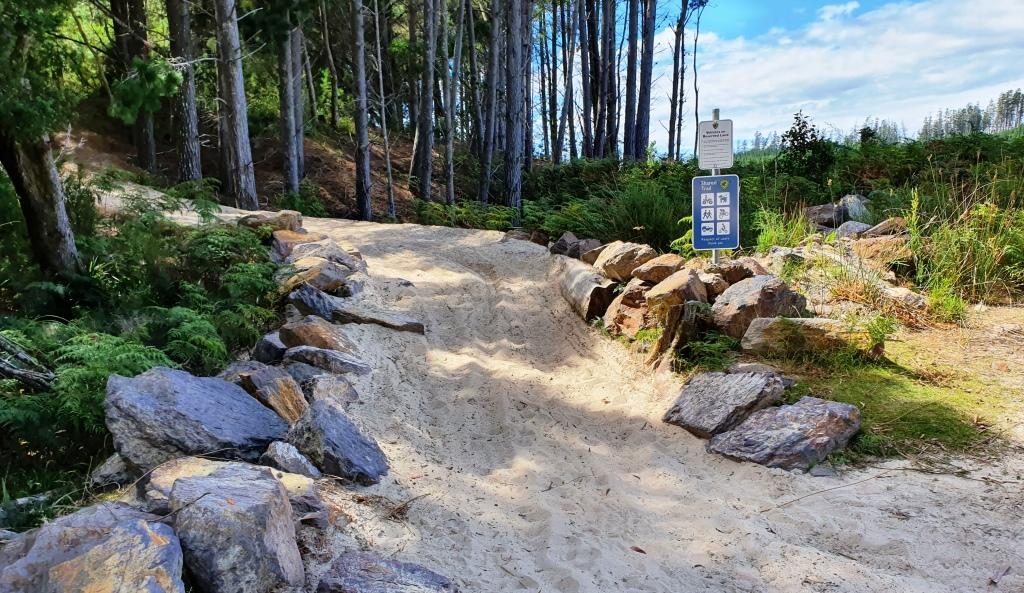
With time left in the day, before we returned to our cabin, we took the opportunity to drive out to Macquarie Heads, to see it from the land as well as having seen it from the boat. It is Strahan’s closest surf beech with a reasonable drive over sealed and dirt roads. There is also a caravan park and on the way out, a neat little picnic area with a boat launching ramp.
